

BOP SWINGS TO DEFICIT OF $5.59B IN JAN-JUNE
By Cai U. Ordinario
THE country’s balance of payments (BOP) swung to a deficit in the first six months of 2025, according to the latest data released by the Bangko Sentral ng Pilipinas (BSP).
The data showed the BOP reversed to a deficit of $5.59 billion in January to June 2025 from the surplus of $1.44 billion in January to June 2024.
“[The] preliminary data indicate that the year-to-date BOP deficit was largely due to the continued trade in goods deficit,” BSP said in a statement.
The Central Bank noted that the Philippine Statistics Authority’s (PSA) International Merchandise Trade Statistics (IMTS) disclosed that the trade deficit for JanuaryMay 2025 settled at $19.7 billion, down from the $20.7-billion deficit posted in January-May 2024.
“This decline was partly offset, however, by the sustained net inflows from personal remittances from overseas Filipinos, foreign borrowings by the NG, and foreign portfolio investments,” BSP added. Rizal Commercial Banking Corporation Chief Economist Michael L. Ricafort said the recent geopolitical risks in the Middle East and the Israel-Iran war since June 13, 2025, could weigh down the country’s BOP data in the coming months.
Ricafort explained that these risks have already increased global crude oil prices to a three-month high and depreciated the peso to the P57 level.
However, compared to the $5.82 billion recorded in the period ending in May 2025, the BOP deficit narrowed. BSP said this was



due to the surplus recorded in the month of June 2025.
The data showed the BOP registered a surplus of $226 million in June 2025, marking a reversal from the $155-billion deficit recorded in June 2024.
“The BOP surplus reflected the foreign currency deposits by the national government (NG) with the BSP and income from BSP investments,” the BSP said.
GIR rises
MEANWHILE , the BOP position mirrored the increase in the gross international reserves (GIR), which rose to $106 billion by end-June 2025 from $105.2 billion as of endMay 2025.
The BSP said the latest GIR level provided a robust external liquidity buffer, equivalent to 7.2 months’ worth of imports of goods and payments of services and primary income.
The latest GIR level ensures availability of foreign exchange to meet balance of payments financing needs, such as for payment of imports and debt service, in extreme conditions when there are no export earnings or foreign loans.
“Further/sustained growth in the country’s structural US dollar inflows would lead to better data for BOP, which is the country’s US dollar/foreign currency cash flow statement (inflows minus outflows) with the rest of the world, also providing support for the GIR data,” Ricafort said.
Moreover, it covers about 3.4 times the country’s short-term external debt based on residual maturity.
BSP said short-term debt based on residual maturity refers to outstanding external debt with original maturity of one year or less, plus principal payments on medium- and long-term loans of the public and private sectors falling due within the next 12 months.
The country’s GIR is made up of foreign-denominated securities, foreign exchange, and other assets including gold.
It helps a country finance its imports and foreign debt obligations, stabilize its currency, and provide a buffer against external economic shocks.
As tariff sword hangs, PBBM to seek good deal with Trump
By Samuel P. Medenilla
RESIDENT Ferdinand Mar-
Pcos will push for a “mutually beneficial” agreement on reciprocal tariffs as well as stronger investment and security cooperation during his meeting with US President Donald Trump next week. Marcos will be on an official visit to Washington, D.C., from July 20 to 22, 2025, as the first Association of Southeast Asian Nations (Asean) leader who will personally meet with Trump.
Department of Foreign Affairs (DFA) Assistant Secretary Raquel R. Solano attributed the honor given by Trump to Marcos to the longstanding iron-clad treaty between the Philippines and the US.
“So, I would think that the invitation for the President to visit is an affirmation of the regard that the United States has for the Philippines,” Solano said in a press briefing in Malacañang on Friday. Mutually beneficial
COMPARED to his four previous visits in the US since 2022, Marcos’s trip to the US next week will be brief and on a tight schedule;

and the first since Trump took office this year.
Palace Press Officer Claire Castro said First Lady Louise “Liza” A. Marcos will not join Marcos in the US trip since she will go to Riyadh, Kingdom of Saudi Arabia, next week to meet with overseas Filipino workers (OFWs).
“The trip originally proposed and scheduled on the first week of
July will highlight the steadfast commitment of the Marcos administration to the welfare of OFWs and their families. She will be back on July 21st,” Castro told Palace reporters in a briefing on Friday. Solano said the meeting between Marcos and Trump will focus on closer cooperation in economic, defense and security matters, including the looming increase of the
“reciprocal” tariff rates imposed by the US on Philippine goods from 10 percent to 20 percent next month.
Citing the position of the Department of Trade and Industry (DTI), Solano said the country will try to significantly reduce the said tariff rate so Philippines goods will continue to be affordable in the US market.
“We hope, of course, to arrive at a bilateral trade agreement or a deal on reciprocal trade that is mutually acceptable, mutually beneficial for both our countries,” the DFA official said.
Special Assistant to the President for Investment and Economic Affairs Frederick D. Go and other trade officials are currently in the US for tariff negotiations.
Security matters
ON security matters, Marcos and Trump will talk about the security situation in the West Philippine Sea, where Chinese ships continue to have a growing presence, as well as US support for enhancing the capabilities of the Armed Forces of the Philippines (AFP) and the Philippine Coast Guard (PCG).
Also part of the discussions is
on A2


SURVIVING IN SCARBOROUGH
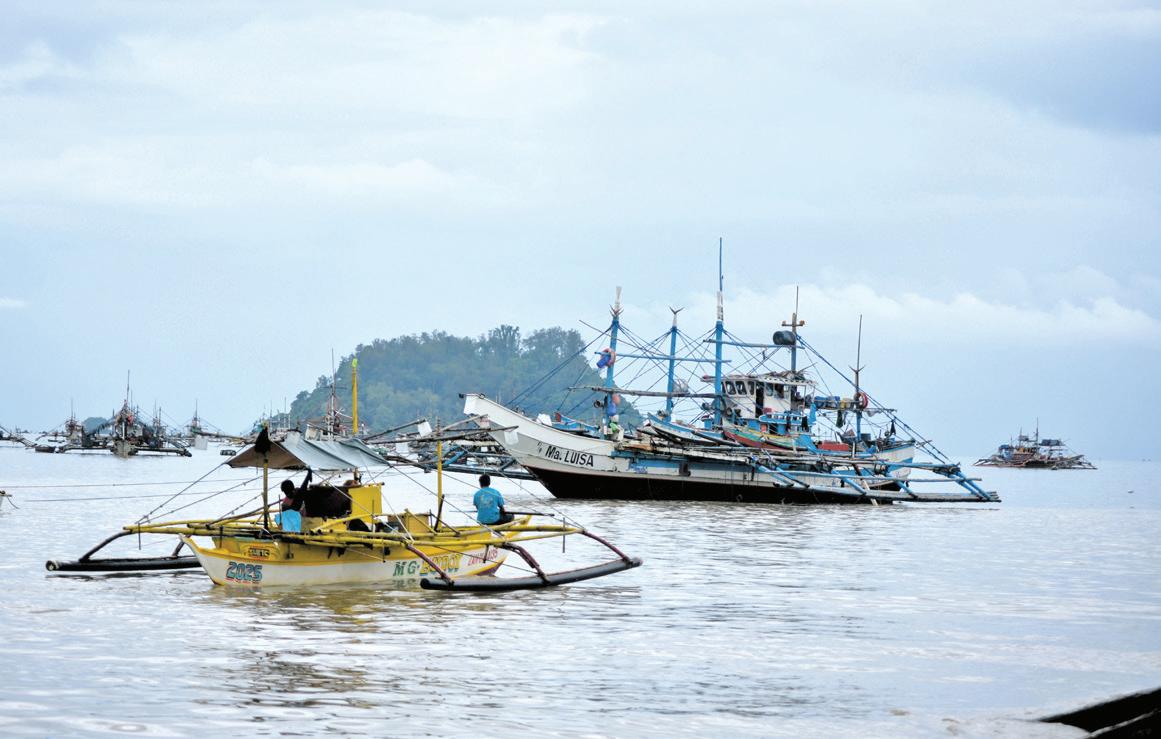
By Henry Empeño
ASINLOC, Zambales—Up the street leading to this town’s municipal fish port is a virtual junkyard of derelicts. There, more than a dozen fishing boats lay idle by the seashore: hulls on unfamiliar ground, rudders rusting, bamboo decks rotting, outriggers crusted with barnacles, tattered tarps limp in the wind.
“That’s the last one that tried going to the Scarborough Shoal, when it was rented by some journalists,” said Shiela Forones, pointing to FBCA La Salvia, the biggest of the lot. “But it came back soon, chased by the Chinese.” La Salvia’s FBCA designation meant it is a fishing boat with commercial authorization from the Bureau of Fisheries and Aquatic Resources (BFAR). But according to Forones, it has not been going out to sea for some time now.
“The last fishing trip it made was in 2022,” Forones recalled. The boat captain, Viany Mula, who is her uncle, has now returned to Pangasinan where he operates a smaller boat fishing in municipal waters, she said.
Shiela’s father, Efren, also captained a vessel similar to La Salvia and fished in the vicinity of the Scarborough way back in the early 2000s. But today, the former deep-sea boat skipper goes out with a smaller fiberglass boat from BFAR—catching smaller fishes while eking marginal living from a sea that used to provide plenty.



Expensive trips, less catch SCARBOROUGH Shoal, or Bajo de Masinloc
miles off Zambales. A traditional fishing ground for local fishermen for decades, that was where locals used to harvest tons and tons of reef and oceanic fishes.
“Life was good then, and we made enough,” Forones fondly remembered. That time, her father received a regular pay of P5,000 per trip as boat captain, whether fishing was good or not. And this he supplemented with extra income from the fish he personally caught at sea during fishing trips.
This is not true anymore, lamented Leonardo Cuaresma, president of the New Masinloc Fishermen’s Association, which counts among them fisherfolk who rely on deep-sea payao fishing for a living.
“We can no longer access Bajo de Masinloc, that is the sad reality,” Cuaresma said. Because of this, locals, even commercial fishers, have been skipping the shoal, sometimes going farther out beyond in the hope of breaking even. But the result, he said, is more and more expensive fishing trips that often yielded less and less fish catch.
Meanwhile, those who opted to make do with fishing in municipal waters found out soon that it was only good enough for marginal income.
Forones said her father now usually nets P3,000 from three days’ worth of fishing and considers himself lucky enough to earn P8,000 a week if the catch was good.
Chinese chokehold
THE problem all began in 2013 when Chinese militia vessels put up a barrier at the mouth of Scarborough and began patrolling the area, shooing Filipino fishermen away, said Cuaresma. This was after the infamous Scarborough standoff in April 2012 when the Philippine Navy tried to arrest eight Chinese fishing vessels found to be poaching at the shoal.

GOV. Hermogenes Ebdane Jr.
SURVIVING IN SCARBOROUGH
Reportedly under mutual terms, the Philippines retreated from the standoff, but the Chinese did not. Since then, local fishers had come to understand that Scarborough has become a foreign territory in the middle of the West Philippine Sea.
According to Cuaresma, there were some instances when Chinese militia boats water-cannoned Filipino fishers near Scarborough, as what happened to fishermen from Santa Cruz, Zambales, in 2014.
The problem, he added, persisted even into 2016, when the Philippines gained a favorable ruling from the Permanent Court of Arbitration (PCA) in The Hague, which invalidated China’s ninedash claim over the whole South China Sea.
“When the ruling came out, we literally jumped for joy, especially when [then President] Duterte said Filipinos can now peaceably co-exist with Chinese fishermen at Bajo de Masinloc. But it turned out to be a lie,” Cuaresma rued, pointing out that Duterte later dismissed the ruling as “just a piece of paper” that he can throw away.
Cuaresma recalled that from time to time, some local fishermen managed to sneak in using light boats, while the bigger “mother” boats stood by outside the lagoon, waiting to load the catch. “But it was like having to steal from your own property,” Cuaresma lamented. “We resented that, of course.”
The biggest blow to Zambales
fishermen came in June last year, when China imposed a “no trespassing” policy on what it claimed was its “sovereign waters.”
Chinese militia boats enforced a 40-nautical mile perimeter around the Scarborough right after that. This virtually choked out the livelihood out of Zambales fishermen, said Cuaresma.
In Santa Cruz town last October, Nolly delos Santos told BusinessMirror that they, too, didn’t dare to fish near Scarborough anymore. “Every time we see a Chinese Coast Guard vessel, we get scared already,” he said.
Instead, they now try their luck in the waters off Pangasinan, north of the Zambales, where they stay just within 60 to 70 nautical miles of the coastline.
Lost ‘Lantangeros’ BEING denied access to the shallows of Scarborough also adversely affected the safety of Zambales fishermen at sea. “Buwis-buhay [highly perilous]” is how fishermen described their means of making a living nowadays.
Oldtimers in the fishing industry here recalled that the shoal was their haven in time of storms, as it offered protection from buffeting waves. Now, as they ventured far out in the sea for better catch, their safety is often compromised.
This was what happened in October 2023 when a fishing boat from Zambales was rammed by a foreign vessel while moored 85 nautical miles northwest of Scarborough. Three of the fishermen
onboard, the captain included, were killed.
Investigation by the Philippine Coast Guard (PCG) revealed that the culprit was a Marshall Islandsflagged oil tanker. The PCG theorized that the fishermen were asleep when the incident happened.
In July last year, a local fisherman also went missing just off Sampaloc Point in Subic, Zambales, when an unidentified vessel hit and sunk their fishing boat that was anchored by their payao, or fish aggregating device.
One of the two fishermen, Robert Mondoñedo, survived by clinging onto the payao for three days until help came. His brother Jose was never found.
Ernesto Educalan, who has fished in the waters off Subic, Zambales, for 40 years, said there have been several reports of fishermen missing especially when there’s a storm.
“We have accepted it as part of the hazards we face every day,” Educalan philosophized. “Some are really stubborn enough to go out despite inclement weather, and they do get lost. Most of the time though, they just get stranded someplace and turn up after a day or two.”
Four of Educalan’s fellow fishermen in Subic, however, were not as lucky, when they went missing on November 27 last year near the Scarborough Shoal after a week of fishing.
As retold by Cuaresma, the four fishermen—identified in reports as brothers Richard and Rey-


Recalde, Daniel
and Anthony Tadeo—left their mother boat FB Reincris to fish somewhere else aboard four motorized light boats.
“Nag-lantang sila,” Cuaresma explained, using a Visayan term for when fishers extend their stay at sea to collect more fish. He said the story was that one of the fishers even left behind his watch attached to a payao where they previously anchored, denoting an intention to return.
But they never did. Last Tuesday, July 15, P02 Christian dela Cruz, head of the Coast Guard Substation in Subic, confirmed that the lost “ lantangeros ” are still missing. “We have not yet received any report that they have been found,” he said.
Alternatives
IN May last year, members of the House of Representatives’ Committee on National Defense and Security and the Special Committee on the West Philippine Sea listened to the stories of Zambales fishermen, as they sought to examine the impact of Chinese incursions into the Scarborough Shoal.
Fishermen who attended the dialogue complained of poor catch due to bullying by Chinese militia boats, as well as stiff competition from legitimate fishermen from Vietnam, Taiwan, and Malaysia.
Nolly delos Santos, the fisherman from Santa Cruz who was among those present in the dialogue, aptly summed up the sentiment of the assembled fisherfolk when he lamented the lack of government support for small fishermen.
“Do you need us only during election time?” he challenged? “We don’t need your ayuda [cash doleouts]; what we need is to be able to go out to the sea and fish,” he added.
Members of the House committees agreed. Then Congressman Dan S. Fernandez of the lone
district of Santa Rosa, Laguna, observed that the problem of limited access to Scarborough is exacerbated by the use of outdated fishing gears and technology.
“We have to evolve,” he said. “If our fishermen would continue to use small traditional boats, they would really be in a dangerous situation.”
At this point, Governor Hermogenes Ebdane Jr. stepped up and pointed out that while the WPS situation has socioeconomic, political, and security implications, the welfare of local fishermen should be a primary concern.
He said Zambales fishermen would need bigger boats and modern fishing gears so they can compete with well-equipped foreign fishers that venture into the West Philippine Sea.
Ebdane explained that while access to Bajo de Masinloc is currently a “huge problem” to the government, the state of local fishing industry is also a major concern. “If our fishermen remain doing marginal fishing, then they become another problem to local governments because we have to dole out food or cash assistance every time they cannot go out to fish,” he said.
He also pointed out that while the Philippines has won in the arbitration case over the Scarborough Shoal, the ruling has not been acknowledged by China. “So, there has to be an alternative to this problem in Bajo de Masinloc,” Ebdane concluded.
A fighting chance
FAST forward a year later and Ebdane has already announced the procurement by the provincial government of a steel-hulled, 96-feetlong harvester vessel and three reinforced fiberglass ancillary boats—two light boats and one service boat, as well as training of local fisherfolk on automated vessel operation. The vessels are expected to be
delivered this year by Stoneworks Specialist International Corp. in General Trias, Cavite, reputedly the biggest fiberglass boat maker in the country, which also builds tugboats, barges, and other customized vessels.
The vessel procurement is part of a livelihood assistance program initiated by the Zambales Maritime Development Council (ZMDC) that was formed by the provincial government last year to address fishermen’s concerns at the WPS and promote sustainable fish production.
Last year, the provincial government through the ZMDC distributed P5-million worth of payao, or fish aggregating devices, to 26 fisherfolk groups affiliated with the ZPFA. Another P5.6 million worth of payaos will be given away this year under the ZMDC livelihood program, Ebdane said. Cuaresma, who had since been elected as vice chairman of the ZPFA, said the vessel procurement was at the behest of local fisherfolk who wanted to gain a competitive edge in fishing.
“We initially proposed two wooden-hulled ‘mother boats’ that can be manufactured locally, so that more from the federation would benefit. But government procurement required a reputable builder, so we had to settle for a steel-hulled harvester from Cavite,” he said.
While awaiting the new fishing vessels, members of the Zambales Provincial Fishery Association (ZPFA), a federation of fisherfolk groups across the province, will undergo training under the tutelage of the Philippine Merchant Marine Academy (PMMA) in San Narciso town, Ebdane said.
The governor stressed that training is as important as procuring new vessels, as local fishermen would have to learn new technology and develop new skills to be competitive. “They need to adapt in order to survive and thrive,” he said. At least two fishermen’s clusters have already completed training under the PMMA and more fishers’ groups are expected to follow suit, he added.
Cuaresma said Zambales fisherfolk see the vessel acquisition, as well as the technology training, as the single biggest good news amid continued Chinese bullying at the Scarborough Shoal, as it would mean greater productivity and better safety at sea.
He said that with the new harvester vessel, federation members won’t have to pay commercial fishing operators during payao harvests, thus cutting costs while increasing their catch.
As tariff sword hangs...
Continued from A1
the possible deployment of more US military assets in the country.
“We have a standing agreement with the United States regarding the conduct of the Balikatan exercises.
So, it’s not totally surprising also if there’s going to be discussions on the possible deployment and em-
ployment of military assets to the region,” Solano said. Both state leaders are also expected to talk about “regional and international issues of common concern and how to further strengthen people-to-people ties.”
Other meetings
MARCOS will also invite Trump to

attend the East-Asia Summit next year as the Philippines hosts the 2026 Asean Summits.
“Coincidentally, our two countries will mark 80 years of our diplomatic relations and 75 years of the alliance next year and it will be an auspicious time for President Trump to come to Manila,” Solano said.
Aside from his meeting with Trump, Marcos will have a separate meeting with US State Secretary Marco Rubio and Defense Secretary Pete Hegseth, as well as with several US businesses, which are in the process of investing in the Philippines.
“Right now, we cannot disclose the names of these companies. But be assured that they are in line with the priorities of the Philippine government with respect to the promotion of our development objectives,” Solano said.
Because of the short duration of the visit, Marcos will not be meeting the Filipino community in the US next week.
mond
Sabido,
CHINESE coast guard personnel aboard rubber boats pass by a Filipino fishing boat near
Scarborough Shoal off the northwestern Philippines on January 12, 2024. JOELY SALIGAN VIA AP

PRC on alert for Crising; parts of Negros already flooded
THE Philippine Red Cross (PRC) gave assurances that they are on full alert as typhoon Crising is expected to make landfall Friday night (July 18).
In anticipation of the possible effects of Crising, the PRC said that they are ensuring that relief and response efforts will be delivered to every Filipino across the nation.
According to PAGASA’s 11 a.m. weather update, Crising will continue to intensify until it reaches the Severe Tropical Storm category by Saturday morning or afternoon.
Although Crising intensified as it approaches Northern Luzon with Signal No. 2, some local government units (LGUs) in southern Negros Occidental were already submerged in floodwaters earlier due to the effects of the southwest monsoon or habagat.
Provincial Disaster Risk Reduction and Management Office (PDRRMO), said thousands of residents were affected by floods as it issued Red Warning to Negrenses.
“Associated Hazard: SERIOUS FLOODING is expected in low-lying areas and LANDSLIDES in mountainous areas,” it added in an advisory.
In Kabankalan City, Mayor Benjie Miranda is planning to declare a state of calamity due to the damage brought by the habagat.
Miranda said that the livelihood of the farmers has been affected by the bad weather since Wednesday.
Thirteen barangays were affected, with 1,381 families evacuated or 4, 141 individuals.
The Ilog-Hilabangan River in the city has overflowed, causing floods in several areas.
Meanwhile, the City Disaster Risk Reduction and Management Office (CDRRMO) of Himamaylan said that the severely affected areas in the city are barangays of To-oy, Suay, and Caradioan.
Mayor Rogelio Raymund I. Tongson, Jr., along with representatives from the Office of Civil Defense and local DRRM personnel, have conducted inspections in the floodaffected areas. Claudeth Mocon-Ciriaco
As Crising lashes country, Marcos leads relief repacking, inspects gear
By Samuel P. Medenilla & Bless Aubrey Ogerio
AS Tropical storm Crising devastated parts of the country, President Ferdinand Marcos Jr. on Friday led government efforts to repack relief goods for calamityaffected victims.
The chief executive postponed his scheduled inspection of the North-South Commuter RailwayBalagtas Station in Bulacan to visit the National Resource Operation Center (NROC) of the Department of Social Welfare and Development (DSWD) in Pasay City.
While at the NROC facility, Marcos inspected the sanitary kits including a water filtration device, to be distributed in stormhit areas, as well as the repacking machines.
“The good thing about the new machinery we are using is that it will make it faster and more efficient to pack relief goods so that we can give them to our evacuees, to the victims,” he told reporters in
Filipino when he visited the NROC. Based on DSWD’s report, he said the government is ready to provide for the needs of storm victims.
As of Friday afternoon, Palace Press Officer Claire Castro said DSWD has three million boxes of family food packs in its 934 storage hubs nationwide, 28,307 ready-toeat food packs and 334,794 nonfood items.
The agency also has P2.9 billion worth of stand-by funds, which can be used to assist those affected by Tropical Storm Crising.
“President Marcos Jr. also ordered the establishment of more disaster response centers to ensure the safety of his countrymen
affected by the severe weather,” Castro said in Filipino.
“The President is always ready to ensure that Filipinos affected by the typhoon are safe and have access to food,” she added.
The National Disaster Risk Reduction and Management Council (NDDRMC) reported 7,501 families or 23,918 individuals were affected by the landslides and floods caused by Tropical Storm Crising and the habagat (southwest monsoon) nationwide.
Shelter cluster gears up THE Department of Human Settlements and Urban Development (DHSUD) has placed its regional offices on heightened alert, directing them to prepare for possible shelter-related needs in stormaffected areas, as Tropical Storm Crising intensifies.
The directive came a day after Malacañang instructed all relevant agencies to monitor the weather disturbance closely.
“In compliance with the President’s directive and given the current weather situation, all RDs, ARD, OICs are advised to activate your monitoring and assistance units, convene and or call upon the
shelter cluster and its members,” DHSUD undersecretary Henry Yap said on Friday. He further instructed field offices to keep track of developments in their areas, and to submit daily reports that must include estimated numbers of people impacted, actions already taken and any support needed from the central office.
On Wednesday, the NDRRMC raised the country’s alert status to “blue” as of 11 a.m. Wednesday, in anticipation of potential impacts from Crising.
A blue alert places all concerned agencies on standby, ensuring that emergency personnel and resources are ready for deployment. Under the NDRRMC’s cluster system, the housing department leads the government’s shelter cluster, which is responsible for coordinating emergency housing assistance in disaster-affected areas. As part of its disaster preparedness, DHSUD offers cash aid through the Integrated Disaster Shelter Assistance Program (IDSAP) and distributes repair kits and supplies via its HOMEs program to families displaced by storms.
Candy giant targets expansion into PHL general trade sector
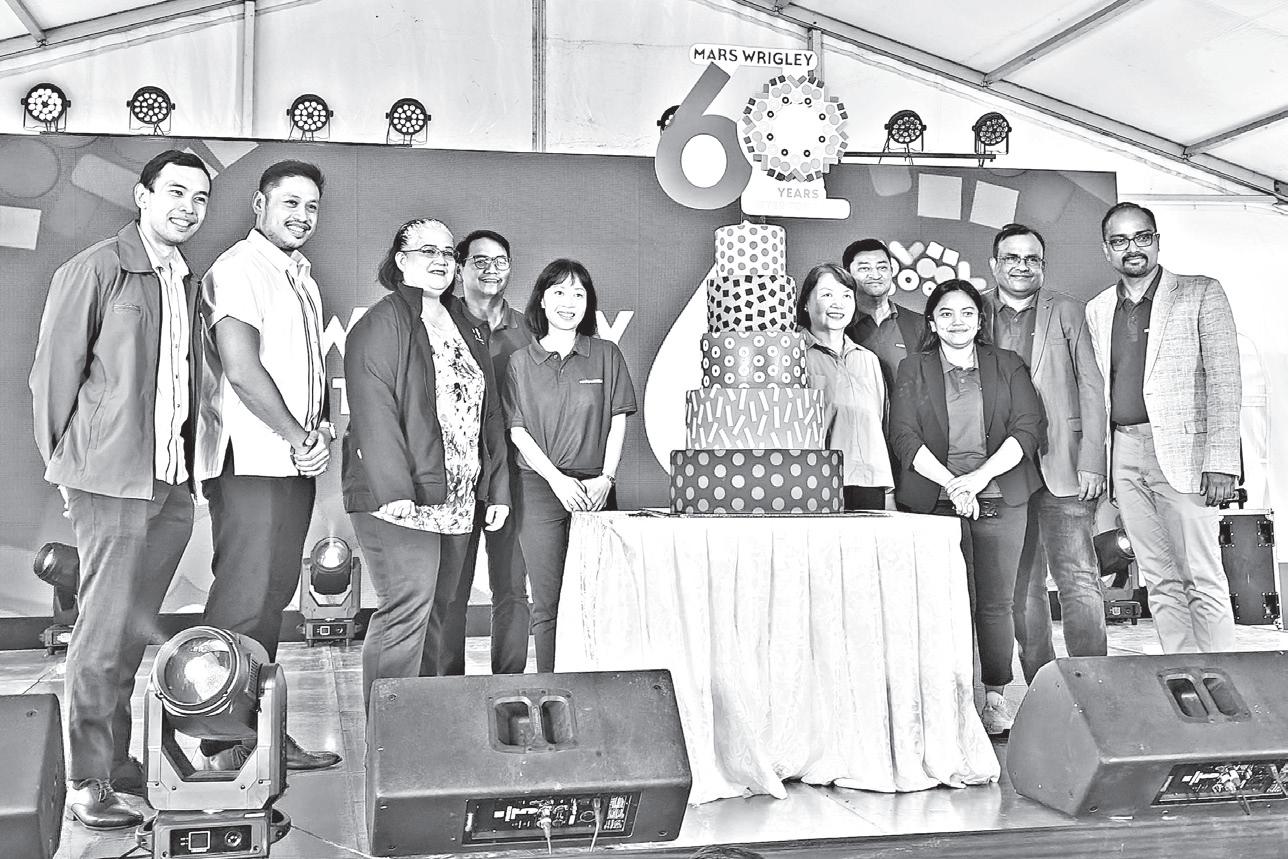
By John Eiron R. Francisco
GLOBAL confectionery
leader Mars Inc., through its subsidiary Mars Wrigley, is setting its sights on expanding deeper into the Philippine general trade sector, including “sari-sari” stores and local key accounts, as part of its broader strategy to strengthen its nationwide presence.
Kalpesh Parmar, Regional General Manager for Mars Wrigley Asia, said the company has established a solid presence in modern
trade channels and major retail chains such as Robinsons, SM, S&R, and Puregold. However, he emphasized that significant growth opportunities remain in the general trade network, which continues to expand even amid market volatility. “The modern trade channel is exciting. We really appreciate the partnership that we have with 7-Eleven here. But it’s also about going to the sari-sari stores in the future,” Parmar told reporters during the company’s 60th anniversary celebration in Antipolo City on Thursday.
Embrace AI, automation to survive job market shifts–Villanueva to grads
SEN. Joel Villanueva encouraged graduates of Bulacan State University (BulSU) to continue learning as new jobs emerge and existing roles evolve due to technological advancements.
Addressing 873 graduates from BulSU’s College of Information Communications Technology and College of Science, and their respective faculty members, Villanueva explained that automation through artificial intelligence (AI) and robotics will create a new jobs landscape for them.
“Graduation is only the beginning for you. Never stop learning because life never stops teaching,”
Villanueva said in his keynote speech. “What you learned here at BulSU is ‘Volume 1.’ What you will learn in the real world is ‘Volume 2.’ Reskilling, upskilling, and new skilling are the key.”
While an estimated 85 million jobs might be rendered obsolete in 2025 globally because of automation, about 97 million new roles are projected to emerge because of new technologies, Villanueva pointed out, citing data from the World Economic Forum (WEF).
“By 2029 in the Philippines, there will be job growth most significantly for Data Analysts and

He acknowledged the complexity of navigating the fragmented general trade landscape, but emphasized that these traditional channels have proven resilient, especially during economic uncertainties.
“So that’s where we are getting the right talent to understand who’s been there, done that, and we remain humble to develop them, support them, and make plans for Philippines by region rather than just being focused on winning in Top End or in Manila,” Parmar explained.
Under the Job Blueprint for Wholesale and Retail Trade by the Department of Trade and Industry (DTI), Philippine Retailers Association, and Supply Chain Management Association of the Philippines, sari-sari stores are expected to contribute around P2.4 trillion in retail sales by 2030.
Currently, these small neighborhood stores account for 15 percent to 20 percent of the retail market, with average annual sales per store ranging from about
See “Mars,” A4
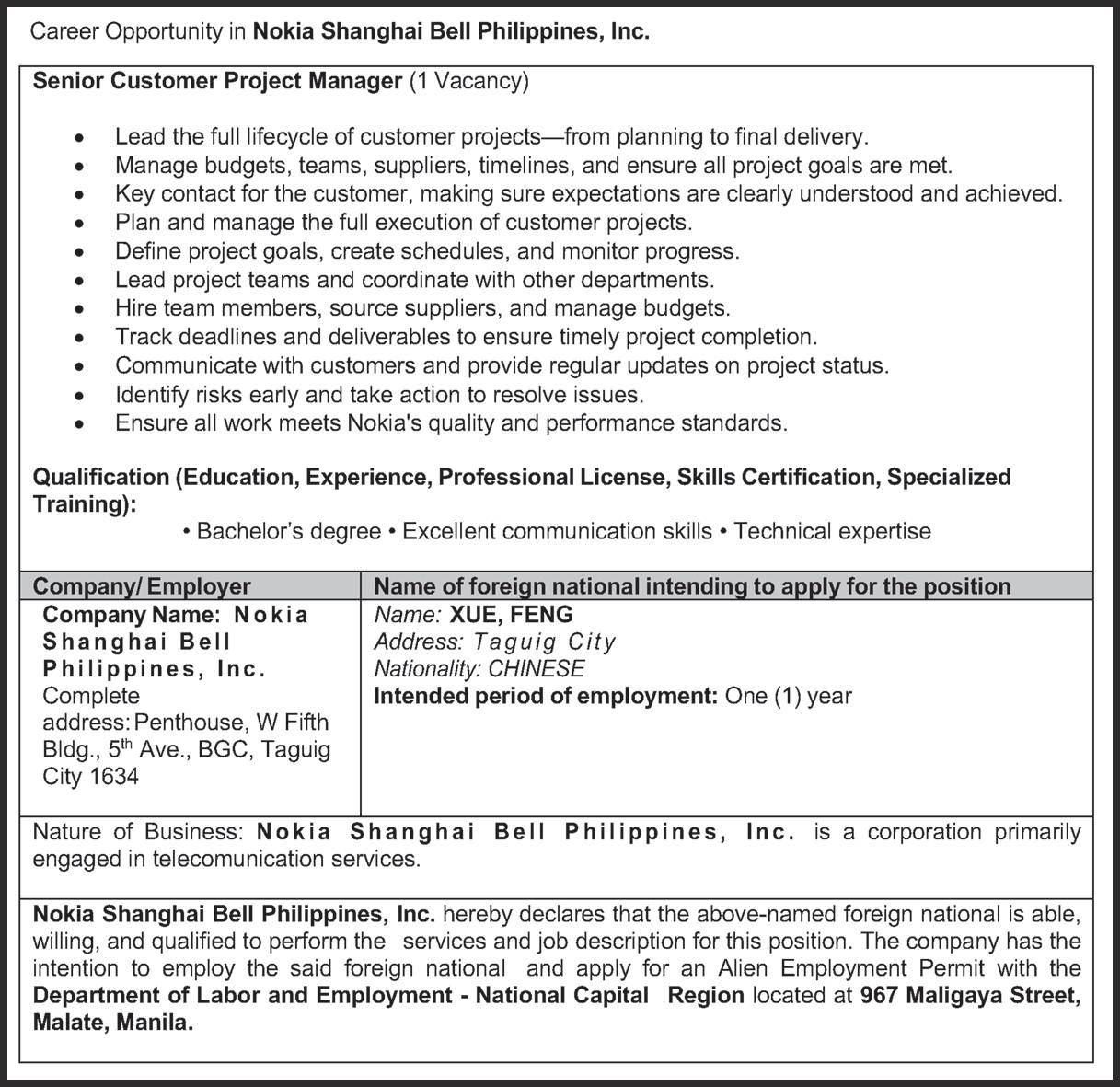
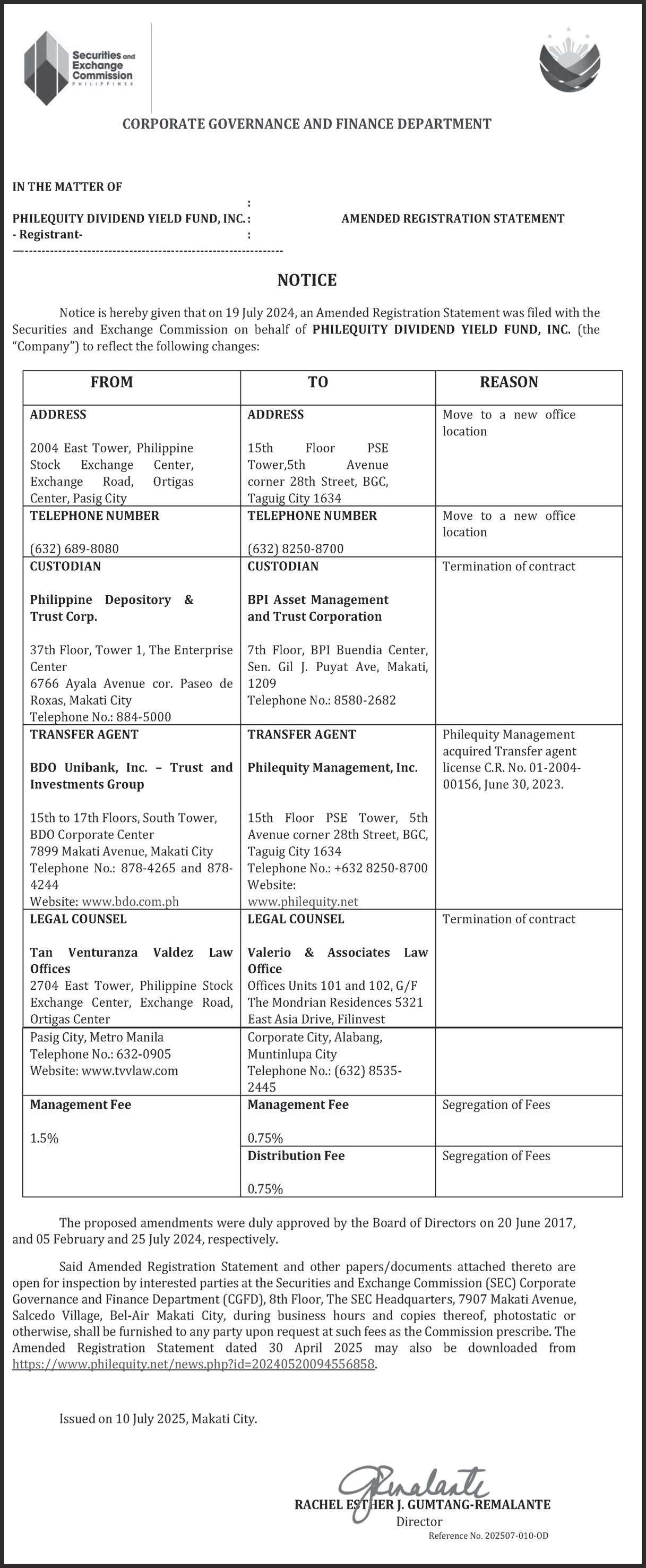
China issues safety alert for students in PHL amid rising crime vs citizens
By Malou Talosig-Bartolome
CHINA’s Ministry of Education has issued a new overseas study alert, warning students about escalating safety risks in the Philippines. The advisory urges Chinese nationals to reassess plans to study in the country due to a surge in criminal activity targeting Chinese citizens.
“Recently, the security situation in the Philippines has been unstable, with a growing number of crimes targeting Chinese citizens,” the ministry stated.
“The Ministry of Education urges students to conduct thorough security risk assessments and strengthen their awareness of precautionary measures when considering studies in the Philippines.”
The alert follows a string of high-profile crimes involving Chinese nationals:
1. Kidnapping in Manila – In
Scientists with about 95-percent net growth, and AI and Machine Learning Specialists with around 60-percent net growth,” the senator continued.
Villanueva said he pushed for legislation that will serve as framework for lifelong learning to ensure that Filipino workers remain sharp to become highly competitive in the labor market. Senate Bill 2960 which he authored and sponsored, is awaiting the signature of the President.
He reiterated the importance of developing credentials, especially for universities to develop proofs of so-called “micro-competencies, micro-credentials, or digital certificates.”
“This is not imposible or unrealistic because this is already being done in many countries. The laws that we have passed will serve as building blocks of our vision for Philippine education in the age of AI—a Supermarket of Competencies,” Villanueva said.
Villanueva underscored the importance
February, Philippine police rescued a 14-year-old Chinese student who had been abducted by a Chinese-led gang. The group murdered the student’s driver and severed part of the boy’s finger to pressure his family into paying ransom. Authorities linked the crime to collapsed illegal gambling operations targeting Chinese clients.
2. Fatal Shooting in Makati Restaurant – In October 2024, a 29-year-old Chinese national was shot dead inside a Makati hotpot restaurant after a business dis -
of education for Bulakenyos, recalling an incident in the province’s history where 20 young women from Malolos petitioned before Governor General Valeriano Weyler to put up a night school so they could study Spanish.
“In those days, Bulakenyos had to fall on their knees and beg and fight to the chance at education.
Now, your access to education and training is very wide,” he said, partly in Filipino. “Graduates, like the example shown by the 20 women of Malolos in those days, I hope you also thirst to learn. Stay hungry for knowledge.”
Through the Doktor para sa Bayan law which he principally sponsored and authored in the 18th Congress, Villanueva helped establish the first publicly-funded School of Medicine in Region III at BulSU. He also facilitated the construction of several additional facilities in BulSU to support the growing needs of the state university.
The lawmaker appealed to graduates to use their knowledge and skills they gained in college to shine a light on others.
Butch Fernandez

pute. The suspect, also Chinese, fled the scene after firing four shots at close range. Police are investigating whether the attack was premeditated.
3. Attempted murder of Filipino businessman – On June 26, 2025, two Chinese nationals were arrested for allegedly shooting at a Filipino businessman in a Makati mall parking lot. The victim, inside his SUV, survived despite multiple bullet impacts. Police recovered firearms, knives, duct tape, and other suspicious items from the suspects, identified as “Xunjun” and “Liquan.” Authorities are investigating possible links to organized crime or Philippine Offshore Gaming Operators (POGOs).
Chinese students face rising Sinophobia in Cagayan BEYOND physical threats, Chinese students in the Philippines have also faced rising social hostility. Last year, students at St. Paul University in Tuguegarao became targets of alleged Sinophobia and racism. Civic leader Teresita Ang See called out politicians and media for spreading “baseless whodunnits of students as spies,” linking the influx of Chinese enrollees in
Cagayan to tensions over the West Philippine Sea.
“The baseless and deliberate fanning of negative news on the influx of Chinese students serves only to exacerbate the ongoing geopolitical tensions,” Ang See said, emphasizing that St. Paul University is the only institution in the region authorized by CHED and the Bureau of Immigration to accept foreign students.
She urged the public to avoid racial profiling and warned that such narratives could discourage legitimate educational exchange and deepen diplomatic rifts.
Second Alert in 2025
THIS is China’s second overseas study alert in 2025. In April, the ministry warned students about safety risks in select US states, signaling a broader shift in how Beijing evaluates international education destinations.
The latest advisory is expected to impact student mobility and academic exchanges between China and the Philippines, which have grown steadily in recent years. Experts say the move reflects rising geopolitical tensions and a renewed focus on protecting Chinese citizens abroad.
Ping wants Aug. 4 impeachment convening discussed; Bam ‘ready’
SEN. Bam Aquino affirmed on Friday his commitment to ensuring a fair and transparent impeachment trial that upholds the rule of law and serves the public interest, following reports of a supposed plan to move up to Aug. 4 the start of Vice President Sara Duterte’s impeachment trial.
However, Senator Ping Lacson, in a separate statement, said such a major decision to move the start of trial should be deliberated on more thoroughly by the senators comprising the impeachment court.
“We may have to discuss the proposition in plenary, and find out the justification for the delayed convening of the impeachment court to August 4, then vote on it. Whatever the majorly of the 24 senators will decide, we should follow, but not without manifesting or explaining our votes, if some of us would choose to,” Lacson said.
He added: “As a senator-judge, I want to hear or participate in the discussion of any major issue involved in the impeachment process before making a decision because it is a constitutional duty.”
For his part, Aquino said on Facebook, partly in filipino: “We are ready to carry out the duties and responsibilities of a senator-judge,” following reports that the impeachment trial of Vice President Sara Duterte will begin on August 4, one week after the opening of the 20th Congress.
“Sa prosesong ito, titiyakin nating mananaig ang ating mga batas at kapakanan ng ating mamamayan [In this process, we will make sure that our laws and the welfare of our people are paramount],” he added.
In a separate post, Aquino shared that he has already consulted with lawyers and experts as part of his preparation for the upcoming trial. Butch Fernandez
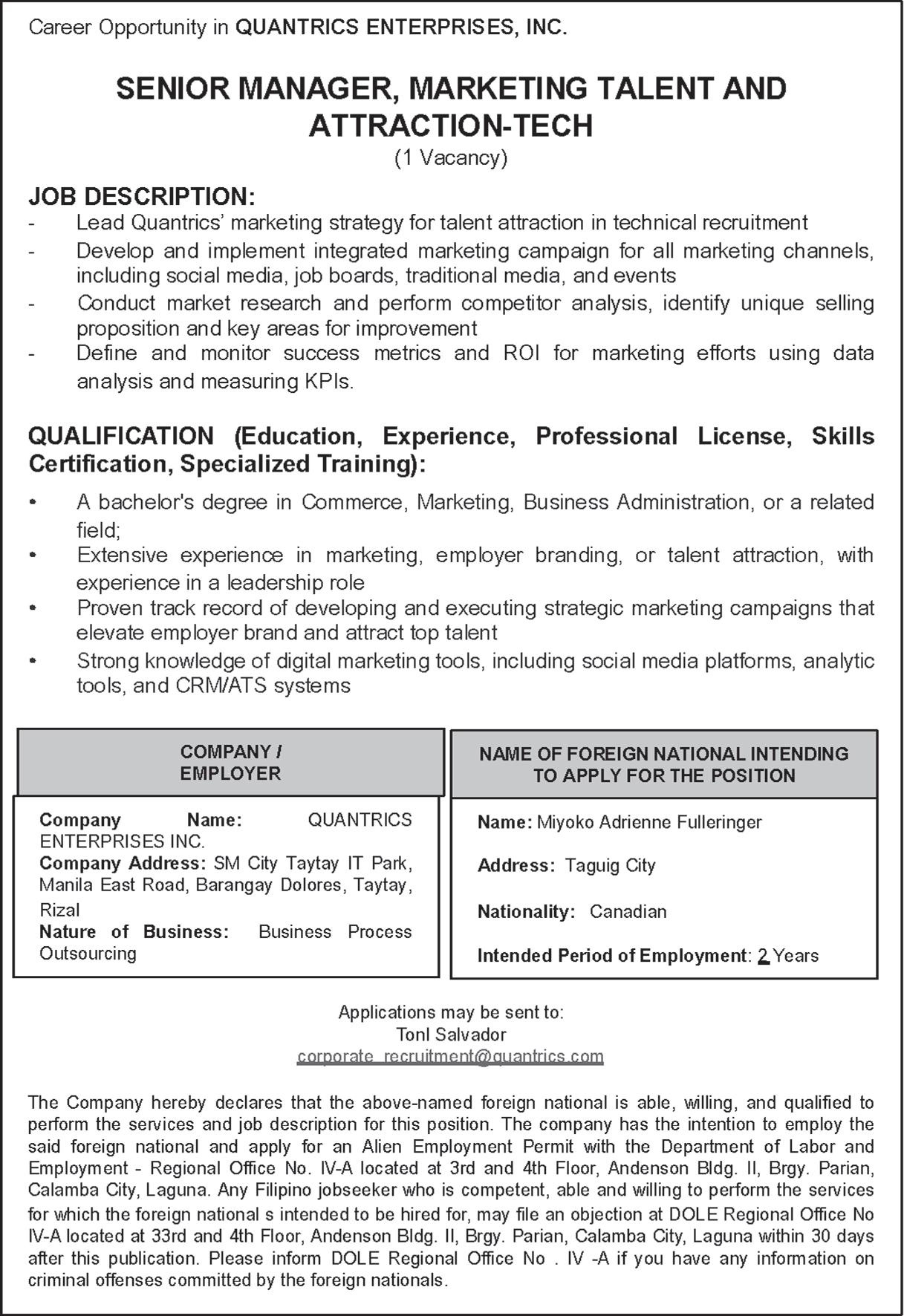
Joen asks: When is the public consultation on Boracay bridge?
THE provincial government of Aklan is still waiting for the promised public consultations of the government and the company that has proposed to build the Boracay bridge, with residents of the province and the popular resort island.
In a Viber message to the BusinessMirror after President Marcos Jr. led the groundbreaking ceremony for a new passenger terminal at the Godofredo P. Ramos Airport in Caticlan on July 14, Aklan Gov. Jose Enrique “Joen” Miraflores said, “I raised the Boracay bridge issue with the President last February, and he agreed that there should be a public consultation before implementing the project."
Miraflores added that the President "had a directive to the DPWH (Department of Public Works and Highways) together with DOT (Department of Tourism) to conduct the consultations. We are still waiting for the schedule of the proposed public consultation.”
The ceremony was also attended by Transport Secretary Vivencio “Vince” B. Dizon and business tycoon Ramon S. Ang, who leads the company upgrading the airport, and has proposed to build the bridge connecting Caticlan, on the mainland of Aklan, to Boracay Island.
This developed as Boracay residents continued to oppose the bridge on environmental grounds, and the possible unemployment of hundreds of boatmen who have been ferrying tourists from Caticlan to Boracay for decades.
1.08M tourists Jan-June ‘25
A FORMER provincial board member, who spoke on background, said in Hiligaynon, “Construction of the bridge will disturb the environment since they have to pour cement and other materials in the water to build it. Also, what will happen to the boatmen? They will lose their jobs.”
A driver of a resort van, separately said, “I’ve heard the bridge will push through. The talk around town is that the company has already started purchasing construction materials for it.”
In the first half of the year, some
Mars. . .
Continued from A3
P861,000 to P1.1 million. They also represent roughly 8.3 percent of the country’s informal workforce.
“I think what I’m a big fan of Filipino consumers is, firstly, it resonates with Mars Purpose. Filipino consumers also want moments of everyday happiness. It’s about small moments of everyday happiness,” Parmar shared.
Parmar also highlighted the cultural fit between the company’s portfolio and Filipino consumer habits, noting that snacking is deeply rooted in daily life.
“We’re a snacking company, and the Philippines is all about snacking— sometimes five, six, even seven times a day,” he said. “It’s those small moments of enjoyment that connect us with consumers here, and that’s something I really appreciate about the Philippine market.”
Sweet boost
PARMAR also shared that Mars Wrigley will continue to invest in its local operations, with plans to allocate around $2 million annually over the next two to three years for its factory in Antipolo City.
These investments, he explained, are aimed at improving safety, quality, productivity, and capacity to better meet evolving customer demand.
“We do have some additional equipment that is ongoing right now, and these are all part of the growing needs to support our customers,” he said.
“We’ll be investing close to $2 million in the next few quarters in this factory,” Parmar added.
Macky Maquito, Factory Director at Mars Wrigley Antipolo clarified, however,
1.08 million tourists visited Boracay, per data from the Malay Tourism Office, slightly more than the 1 million who visited in the same period in 2024. Of total visitor arrivals this year, foreign nationals accounted for 187,592; overseas Filipinos hit 15,945; and domestic travelers reached 877,326. The P8-billion Caticlan-Boracay bridge project was an unsolicited proposal submitted by Ang’s San Miguel Holdings Corp. in 2019 to the DPWH. Per the agency website, the project’s indicative length is 2.54 kilometers, including a 1.4km limited-access bridge.
DPWH: Still no DepDev OK
MIRAFLORES said he was surprised that Ang seemed sure about constructing the Boracay bridge, given that “it still has to undergo the [approval] process. [But] the President didn’t mention the bridge [during the ceremony]. He actually talked about his experience of using the ferry going to Boracay.”
The project is currently listed by the DPWH as an “Ongoing PPP (public-private project) procurement process, Tender Documents (bidding documents) made available on 10 March 2025.” However, the project is categorized as “For Evaluation/For Neda Approval.” The National Economic and Development Authority is now Department of Economy, Planning, and Development (DepDev). In a business journalist’s forum last year, Ang explained that the bridge will help “decongest” the island of workers, who can live on the mainland instead of Boracay, “while tourists can also live in Caticlan and just visit” the beach. In March, the Boracay Foundation Inc. reasserted its opposition to the Boracay bridge project, claiming “potential risks the project poses to Boracay’s fragile ecosystem, the lack of transparent stakeholder consultation, and the questionable track record of the proponent in delivering critical infrastructure improvements.” (See., “Boracay stakeholders renew opposition to P8-B bridge project, as DPWH opens competitive bid,” in the BusinessMirror, March 11, 2025.) Ma. Stella F. Arnaldo
that there are currently no plans to expand production into other segments, as the Antipolo site remains focused solely on manufacturing chewing gum brands. Instead, he said, the company is prioritizing initiatives that elevate manufacturing performance and employee welfare.
“Of course, depending on the business needs, definitely part of the strategy, we will address that challenge,” Maquito said, when asked if there are plans to manufacture other product segments such as chocolates.
The Antipolo manufacturing facility, covering 7,030 square meters within a 37,339-square-meter compound, serves as a key role in producing and exporting chewing gum products for Southeast Asia. The plant has a production capacity of up to 30 metric tons, supplying well-known brands such as Doublemint, Juicy Fruit, and Cool Air. Approximately 86 percent of the plant’s output is exported to key Asian markets, including Indonesia, Malaysia, Thailand, Vietnam, Bangladesh, Laos, and Brunei. Parmar identified Vietnam, Indonesia, and the Philippines—dubbed internally as the “VIP” markets—as Mars Wrigley’s top-performing countries in the region. While the Philippines ranks third among the three, Parmar told the BusinessMirror that local demand has remained steady. The shift in rankings, he said, is due to increased consumption in neighboring countries rather than a decline in the domestic market.
“There’s no decline in the local market. We’ve had great growth in the past few years,” Parmar said. He added that the Philippines is expected to sustain its upward trajectory, with all three VIP markets showing robust performance as part of what the company considers a regional “growth cluster.”
Can we legislate love?: Lacson says ‘Parents Welfare Act’ aims to support elderly, excludes abusive parents
By Butch Fernandez
The silent killer: Choking deaths in older adults prompt debate over new devices
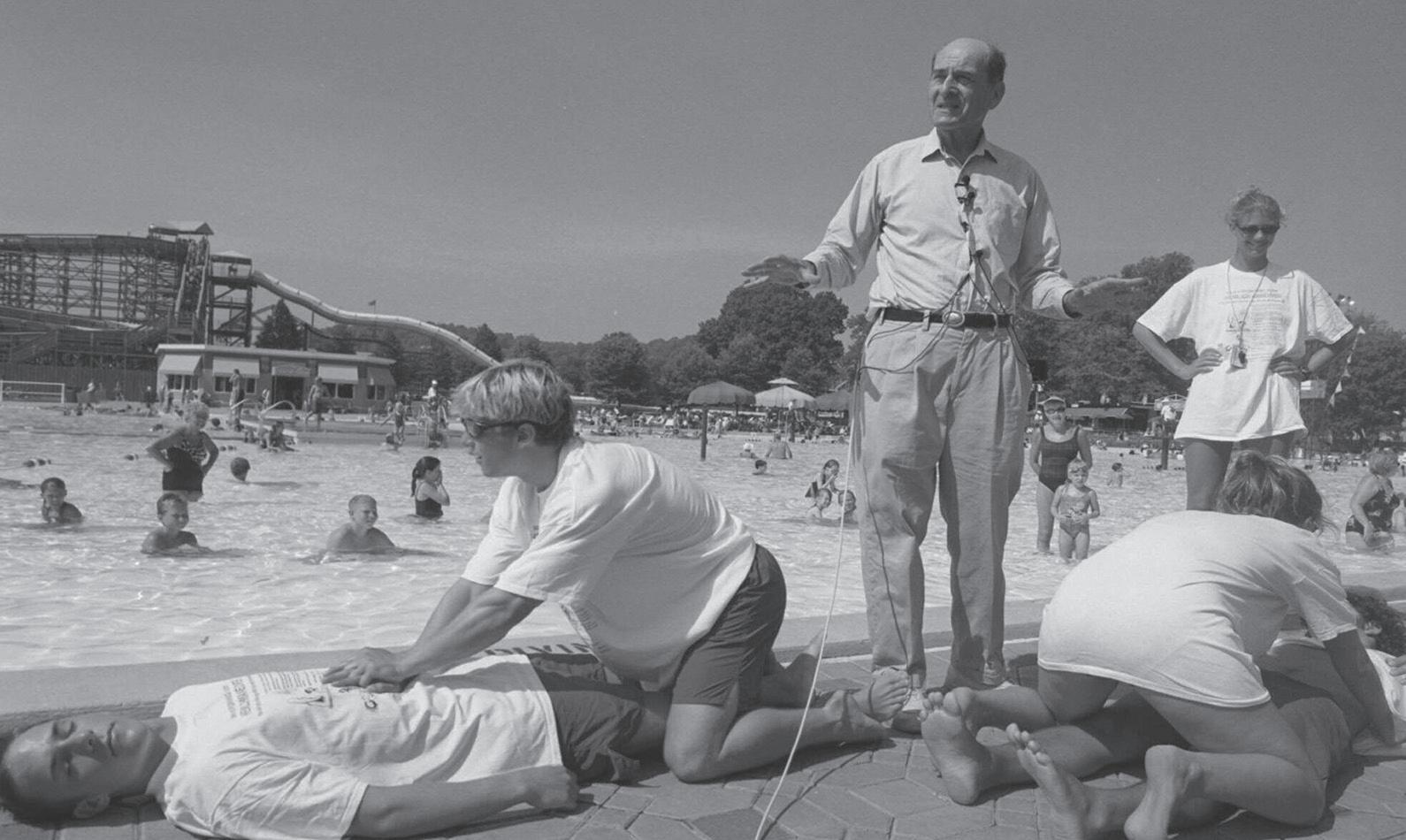
By Mike Stobbe | AP Medical Writer
NEW YORK—It was the scariest
choking incident David Palumbo had ever seen.
The 88-year-old man had been dining at a Providence, Rhode Island, Italian restaurant in September 2019. Now he was unconscious, with a piece of bread lodged in his windpipe. Precious minutes went by as first responders were unable to help him with CPR or the Heimlich maneuver.
In an ambulance on the way to the hospital, the elderly man’s skin was blue, and firefighters worried he was going to die. Palumbo—a fire department captain—used a scissors-like device called Magill forceps to pull the bread from the man’s throat.
“We get a lot of calls in the city for choking,” many of which are resolved before emergency responders even get there, Palumbo added. “This was by far the worst one I’ve been on in my career.”
Fortunately, the man survived and made a full recovery, he said. But many elderly people do not. Each year, choking claims the lives of more than 4,100 Americans who are 65 or older. It’s the most vulnerable age group, accounting for about three-quarters of US choking deaths, according to federal health statistics.
The death rate has been relatively steady, but the number has risen, as the size of the nation’s retirement-age population grows.
In response, a number of companies are marketing antichoking devices to the elderly. Medical professionals have been debating whether to endorse the products, sold under the names LifeVac, SaveLix, VitalVac and the Dechoker.
Dr. Nathan Charlton, a University of Virginia professor of emergency medicine who advises the American Red Cross on first aid, said there is limited evidence for the products and that the Red Cross is still evaluating them.
Here’s a look at choking and the best ways to prevent choking deaths.
Choking is a danger to older adults
CHOKING occurs when food or some other object partially or totally blocks the windpipe, preventing oxygen from reaching the lungs.
Telltale signs include someone reaching for their neck and losing the ability to speak normally. Brain damage can occur after four minutes, and death can come just a few minutes later.
Older adults are at higher risk for a number of reasons. As people get older, mouth and throat muscles can weaken.
Older people also make less saliva. Some chronic diseases and medications can
make swallowing even harder. Dentures can be a choking risk.
The best ways to stop choking
CHOKING risk can be reduced by cutting food into small pieces, chewing food slowly, drinking plenty of liquids with meals, and not laughing or talking at the same time you are chewing and swallowing.
When someone is choking, you can try perhaps the oldest form of first aid: back slaps.
There’s also the Heimlich maneuver, named after the doctor credited with devising it in the 1970s. It involves standing behind the choking person, wrapping your arms around their abdomen and— with a balled fist—thrusting inward and upward. The idea is that it forces air out of the lungs, and the obstruction with it. The American Red Cross recommends alternating back blows and abdominal thrusts in sets of five.
That’s for situations in which someone is around to help a choking victim. But what if they are alone?
It is possible for someone to try to self-administer a Heimlich by thrusting their abdomen against the back of a chair, Charlton said. Makers of some the newer antichoking devices say that’s where their products can make a difference.
“Elderly people probably are not capable of diving on a chair or counter,” said Arthur Lih, the founder and chief executive of LifeVac.
Anti-choking devices aren’t always risk-free
THEY vary in design, but generally the devices look like a face mask attached to a tube or bellows, with a handle at the end. They typically sell for around $30 to $100.
A choking person dons the mask, pushes down on the handle and then pulls up. That is supposed to create a suction that would pull out the blockage.
Some research suggests at least certain devices can injure the tongue or cause bleeding and swelling in the throat. And the US Food and Drug Administration has reports that some products did not generate enough suction and left people with bruising around the face, lips, and mouth.
An injury report led the FDA to do an inspection and issue a warning letter to Dechoker in 2021.
Manufacturers note their products are registered with the FDA, but that’s not the same as an endorsement. Indeed, the agency last year issued a notice to consumers that said it has not approved antichoking devices sold over the counter, because their safety and effectiveness haven’t been established.
SEN. Panfilo “Ping” M. Lacson’s proposed “Parents Welfare Act of 2025” has drawn mixed reactions, with critics saying it was wrong to criminalize the act of neglecting one’s parents, because, supposedly love “cannot be legislated.”
Lacson clarified late Wednesday several misconceptions and insinuations raised by certain sectors regarding Senate Bill 396. The bill aims to ensure that parents receive support from their children in times of need but explicitly excludes parents who have abused, harmed, or neglected their children.
“Abuse, abandonment or neglect by parents of their children are exempting circumstances. Under the
proposed measure, walang obligasyon ang anak na magsuporta sa magulang na nang-abuso, nag-abandon at nagpabaya sa kanya [the child has no obligation to support parents who abused, abandoned, or neglected him/her],” he said.
The bill seeks support for parents who are senior citizens, sickly, or who regardless of age are permanently incapacitated or not capable of supporting themselves.
However, Lacson noted that under Sec.16 of the bill, if the court determines after due notice and hearing that the parent in need of support had abandoned, abused or neglected the child, it may dismiss the petition or reduce the quantum of support.
The bill also pointed out that children who have no financial capability to support their parents are not obliged to do so.
Besides, Lacson pointed out, Art.195 of the Family Code stresses the legal obligation of each member of the family to support each other.
Lacson stressed his bill takes into account as well other laws, such as RA 9262 or Violence Against Women and Children (VAWC) Law, that protect children, spouses and parents from abuse.
Also, the bill does not mean the government is passing the burden of supporting elderly parents to the children, the senator said.
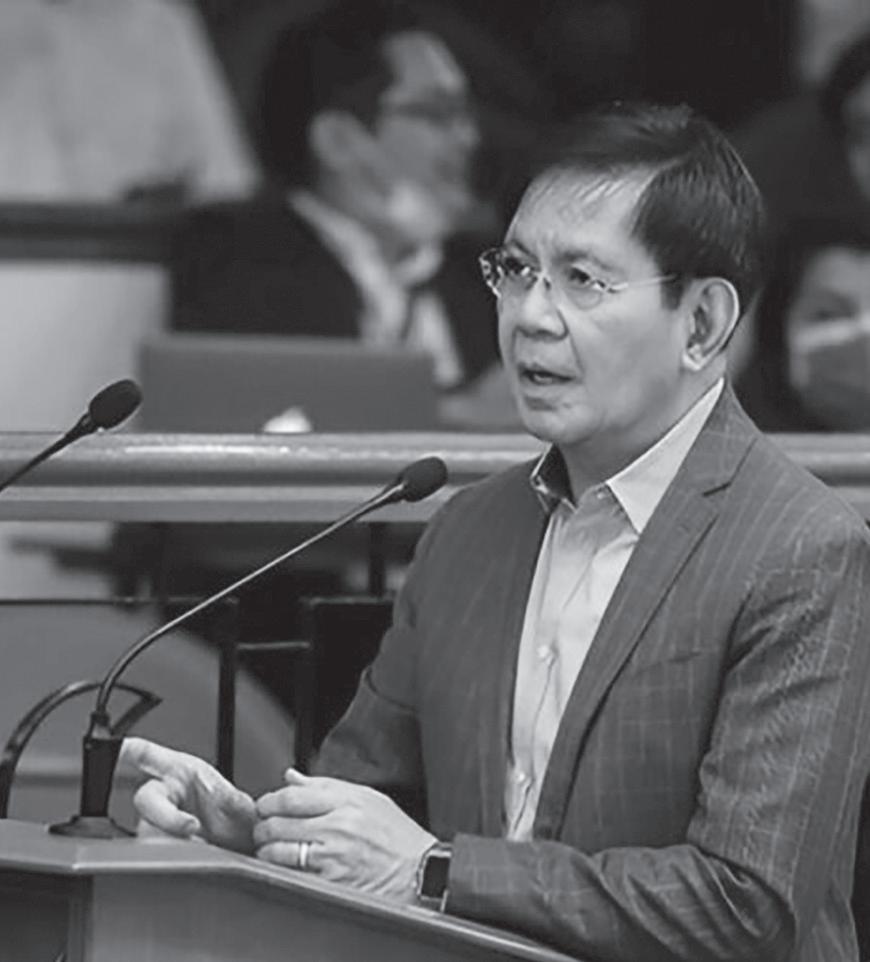
He pointed out the bill provides for an “Old Age Home” for the elderly, sick or otherwise incapacitated parents in every province and highly urbanized city. Each home shall accommodate at least 50 parents.
“[Taking care of the elderly members of society] is a shared responsibility of government and the children of said elderly. The care for the aged is neither an exclusively private matter to be left to the family nor an exclusively public concern best left to the government,” he said.
I found it at the old movie theaters of Cubao
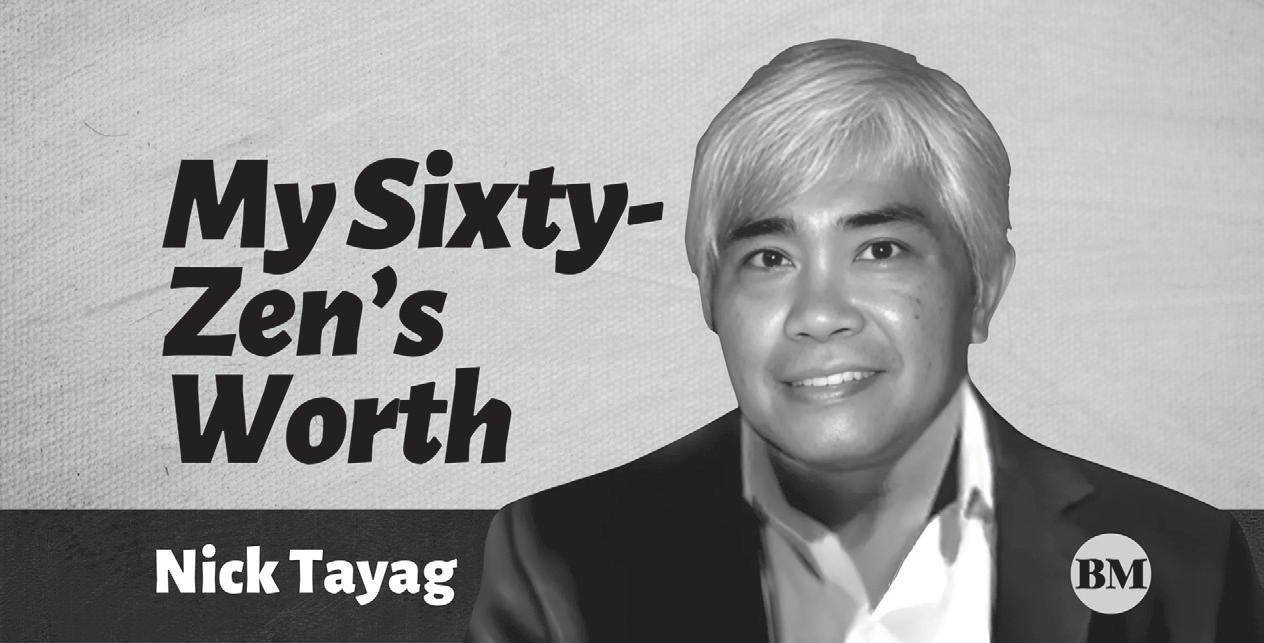
THE article’s title is my winking nod to “I Lost It At The Movies” a bestselling compendium of movie reviews by Pauline Kael, often regarded as the most influential American film critic of her day. When I asked her as to what she had “lost,” Kael responded, “There are so many kinds of innocence to be lost at the movies.”
But for every innocence lost, there’s also much to be found and gained at the movies. They entertain us, console us, inspire us, help shape and form our attitudes, widen our perspective, deepen our knowledge and much more. In retrospect, the movies we’ve watched and keep watching highlight key moments of our own intellectual, emotional and spiritual growth.
From 1967 to 1983, I lived in Quezon City, first in a boardinghouse as a college student then in an apartment in 20th Avenue as a married man, an employee, and father of two.
My only vice, if you could call it, was movie watching.
In college, there was a mini theater where foreign films could be seen for free, sponsored and facilitated by the communications arts club. For the first time, I encountered the works of Satyajit Ray, Mizoguchi, Ozu, Kurosawa, Truffaut, Renoir, Resnais, Luc Godard, Fellini and Antonioni. I soon developed the useful skill of reading subtitles without losing the flow of the film. Their films showed me the various ways of conveying stories, how one image can express a world of thoughts; how sticking to one camera level can put you in a meditative and reflective state; or how emotions can best be depicted
by a piece of object.
But my movie watching was not confined to that mini theater in our university. Just one JD bus ride
Many films shown in Cubao gave me unforgettable lessons in core human values such as patience, tolerance, courage, trust, humility, freedom, and resilience. I became socially “woke” (now a misunderstood word) after watching Lino Brocka’s “Tinimbang Ka Ngunit Kulang” at the Coronet, and “Maynila: Sa Kuko ng Liwanag” at nearby Remar theater. “Tubog sa Ginto,” which we saw at the Diamond, broke the taboo on homosexual themes in movies when it was still a very sensitive issue.
I saw Bernal’s directorial debut, “Pagdating sa Dulo” in 1971 at the Diamond and later “Nunal sa Tubig” at the New Frontier.
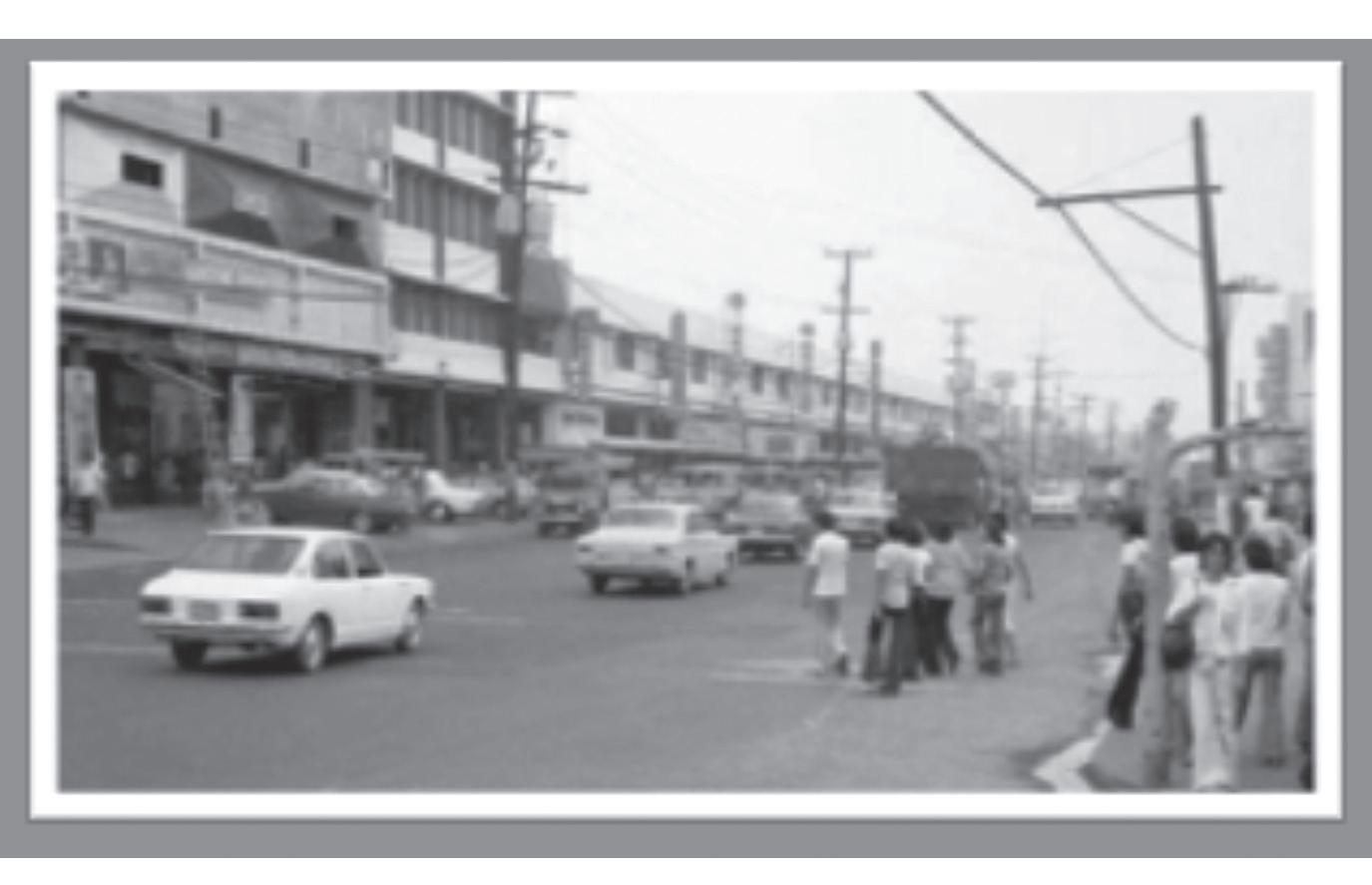
away was Cubao, which in the early ’70s was about to boom.
It became my go-to film haunt.

If my memory serves me right, the first movie theaters to rise in Cubao were Remar and the New Frontier Cinema. It was followed by Nation Cinerama. Then came Nation designed to show films in the old Cinerama format, followed by Quezon, Coronet, Diamond and Sampaguita. Ali Mall theaters and other theaters like Alta, Act and Ocean came much later.
Cubao’s movie houses became my virtual classrooms. I remember one of my film mentors telling me one time: “Enter the movie experience with an open mind and a receptive heart.” The films I watched—the great, good, the bad and the mediocre –became, in effect, my educators.
thanks to Stanley Kubrick’s “2001 Space Odyssey,” and James Cameron’s “Terminator.” That warning about the future from those two films is foremost in my mind as I see AI creeping into our present lives. I now have a fear of self-aware robots, rejecting or rising against human authority and determined to destroy the human race. It was at Remar theater when in 1973 my dogma-based Catholic faith got rocked while watching the film “Jesus Christ Superstar.” Hearing the Gospel of Matthew set to rock music made me feel uncomfortable at first but eventually I got swept by it. I watched it several times. In retrospect, I now realize that the rock opera form opened up the Christian story to a generation that wouldn’t have otherwise gone near it.

Here was a filmmaker who had the courage to criticize oppressiveness, sterility and hypocrisy of Martial Law without the censors having a clue, expressed in the immortal opening line of “Pagdating sa Dulo”: “Sawang-sawa na ako sa buhay ko!” Bernal taught me a lesson on uncompromising artistic integrity.
I got drawn towards the marvelous technology of the future, as well horrified by its dark downside,
One of my guilty pleasures was watching FPJ movies in Cubao. I enjoyed them even if FPJ’s hairstyle and sideburns never changed and the movies had the same basic story, same villains and sidekicks, the same cinematographer and supporting cast; only the leading ladies changed. However, a few were gems such as “Santiago” directed by Lino Brocka and “Asedillo” by Celso Ad Castillo. I learned that it takes just one man with singular courage to buck an oppressive society. As a sidebar, FPJ films enriched my Tagalog with “astig” lines that have now become part of our lingo: “Isang bala ka lang,”“Puno na ang salop, dapat ka nang kalusin,” ”Huwag mong gawin sukatan ang baril sa katapangan ng isang tao,” “Kahit butas ng karayom papasukin ko,” “Hindi ka na sisikatan ng araw.” The arrival of new digital technology tolled the death knell for the movie theaters of Cubao. Hardly recognizable, the few that are left are endangered heritage structures. In the course of losing my youthful naivety and ignorance, I found and gained rich wisdom in the “dark” classrooms of the old Cubao of my memories.
SEN. Panfilo “Ping” Lacson HENZBERG AUSTRIA/ SENATE PRIB
DR. Henry J. Heimlich uses lifeguards at Coney Island swimming pool in suburban Cincinnati on July 9, 1999, to demonstrate how the Heimlich maneuver can help save people from drowning. AP Photo/Tony Tribble



‘KPop Demon Hunters’ is a viral global success

EVERYONE is talking about KPop Demon Hunters on Netflix. People are either raving about the soundtrack or putting forward the argument that the main characters Rumi and Jinu were patterned after their favorites.
The Netflix animated hit is about a fictional K-pop idol group fighting supernatural forces. It hasn’t only climbed music charts but also captivated young audiences worldwide. A female K-pop idol actually said the show was for kids. Expectedly, she was dissed by netizens.
In the story, K-pop superstars Rumi, Mira and Zoey use their secret identities as demon hunters to protect their fans from the ever-present supernatural danger. Their biggest threat comes in the form of rival group “Saja Boys,”who are actually demons in disguise.
FlixPatrol said KPop Demon Hunters is Netflix’s No. 4 most-watched movie worldwide, No. 2 overall, and No. 1 among children’s movies in the United States.
The song “Golden” of the group Huntrix is currently on top of Melon’s daily chart in South Korea while songs by the boy band Saja Boys, including “Soda Pop” and “Your Idol,” are in the top 20. Huntrix is now the third most-streamed K-pop group in the world after BTS and Stray Kids.
The KPop Demon Hunters OST is the first soundtrack to debut in the top 10 on the Billboard 200 and then see unit increases in its second and third weeks since 2017. The Billboard 200 chart consists of the most popular albums of the week in the US.
The show’s impact is so strong that even merchandise related to the show (Derpy and Sussie) is sold-out on Netflix’s online store.
Meanwhile, Samsung used Sussie’s triple-eye mo-

tif to promote its Galaxy Fold 7 in a themed advertisement collaboration.
In my opinion, what makes KPop Demon Hunters very appealing to Korean and international viewers is a combination of several factors.
One, the voices of the characters in the film are very relatable. Arden Cho (Rumi), Ahn Hyo-seop (Jinu), Ken Jeong (Bobby), Daniel Dae Kim (Healer Han), Lee Byung-hun (Gwima), Ji-young Yoo, May Hong (Mira) and all the others are respected artists. They aren’t unfamiliar to its audience, which are mostly kids and young adults. But they aren’t strangers to older people too, because who doesn’t know Daniel Dae Kim or Ken Jeong? If you’re a Korean drama enthusiast, you probably also know Ahn Hyoseop. Gen Z will know Arden Cho, of course.
Two, the soundtrack is universally appealing and the songs are bangers. The song “Golden” introduces the idea of the Golden Honmoon with Rumi, Zoey and Mira working to protect the world from demons. It also talks about how Rumi feels like an outsider as she looks at the patterns on her arms.
The boy group Saja Boys is introduced through the
song “Soda Pop,” which leaves everyone swooning. In “Free,” Rumi and Jinu share their secrets and fears. The girl group TWICE (Jeongyeon, Jihyo and Chaeyoung) lent their voices the song “Takedown.”
Many K-pop idols, including BTS’ JHope; Monsta X’s Joohoney, Kihyun and Hyungwon; NCT Wish’s Riku, Ryo and Sakuya; ITZY’s Yeji; NMIXX’s Lily; and others have either danced to or sang songs from the film.
Three, the story of KPop Demon Hunters has a good and solid story that pits good against evil, a no-fail theme through the years. The chemistry between Rumi and Jinu was also a huge part of the film’s success. The story is alternately happy, sad and tragic, and I say that is a fool-proof formula that will appeal to a universal audience.
Fourth, you cannot go wrong with colorful animations and exciting action scenes. The film features K-pop idols as demon-fighting heroines to the tune of contemporary Korean pop music. As the No. 1 on Netflix in over 30 countries including South Korea, Brazil, France, Mexico and the Philippines, KPop Demon Hunters continues to win hearts and top the charts. n
Rakuten Viber launches Viber Ads Manager to help agencies, advertisers in PHL run campaigns directly
POPULAR messaging platform

AI alone cannot catapult PHL economy toward development
By Rizal Raoul Reyes
ALTHOUGH artificial intelligence (AI) has a major role to play in the country’s development, a group of academicians recently said, “It will not be the game changer of the Philippine economy at large because the country’s technology sector is a laggard, manifested by the 10 million workers who are still employed in backward agriculture, and 19 million Filipinos are functionally illiterate.
“Certainly, many of our companies (surely the large ones) will use it and see some benefits. Indeed, using AI in chatbots, to detect fraud in banks, as voice assistants, to generate text and images, or to manipulate big data, is a step forward and important in order not to be left behind. At this level, AI is already being used everywhere,” according to the academic paper “Letter to the Philippine Economic Team At a Crossroads: Progress or More of the Same (MOTS)?” by the De La Salle University-Angelo King Institute for Economic and Business Studies.
The authors of the paper are Jesus Felipe, Mariel Monica Sauler, Gerardo Largoza, Susa Kurdli, Alellie Sobrevińas and Christopher James Cabuay.
“AI can also help companies in manufacturing. Yet, we doubt this will revolutionize the Philippine economy, as long as we do not have the capabilities to generate the advanced technologies of the so-called Fourth Industrial Revolution, including robotics,” the policy paper added.
The authors also debunked the country’s advantage in having a young labor force emphasizing that the growth driver of a modern economy is productivity, not labor force growth.
Since the mid-2000s, the authors said productivity growth accounts for about 75% of potential growth. Labor force growth, which is declining, is the other 25%. “So why insist on the demographic component? We do not want an economy with many workers in low-productivity, low-wage jobs,” they said.
The authors said they are aspiring for a highly productive economy that can guarantee better pay and working conditions. They added that it is not about opening new drivers of growth (whatever this means). It is about their productivity. “Moreover, in an economy like ours, with almost a quarter of all workers in agriculture (about 10 million), it is clear where the low-hanging fruit of growth lies,” they said.
Meanwhile, the economic think tank Ibon Foundation also raised doubts if AI can develop the economy to lift the majority of the people from poverty and benefit from the products they create. “In short, production and science have indeed advanced, but has it gone to the workers?” Ibon posited.
Although machines and technology have indeed advanced because of AI, Ibon said the direction it is currently heading is being led by the global tech giants. “This is even worse for Filipinos. The majority of the tech giants in the country are large foreign corporations. The machines and technology used by Filipinos, including the intellectual property rights or rights of ownership of them, are controlled by foreigners,” it said.
New Steam overlay upgrades player, computer experience
By Patrick Villanueva
WANT to see if your computer actually performs well when playing your games? Well, in Steam, now you can. Gamers can finally monitor their PC’s performance with the new upgrade that Steam, Valve’s digital distribution service and storefront, implemented on computers.
The app, known for its superb service, recently changed their previous In-Game FPS feature to InGame Overlay Performance Monitor to improve the gaming experience by providing data regarding the computer’s performance on certain games. “It can display various more detailed information about frame rates, CPU performance, GPU performance and more,” the announcement on Steam community reads.
In their FAQs, it revealed that the overlay shows data on five main points: FPS + DLSS/FSR Frame Generation, FPS Graph, CPU Performance Info, GPU See “Steam,” A7

Realme GT 7 Dream Edition: Built for the finish line

GREEN is the color of envy and ambition.
Of money, movement, and machines built to go fast. It’s the color of both greed and growth, of jealousy and joy.
You’ll find it in high-performance engines, lush landscapes, and currency notes. It divides opinion — always has, always will. And that’s precisely what makes it the perfect color for a phone that isn’t here to blend in.
The realme GT 7 Dream Edition doesn’t pretend to be for everyone. It’s bold, loud, and unapologetically stylized — wrapped in Aston Martin Racing Green, and co-designed with one of the most iconic names in motorsport. But while most special editions are all about the finish and little else, this one tries to deliver more than just a visual flex. It wants to be remembered as the realme phone that finally graduated from challenger brand to becoming a status symbol. But here’s the catch: when you set this phone down on a table, it doesn’t whisper flagship. It stares you down like a luxury sports car parked in a compact sedan lot.
DESIGN: WHAT DOES A DREAM LOOK LIKE?
THIS is where the GT 7 Dream Edition earns its “Dream” tag. You don’t just see the racing heritage, you feel it. From the Aerodynamic Flow Lines on the back panel to the slight shimmer of the Silver Wing emblem, the design doesn’t just nod to motorsport — it leans into it like it’s rounding a corner at top speed. Unlike most flagships that default to curved glass and minimalist metal, this phone chooses a different visual language, one rooted in precision engineering. The Aston Martin Racing Green is rich, dense and moody. It’s not candy-colored glass or shiny plastic. It’s layered — literally. The finish uses a five-stage paint process to create depth that shifts under light, much like the racing machines it draws inspiration from.
Physical dimensions are just shy of being bulky. At 204g, the phone has weight, but that weight is intentional. It’s balanced. It tells you there’s a 7,000mAh battery inside, and it doesn’t fake thinness like other
phones that sacrifice endurance for aesthetics. The flat aluminum frame adds grip, while the subtly curved rear keeps it from digging into your palm. Even better: it’s not just pretty. It’s tough. With IP69, IP68, and IP66 ratings, the GT 7 Dream Edition can shrug off water, dust, and drops better than many flagships double the price.
PERFORMANCE: THE NEED FOR SPEED
LET’S address the elephant in the engine bay: no, this isn’t powered by the latest Snapdragon chip, and that’s okay.
Instead, realme went with MediaTek’s Dimensity 9400e, a 4nm flagship-grade processor that might not carry the same reputation but delivers a comparable real-world experience. Paired with 16GB of LPDDR5X RAM and 512GB of UFS 4.0 storage, this device is built to handle intensive workloads, and it rarely breaks a sweat.
In daily usage, you won’t miss the difference. The phone boots up fast. Multitasking is fluid. App switching happens in the blink of an eye. Heavy social media use, AI tools, and background downloads run without friction.
But it’s in gaming where the Dream Edition stretches its legs. Mobile Legends: Bang Bang runs on Ultra settings without a hiccup. PUBG Mobile and Call of Duty: Mobile both cruise comfortably at high frame rates. Even Genshin Impact, notorious for chewing through resources, plays surprisingly well with minimal frame drops — even in dense combat sequences.
The secret weapon here? Cooling. realme’s IceSense Graphene layer works in tandem with a 7,700mm² vapor chamber to keep thermals in check. After 45 minutes of high-performance gaming, the phone remained only mildly warm, never hot. You can tell it’s optimized for sustained performance, not just short bursts.
In synthetic benchmarks, it clears the 2-million plus mark on AnTuTu, putting it comfortably above older flagships and just behind Qualcomm’s latest elite chips. But here’s the thing: this phone doesn’t need to beat those scores — it just needs to feel fast when you’re using it. And it absolutely does.
DISPLAY: CAN VISION KEEP UP WITH AMBITION?
If the design turns heads, the display holds your gaze. The realme GT 7 Dream Edition features a 6.78-inch LTPO AMOLED display with a 1.5K resolution (2780 x 1264), and it’s nothing short of impressive. On paper, the star figure is its peak brightness of 6,000 nits. That number seems ridiculous until you step outside at noon and realize it’s not a gimmick. The screen remains fully legible under harsh sunlight, with vibrant colors, excellent contrast, and no visible
New Steam overlay...
Continued from A6
Performance Info and RAM Info.
From the game’s frame rates to the processors and graphics card devices performance, these data will all be viewable on a small bar that will appear on the monitor’s screen. Steam, in their announcement, said, “This feature is designed to help you understand how your game is running, what type of load the game is putting your system under, and whether your hardware is performing as you’d expect it to.”
However, as of writing, they revealed that some features may have yet to be available on other operating systems other than Windows. Still, they reassured that other OS will continue to get support and the features will be added at a later date.
“To enable the performance monitor, go to Settings, In Game, and find the Performance Monitor settings and detail level options,” the FAQ reads on how to activate this feature.
While this concept is not exactly new, it is still a welcome upgrade and addition for Steam games, considering the number of titles available in their library.
With the new overlay, gamers can now see and adjust their settings, even check to see what to upgrade in their PCs, to ensure that they get the best performance possible when gaming.
In other Steam news, gamers may soon be able to launch Steam titles and other gaming libraries through the Xbox PC app and their handheld devices, as the latter announced the “Aggregated Gaming Library” feature in their app.
This Xbox announcement came in, saying, “With the aggregated gaming library, players can conveniently launch games from Xbox, Game Pass, Battle.net and other leading PC storefronts from a single library within the Xbox PC app.”
color shift at extreme angles. The panel supports 120Hz adaptive refresh, which intelligently scales depending on the content. Scrolling through apps and articles feels buttery smooth, and it downshifts to preserve battery when viewing static images or reading. You also get 2160Hz PWM dimming and DC dimming, which help reduce flicker and eye strain, especially in low light. Late-night doomscrolling doesn’t leave your eyes feeling fried.
BATTERY: MAKING THE DREAM LAST
THIS is where the GT 7 Dream Edition pulls ahead of most flagships — battery life. Housing a 7,000mAh silicon-carbon battery, the phone comfortably outpaces anything in its class when it comes to longevity. In real-world usage, I pushed it through backto-back video calls, hours of gaming, camera use, navigation, and streaming, and still had 20% battery left after an entire day of event coverage. Lighter users can easily get two, even three days on a single charge. It also charges like a beast. Using the 120W SUPERVOOC charger, it goes from 0 to 100% in just over 30 minutes. A 15-minute charge gets you to 50%, which is more than enough for most people’s daily grind.
CAMERA: UNDERRATED YET (MOSTLY) IMPRESSIVE
THE GT 7 Dream Edition isn’t marketed as a camera flagship, and that’s probably why the cameras feel like such a pleasant surprise.

The 50MP Sony IMX906 main sensor with OIS handles daylight, low light and mixed lighting scenarios like a seasoned pro. Photos come out crisp, with natural color rendering and excellent dynamic range. It avoids the overly saturated, over-sharpened look that some AI-heavy systems produce.
Thanks to the 50MP 2x telephoto lens portraits come out beautifully, with clean subject separation and a more cinematic compression. Architectural shots, zoomed-in street photography — it handles them with the same finesse as the main sensor. And it doesn’t feel like a filler lens. It has actual depth and character. Too bad the zoom capabilities are limited.
Then there’s the 8MP ultra-wide which, let’s be honest, doesn’t quite belong in this setup. It’s fine in daylight, but soft at the edges and underwhelming in low light.
Up front, the 32MP selfie camera is sharp enough for social posts and video calls. Skin tones are balanced, and facial detail holds up in most lighting.
Video is a strong point too: 4K at up to 120fps, Dolby Vision support, and features like AI Landscape+ and Lightning Snap make it creator-friendly, even if you’re just uploading to Instagram Reels.
SOFTWARE: AI INTELLIGENCE PART OF THE DREAM? RUNNING realme
UI 6.0 on top of Android 15, the GT 7 Dream Edition feels fluid, clean, and nearly free of clutter.
AI takes a front seat but in ways that feel functional, not flashy. There’s AI Planner which can read on-screen info (like chats about flights or meetings) and auto-creates calendar entries. AI Smart Loop acts like a magic clipboard — drag text, photos, or media into a floating bubble. AI Assistant for Notes formats and rewrites content on the fly. AI Eye Comfort detects fatigue using the front cam and adjusts warmth and brightness accordingly.
Final word: Let’s be real: the realme GT 7 Dream Edition won’t be for everyone. It’s bold. It’s loud and unapologetically green. It doesn’t shy away from attention, and it certainly doesn’t try to be a one-sizefits-all flagship.
It’s for people who want their tech to stand out — not just in power, but in personality. It’s for motorsport fans, gamers, and those who appreciate a sense of craftsmanship beyond the standard black-slab smartphone formula. It’s for those who like speed, battery, identity, and are willing to trade off a periscope lens or a Snapdragon badge to get all of it under P40K. And that, for a phone wrapped in British racing green, might be the perfect finish line. n
Trial opens against Meta CEO Mark Zuckerberg, other leaders over Facebook privacy violations
WILMINGTON, Delaware — An $8 billion class action investors’ lawsuit against Meta CEO Mark Zuckerberg and company leaders — current and former — began Wednesday, with claims stemming from the 2018 privacy scandal involving the Cambridge Analytica political consulting firm.
Investors allege in their lawsuit that Meta did not fully disclose the risks that Facebook users’ personal information would be misused by Cambridge Analytica, a firm that supported Donald Trump’s successful Republican presidential campaign in 2016. Shareholders say Facebook officials repeatedly and continually violated a 2012 consent order with the Federal Trade Commission under which Facebook agreed to stop collecting and sharing personal data on platform users and friends without their consent.
Facebook later sold user data to commercial partners in direct violation of the consent order and removed disclosures from privacy settings that were required under consent order, the lawsuit alleges.
The fallout led to Facebook agreeing to pay a $5.1 billion penalty to settle FTC charges. The social media giant also faced significant fines in Europe and reached a $725 million privacy settlement with users. Now shareholders want
Zuckerberg and others to reimburse Meta for the FTC fine and other legal costs, which the plaintiffs estimate total more than $8 billion.
The first trial witness, privacy expert Neil Richards, testified Monday morning for the shareholders.
“Facebook’s privacy disclosures were misleading,” said Richards, a professor at Washington University Law School.

“It was difficult because this was a lot of money, but I think it was better than the alternative,” Zients said.
Asked if the board considered making its founder a party to the settlement, he said Zuckerberg was “essential” to running the company.
In later testimony, Jeffrey Zients, who served on Facebook’s board from 2018 to 2020, testified that consumer privacy and user data were priorities for both management and the board. Nonetheless, he supported settling with the FTC as it investigated potential violations of the 2012 consent order, so the company could move forward.
And, Zients, who served in both the Obama and Biden administrations, said, “there was no indication that he had done anything wrong.”
The case is expected to run through late next week and include testimony from both Zuckerberg and former Chief Operating Officer Sheryl Sandberg. Other witnesses expected in Delaware Chancery Court, where Facebook parent Meta Platforms Inc. is incorporated, include board member Marc Andreessen and former board member Peter Thiel. The judge is not expected to rule for several months.
Meta had hoped the Supreme Court would dismiss the case. Justices heard arguments in November before deciding they should not have taken it up. The high court dismissed the company’s appeal, leaving in place an appellate ruling allowing the case to go forward. AP
PASUC unites academic leaders to shape more innovative & sustainable higher educ. system
MORE than 1,000 presidents, academicians, education leaders and administrative officials nationwide attended the opening of the 2025 Philippine Association of State Universities and Colleges (PASUC) Midterm Convention and General Assembly.
The convergence of stalwarts from 113 SUCs across the country on July 9 at the SMX Convention Center in Pasay City signaled PASUC’s collective commitment to reshape Philippine higher education, in response to evolving national and global demands. They gathered under the convention’s theme: “Forging the Future: Empowering SUCs through Innovation, Sustainability, and Excellence.”
In his President’s Report, president of PASUC and Batangas State University Dr. Tirso A. Ronquillo presented a comprehensive account of the association’s progress from July 2024 to June 2025. He outlined key milestones and institutional breakthroughs anchored on four strategic pillars: empowering leadership and strategic stewardship, forging alliances, driving innovation, and championing responsive SUC development.
Dr. Ronquillo emphasized that PASUC is now a more agile, future-oriented organization. He also reaffirmed the association’s strengthened commitment to welfare programs for SUC leaders, cross-sectoral partnerships, and transformative initiatives such as quality assurance, capacity-building, and the national rollout of SUC development programs.
“Together, let us forge a future where innovation drives progress, sustainability ensures resilience, and excellence remains our enduring legacy,” Dr. Ronquillo concluded, as he rallied SUC leaders toward a bold, transformative path for Philippine higher education.
The event also featured a keynote by Department of Budget and Management (DBM) chief Amenah F. Pangandaman, who reaffirmed the government’s relentless support for public higher education institutions. She emphasized the alignment of SUCs with the administration’s budget modernization strategy and digital public-financial management reforms, then called on SUC leaders to embrace digitalization, transparency, and sustainability in fiscal governance.
In a significant announcement, Pangandaman confirmed the approval of the second phase of the Revised Organizational Structure and Staffing Standards for SUCs, pending the release of the official National Budget Circular.
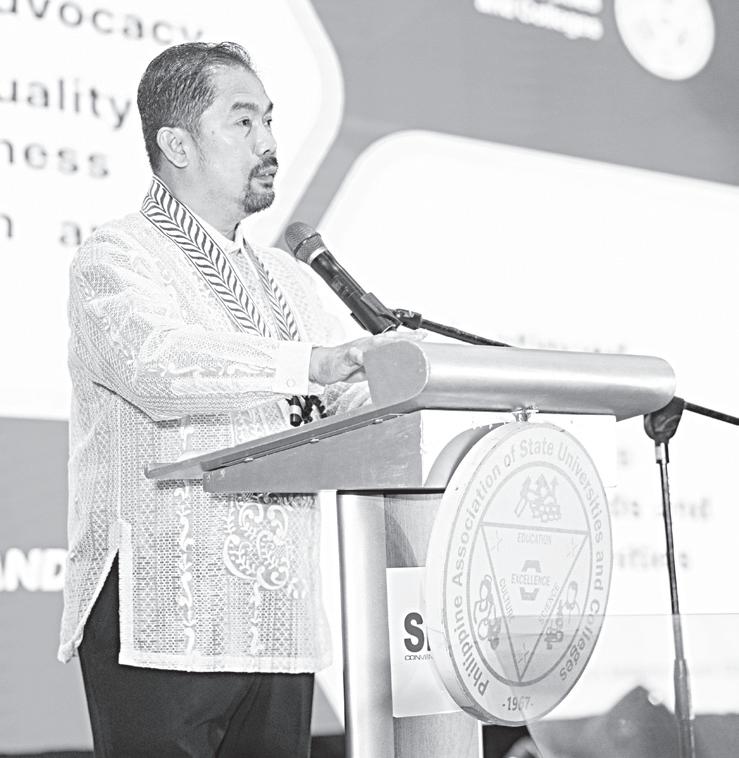
Once implemented, ROSSS-Phase II is expected to benefit SUCs by providing administrative plantilla positions for research, extension and auxiliary services. These, the budget secretary said, will support the longterm development of a more responsive and capable SUC workforce.
Pangandaman further emphasized the need for greater budget planning discipline, procurement efficiency, and capacity-building in preparation for the 2026 budget cycle and beyond.
In the subsequent lecture, Commission on Higher Education (CHED) Commissioner Marita R. Canapi called for a bold redefinition of SUC governance. She presented a holistic model focused on access, quality, internationalization, social responsibility and good governance.
Relevance, equity and adaptability
CHED Chairperson Shirley C. Agrupis also discussed “Trends and the Future of Philippine Higher Education,” as she pointed out the urgency for SUCs to transition from compliance-based management to impact-based governance, emphasizing relevance, equity and adaptability.
Agrupis underscored the need to strengthen policy implementation, enhance digital transformation, and improve the quality of instruction and research. She also presented data-driven insights into emerging global
trends in higher education, challenging SUCs to develop future-proof programs that respond to both local and international labor demands.
The Second Congressional Commission’s (EDCOM II) Executive Director Dr. Karol Mark R. Yee wrapped up Day 1 with the plenary session titled “The Philippines’ Free Higher Education: Challenges and Future Directions.” There, he offered a critical yet forward-looking assessment of Republic Act 10931 or the Universal Access to Quality Tertiary Education Act, then presented the ongoing national education review’s initial findings.
Dr. Yee raised concerns over declining SUC self-sufficiency, administrative overload, and quality assurance gaps linked to the Free Higher Education law. At the same time, he outlined policy opportunities for fiscal reform, differentiated SUC funding, and the introduction of optimal carrying capacity metrics, then pushed for a recalibration of access, quality and equity balancing across the public higher education system.
Over the next two days, attendees participated in high-level plenary and panel sessions. They tackled some of the most pressing themes in higher education today: internationalization, digital governance, science and innovation, readiness for artificial intelligence, resource management, and workforce well-being.
The event provided a rare convergence of insights and strategies aimed at priming SUCs to be more sustainability-aligned, globally competitive, and digitally empowered and institutions. It featured policy leaders from national agencies such as CHED; DBM; Department of Science and Technology; Department of Economy, Planning and Development; the Civil Service Commission; and the private sector.
According to organizers, this year’s PASUC Midterm Convention went beyond policy talk—it served as a critical platform for shaping higher education reform, enhancing institutional collaboration, and reinforcing the shared responsibility of SUCs in building a future-ready Philippines.
PASUC is the umbrella organization of all 113 SUCs in the Philippines. It serves as their collective voice in advancing quality, accessible, and relevant public-higher education.
Led by Dr. Ronquillo as president, as well as that of Batangas State University known as “The National Engineering University,” the association champions innovation, academic excellence, policy advocacy and institutional development, working closely with national government agencies, stakeholders, and international partners to strengthen the role of SUCs in nation-building and sustainable development.
SM’s Asia Pacific College students take part in keeping natl elections credible
ASIA-PACIFIC COLLEGE (APC) recently collaborated with the National Movement for Free Elections (NAMFREL) as analytics partner for the 2025 midterm elections. The tie-up provided APC students with authentic, high-impact learning experiences aligned with national service. The elections welcomed some 1.2 million first-time voters, and 1.8 million “Gen Zs” who exercised their right to suffrage. Beyond casting their votes, it also enabled young volunteers to directly engage in meaningful participation in a critically important national exercise.
Thirty-one students enrolled in APC’s Analytics and Artificial Intelligence (AI) class as well as from the Junior Philippine Computer Society took on key roles in analyzing real-time election data during the vote transmission period. They were mentored by the NAMFREL systems group and APC faculty members from the academe and industry.
APC’s School of Computing and Information Technologies Executive Director Rhea-Luz Valbuena led the student team and lauded their contribution in helping ensure transparency in the elections: “Through this partnership with NAMFREL, our students experienced firsthand the role of [information technology or] IT in helping safeguard the democratic process.”
For Valbuena, the guidance of NAMFREL ensured that the process was fair, accessible and accountable, as the students gained exposure not just to technical operations, but
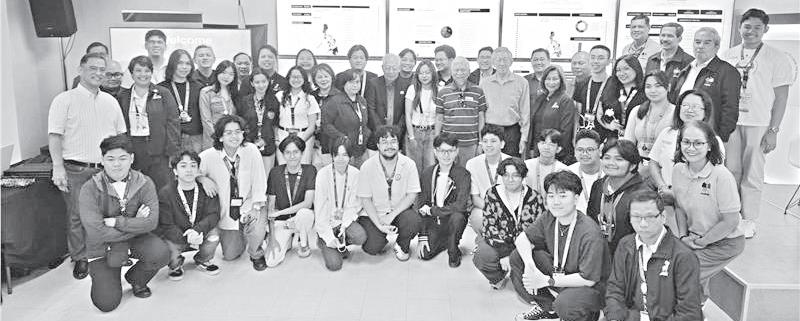
also ethical decision making, teamwork and civic responsibility.
This collaboration reflects APC’s unique project-based learning model, which blends academic rigor with experiential learning.
At the college, students go beyond simulated case studies—they are immersed in real-world environments, mentored by real professionals, and tasked with solving actual problems that matter.
In this project, third-year Computer Science and IT students from the APC analytics classes were organized into five agile teams, each with distinct roles: The Dashboard Team designed and managed real-time data visualization for election observers and stakeholders; the Machine Learning Team explored more analytics for election data; the Infrastructure Website Team ensured system reliability and deployment of analytics tools during operations; the Quality Assurance Team conducted
rigorous testing to ensure data accuracy and tool stability; the Cybersecurity Team monitored systems for potential threats and implemented safeguards during election return transmissions.
Students’ produced dashboards and insights can be accessed via elections.org.ph and namfrel-analytics-apc.org, which provided the public and election observers with meaningful, timely, and transparent access to electoral data.
“[Our] students learn not just theories— they apply their technical skills in analytics, cybersecurity, artificial intelligence and infrastructure in a real-world high-stakes environment,” said Prof. Valbuena. “APC affirms and reaffirms its commitment to project-based learning in preparing students for meaningful careers that not only impact the industry but also our country.”
The college is part of the SM group.
Editor: Mike Policarpio
Investing in education: Investment for the future–Israeli Embassy

AS part of its ongoing support for the Department of Education’s (DepEd) Brigada Eskwela 2025 initiative, the Embassy of Israel officially turned over the Alamim Learning Resource Center at Habay Elementary School in Bacoor, Cavite. Ambassador Ilan Fluss personally visited the school to inaugurate the center which was named after “Alamim”—a religious agricultural community near the Gaza border in Southern Israel. “The embassy is proud to sponsor another learning resource center for Filipino students. We value education. The future lies in the hands of today’s youth, this is why we are investing in their learning and growth.”
Inside the newly opened center, Mayor Strike B. Revilla of Bacoor City and his wife Chaye Cabal-Revilla, Mdm. Gila Fluss and her
sister Thalia Gazer joined the ambassador in a storytelling session of David and Goliath. The Alamim Learning Resource Center is fully equipped with educational materials and facilities such as a TV set, bean bags, reading materials, educational game boards, and other amenities designed to support a fun, creative, and comfortable learning experience.
The Embassy of Israel has actively supported DepEd’s Brigada Eskwela program, having inaugurated three other learning centers: the Jerusalem Learning Resource Center in Bagong Tanyag Elementary School (Taguig City), Ofakim Learning Resource Center in Malaya Elementary School (Quezon City), and Be’eri Learning Resource Center in San Juan Elementary School (San Juan City), each serving as a symbol of educational innovation and lasting international friendship.
UN agencies support quality & inclusive education in PHL
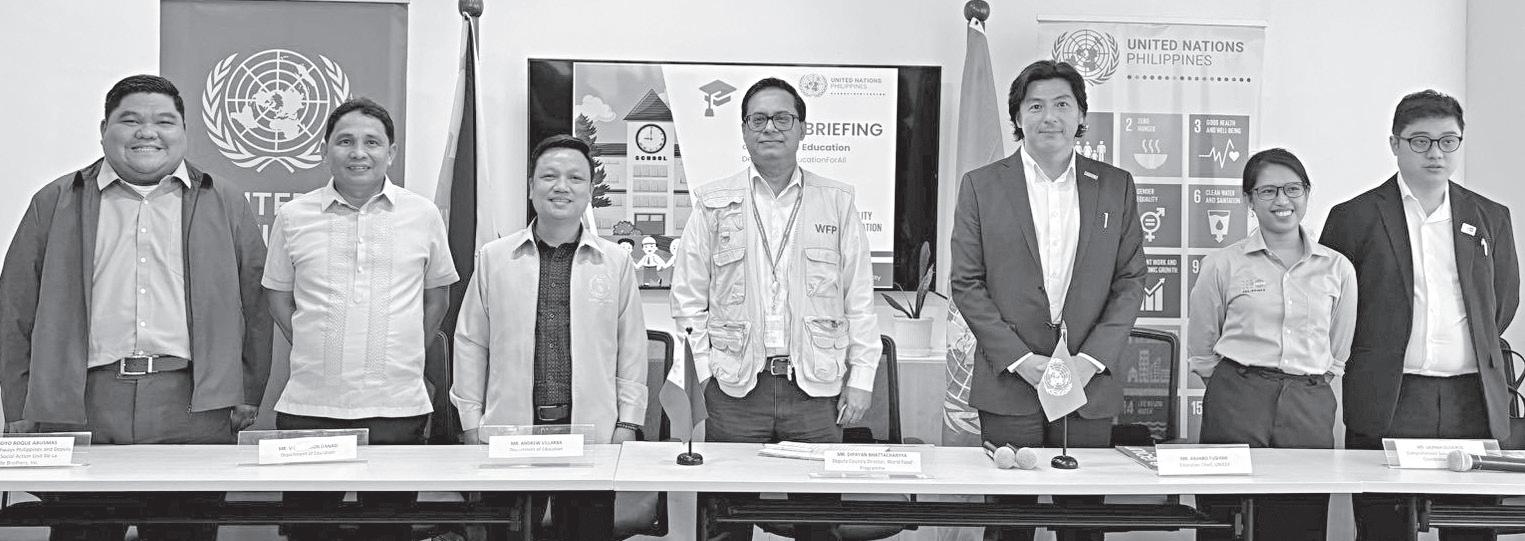
UNITED NATIONS agencies recently announced full backing behind quality and inclusive education in the Philippines.
In a press briefing, United Nations Children’s Fund (UNICEF) education chief Akihiro Fushimi noted that millions of Filipino children, mostly from the vulnerable and hardest to reach areas, are still unable to access quality education and learning opportunities.
According to Fushimi, “we are here as a UN body to contribute to the goal of the Philippine government and community to achieve quality education.”
The reiteration of support forms part of a week-long communications campaign by UN Philippines in line with the back-to-school season.
Present across various regions, UNICEF, the World Food Programme (WFP) and UN Population Fund support the Philippine government on a multitude of programs covering alternative learning systems, school meals initiative, comprehensive sexuality education and refugee education, among others.
Fushimi said UNICEF sees “big momentum” in terms of education support among stakeholders in the country.
The UNICEF official also noted that the Philippine adoption of the K-12 education system was a step in the right direction: “As early as three to four years before [children] enter Kindergarten, we must invest in their health, nutrition, and education. There is a huge momentum when it comes to support, with the leadership and with the technical people’s efforts daily.”
He also observed that the Philippines, along with other Southeast Asian states, is facing a “learning crisis” amid poor learning outcomes among school kids.
Fushimi noted that within the region, 90 percent of Grade 5 children cannot read at their expected level, while 83 percent are struggling with basic math: “That is serious
and widespread; a real learning crisis—that was before Covid-19. During the pandemic, the Philippines [had] a two-year-long school closure.”
UNICEF estimates, he shared, that in general, Filipino children in Grade 4 have skills in reading and math at Grade-2 levels—already two years behind, and “it is worse in BARMM [Bangsamoro Autonomous Region in Muslim Mindanao].”
Meanwhile, WFP deputy country director Dipayan Bhattacharyya said the issue may also be attributed to several factors, such as poverty and malnutrition.
Bhattacharyya said the WFP will continue to support the Philippines in fulfilling its commitments to the Global School Meals Coalition, which include reaching universal school meals coverage by 2030.
“If you look into the way the current school feeding program in the Philippines is designed, it addresses just one element of malnutrition, which is wasting, [or low weight for height,]” he said. “We would really go for universal targeting, rather than targeting specific children.”
The WFP official acknowledged that implementing a universal school-feeding program would require funding and vowed to provide assistance, including the identification of sustainable financial models.
Among his recommendations is to amend Republic Act 11037, or the Masustansyang Pagkain para sa Batang Pilipino (Nutritious Food for Filipino Children) Act, which guides the rollout of government-sponsored feeding in schools.
“The targeting approach is determined by that republic act. We are really requesting and advocating the government to revisit this and amend it, so that we can really move toward a universal school feeding program,” Bhattacharyya said. “We are happy to work with the government in terms of looking at different kinds of financing models sustainably.” Joyce Ann L. Rocamora/PNA
REPRESENTATIVES from United Nations agencies reiterate their full backing for inclusive education in the Philippines. JOYCE ROCAMORA/PNA
PASUC president Dr. Tirso A. Ronquillo
AMBASSADOR Ilan Fluss (left) leads a story-telling session.
OFFICIALS from NAMFREL, APC and student-volunteers
Tourism Editor: Edwin P. Sallan
NOT ANOTHER GUIDE
What I found in Boracay when I didn’t look for anything
Story & photos by Bless Aubrey Ogerio
MALAY, Aklan—I didn’t ride a crystal kayak. I didn’t pose on Puka Beach. I didn’t sip fruit shakes beneath a sunset glow.
My first time in Boracay was quiet, overcast and soaked in rain. And yet, it was no less magical, just different. Also, who even chooses to travel to a summer island in July, at the height of the rainy season? Add to that the fact that I was on a work trip—not a vacation—and there really wasn’t any reason to expect joy. Somehow, joy found me anyway.
But this write-up isn’t a guide to the island’s best bars or beaches, nor a curated list of must-dos. This is what happens when you don’t have an itinerary, a bucket list to check off and or pressure to do what everyone else is doing:
The roads will beat you I HAVE been active most of my life. I jog regularly and don’t shy away from long distances or hilly routes. Still, Boracay threw me off. I thought the uphill climbs would be limited to resorts tucked deep into the island. Turns out, even outside hotel zones, the roads slope and curve in places you wouldn’t expect. What looked like a short, simple route on the map felt like a slow, sweaty climb in real life.
That’s when I learned that Boracay’s terrain isn’t as flat as its beaches. Some parts, especially around Yapak and Manoc-Manoc, are built on rocky ground. The island’s narrow shape also means elevation can change quickly, so you go from breezy beachfront to steep incline in just a few minutes on foot.
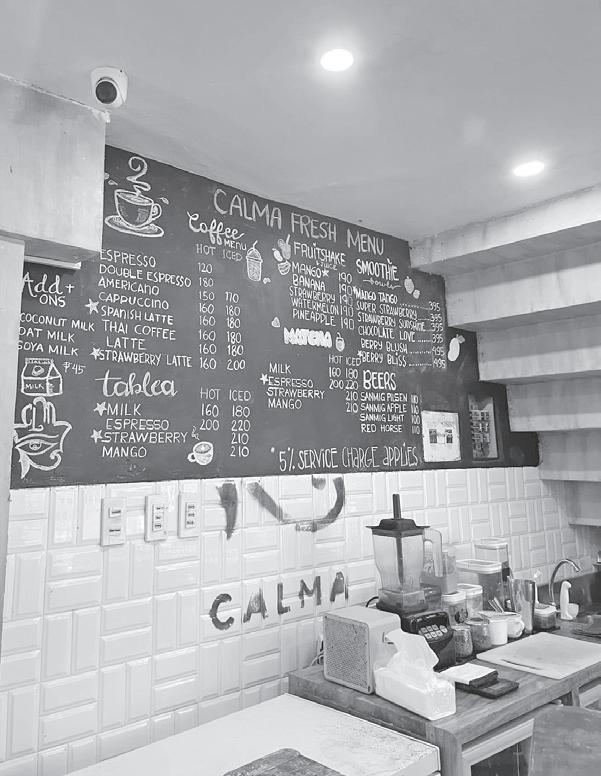
On one hand, while most of the main roads are cemented, not all are well-lit. I didn’t plan to jog in the dark, but that’s what happened. It wasn’t ideal, but it’s the kind of detail that sticks with you, long after the trip ends.
The sun depends on where you sleep I CAUGHT a moody sunset mid-jog, and the next morning, I woke up to a sunrise right outside my hotel balcony. On the east side of the island, where I stayed (at Belmont Hotel in Newcoast), the mornings begin with golden light spilling over the hills and into your window. It’s a quieter, more secluded stretch of the island, away from the crowds, but not too far to walk.
The west side, meanwhile, is home to White Beach and Stations. It deliv -

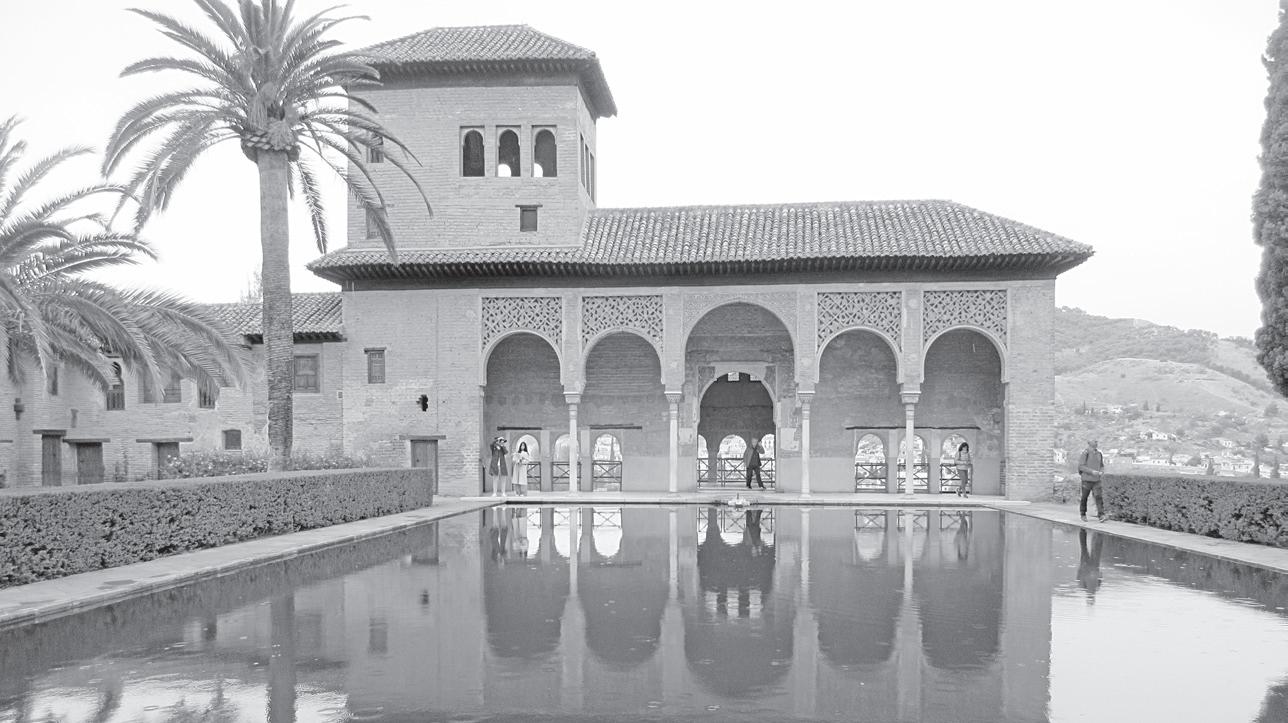
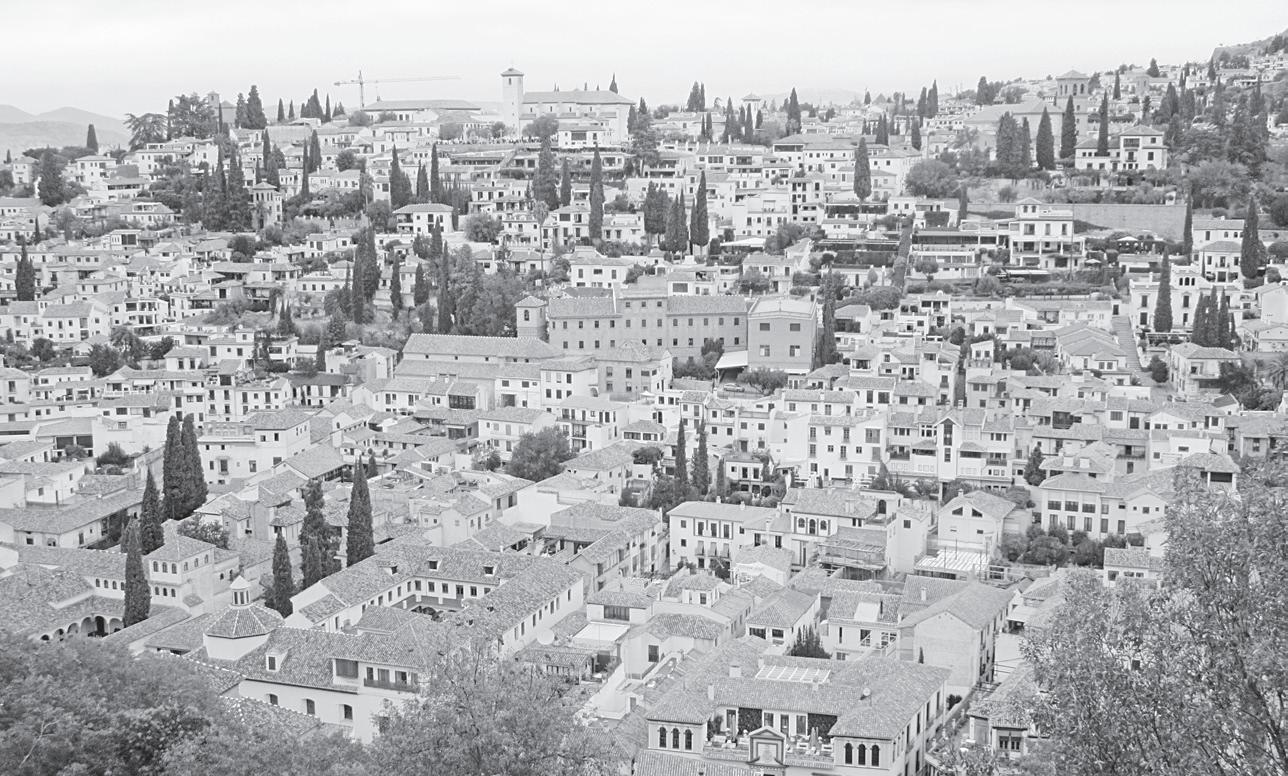
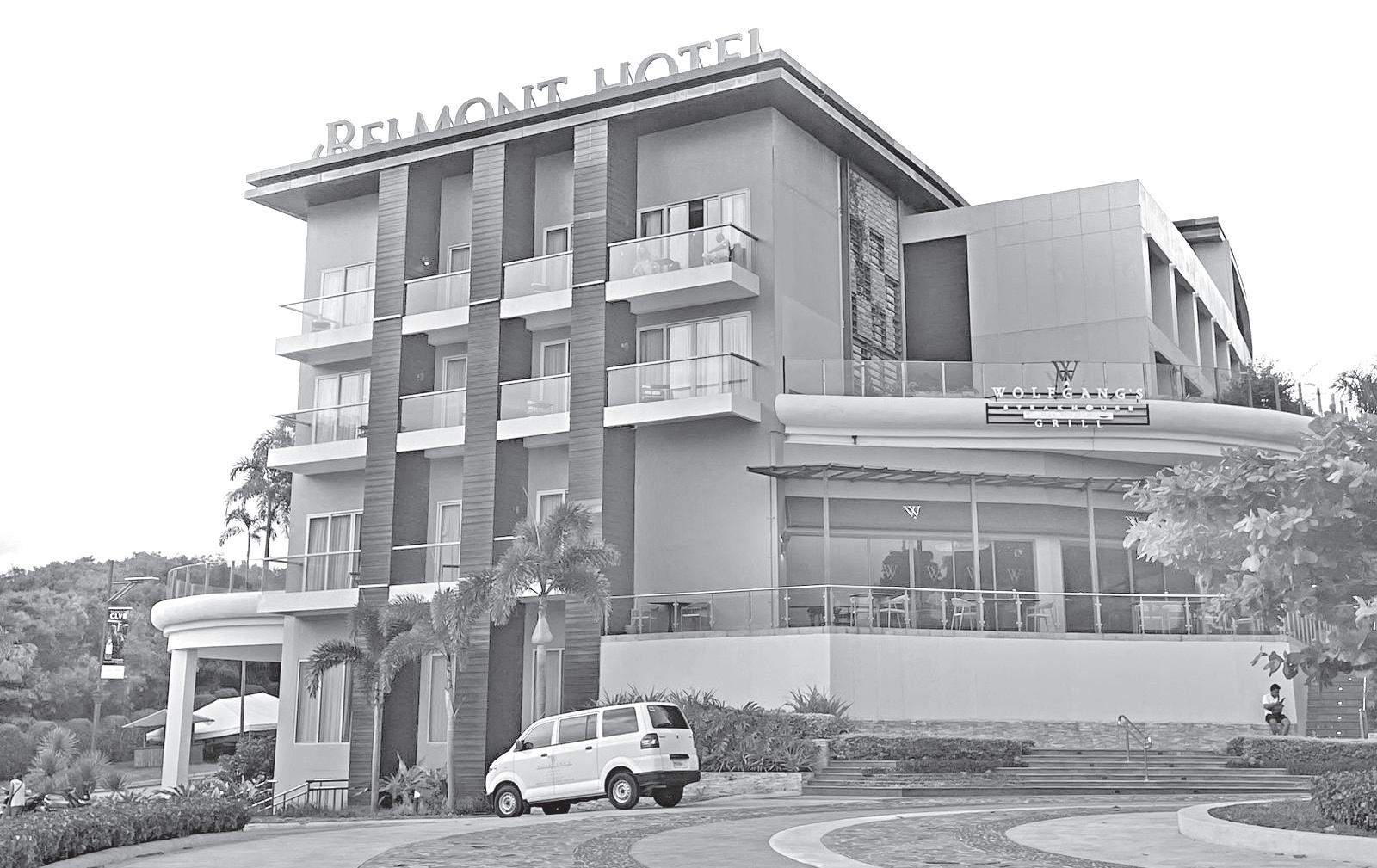
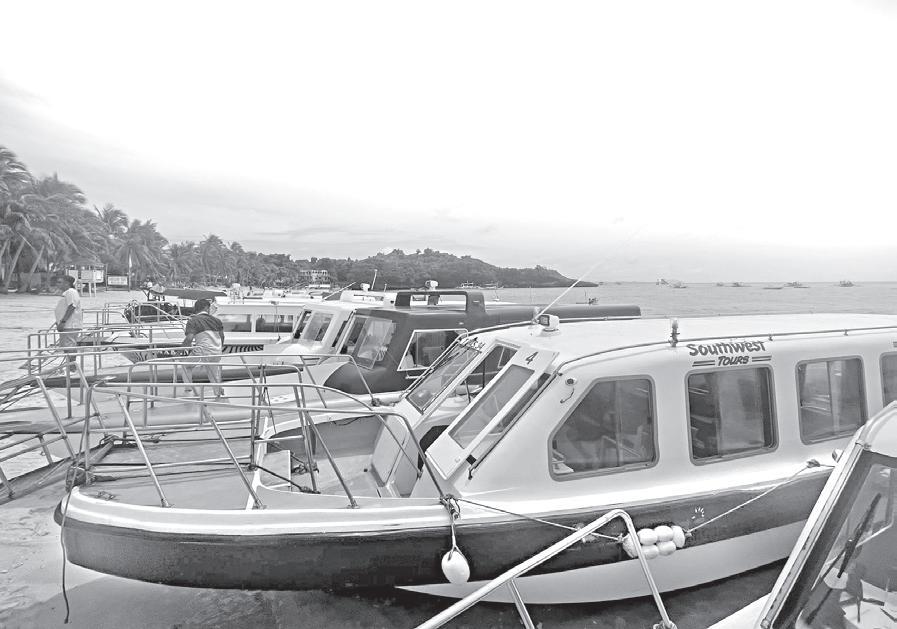
ers the iconic sunsets and the island’s social buzz, perfect for your gram.
Even the ports are dictated by geography and weather. Cagban Jetty Port, on the southern tip, is the island’s main gateway during the dry season when seas are calmer. But when Habagat rolls in and waves grow rough, operations shift to Tambisaan Port on the east.
Not all stores trust eWallets yet I WENT walking along the Boracay main road looking for snacks. I passed sari-sari stores, carinderias, general merchandise shops and stalls tucked beside homes and talipapas. Most didn’t accept GCash or Maya. Cashless options may be present
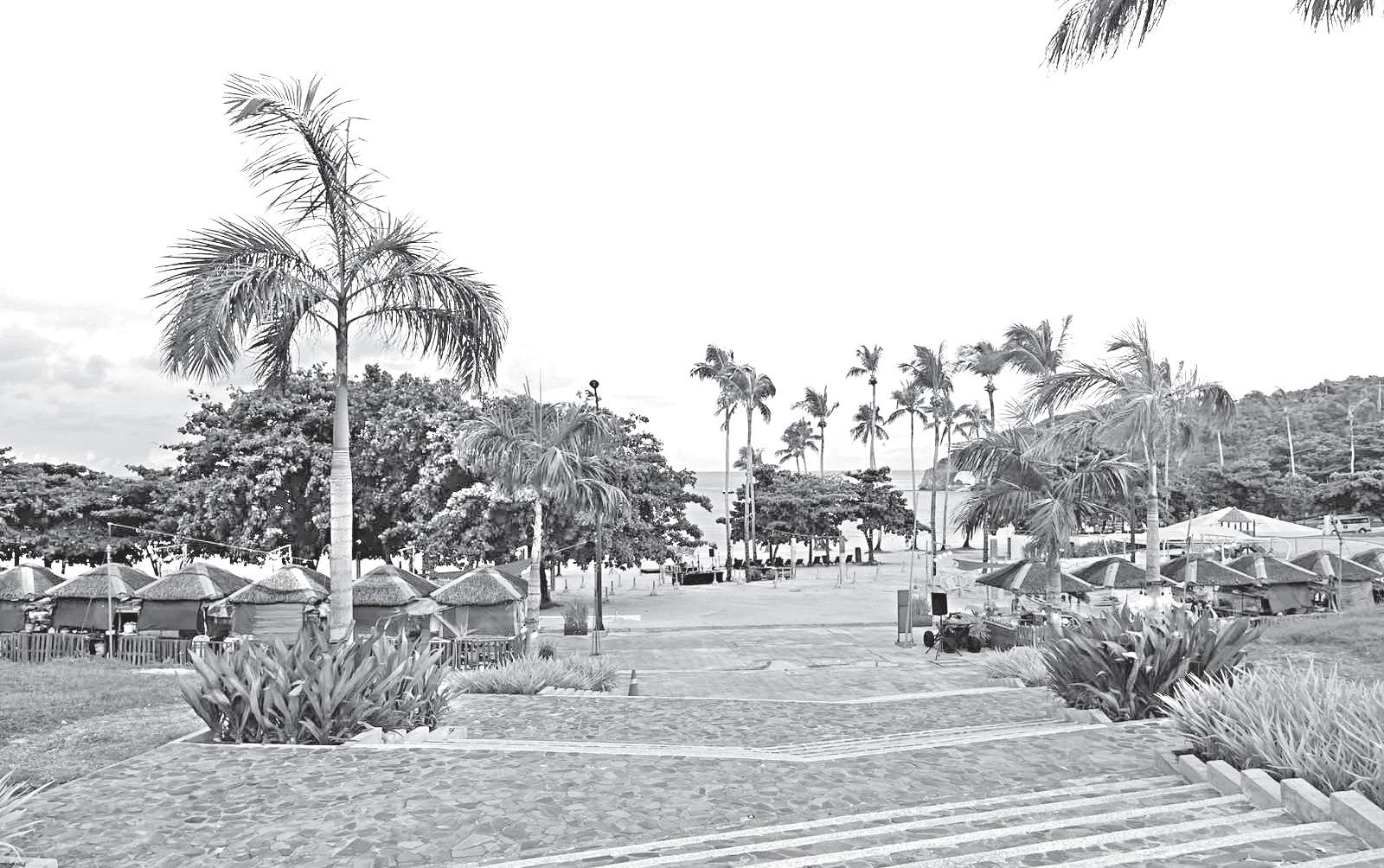
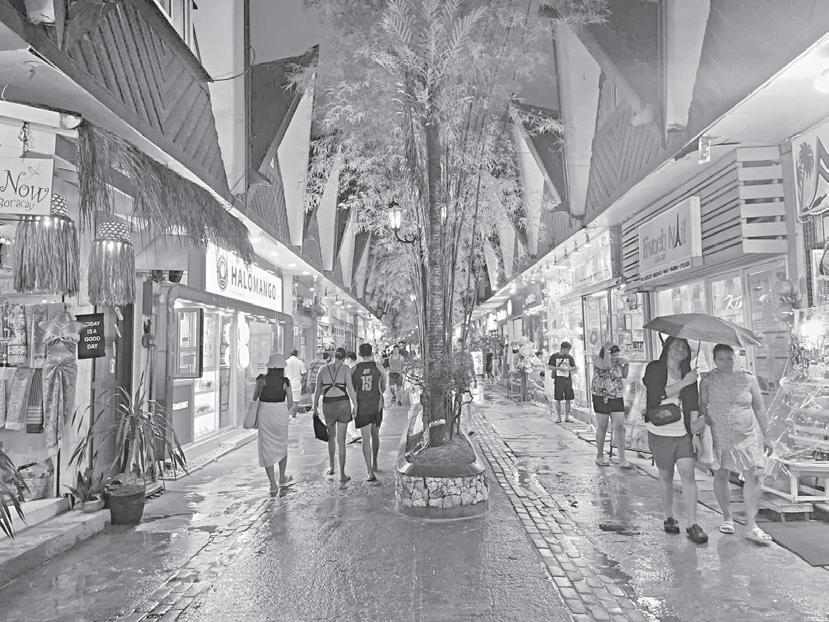
in major establishments like those in CityMall, D’Mall or the beachfront. But walk just a little beyond the tourist zones, and cash becomes king. It is undeniable how Boracay became that global tourist hotspot, and how Filipinos are quick to adopt mobile payment apps, as shown in Appdome Inc.’s 2024 consumer survey. However, the heart of the island still beats with local rhythms, with the main road still mostly lined with residential homes, small family-run businesses and communities of indigenous Ati families.
A familiar tongue opens familiar doors THIS was a solo trip, so I relied on
INSIDE THE ALHAMBRA
IBerida
T was already late in the evening when I arrived in Granada, Spain. However, this didn’t diminish my excitement for the upcoming days during my stay. I was eager to visit the Alhambra. The latter is an ancient citadel that houses historic palaces and lush gardens with beautiful overlooking views.
The Historic City of Granada GRANADA is a city in Andalusia. It used to be a Moorish stronghold before the Catholic monarchy took it in 1492. This mix of Christian and Islamic influences give the city its distinct character exemplified in its architecture. The city is full of fine examples of centuries old churches, monasteries, historic buildings, Moorish-inspired homes, and grandiose palaces. Despite obvious modernizations such as hotels, shops from famous brands, supermarkets, and fast food chains, the city feels like it’s lost in time. The Granada Cathedral is an awe-inspiring architectural gem that dates to the 16th century.
The Albaicín or the ancient Arabic Quarter is a maze of cobblestone streets and centuries old buildings. You could spend hours here just soaking in and experiencing the history of the city. This neighborhood provides one of the best views of the Alhambra. You can see the huge citadel looming over Granada from Mirador of San Nicolas.
The Alhambra ONE of Spain’s (not just Granada’s) most popular tourist attractions is the Alhambra. This massive complex is like one giant history book because of the historic palaces, gardens, and architectural influences you’ll

my small talk skills. Thankfully, they paid off. I met a Bisaya traveler who lived just a few kilometers from my area. We headed to the same spot and took separate tricycles. He was charged P150. I was quoted P200. Was it unfair? Maybe. But I understood it. In the island, fares aren’t measured by meters. There's a fixed or per-destination fare system, but it's loosely applied. Whether you're a local, domestic tourist or foreigner, it shifts depending on location, time of day and number of passengers, On a more positive note, many drivers offer shared rides to lower your cost. Others adjust when you negotiate. It’s just that if you speak
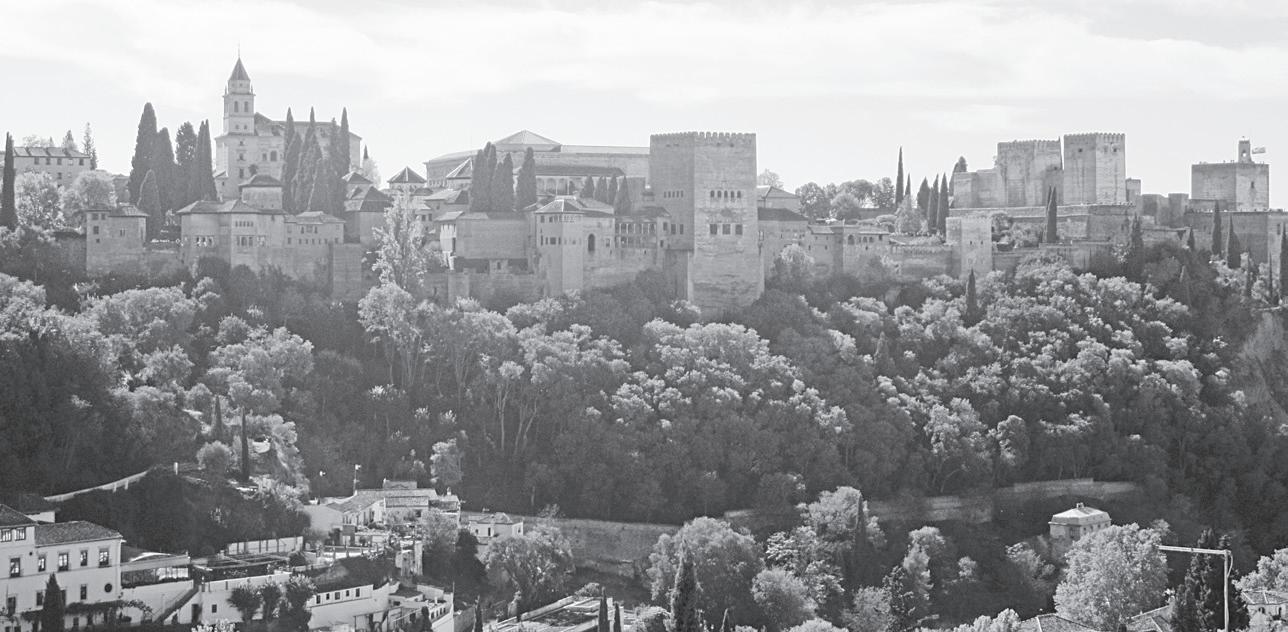


Cebuano, Hiligaynon or Aklanon, it’s easier to build rapport.
Rain on the beach is still lovely ON my last night on the island, the skies opened up while I wandered around D'Mall feeling soaked, starving and unsure where to go. It should’ve felt like a downer, but it didn’t. The lights were warm. The streets buzzed. Vendors sold souvenirs. Tourists, though damp, still explored. The island adjusted, and so did I. It was a reminder of what the whole trip had been: not what I expected, but something I didn’t know I needed. That sometimes, when you don’t chase the view, the view finds you anyway.
plex into Renaissance-style architecture. Over the centuries, the Alhambra sustained substantial damage because of wars and natural disasters. However, renovations and reconstructions saved the complex from deterioration and further damage. The Alcazaba is the oldest part of the citadel; however, you’ll only see vestiges of its former grandeur. Some of the remnants of this storied past include its huge walls, ramparts, and towers. The Sala de los Embajadores or the
Story & photos by Joshua
Alhambra looms large over Granada.
Ukraine to boost domestic arms production to counter Russia’s invasion, says Zelenskyy
By Volodymyr Yurchuk & Emma Burrows The Associated Press
KYIV, Ukraine—A new Ukrainian government approved Thursday will race to expand domestic arms production to meet half the country’s weapons needs within six months as it tries to push back Russia’s invasion, Ukrainian President Volodymyr Zelenskyy said.
Meanwhile, Switzerland said Thursday that the US Defense Department had informed it that Washington is diverting a Swiss order for Patriot air defense systems to help Ukraine, which badly needs to improve its response to increasingly heavy Russian aerial attacks.
Patriot air defense systems for Ukraine
THE Swiss Defense Ministry, which in 2022 ordered five Patriot systems, said Thursday it has been informed by the US
Defense Department that it will “reprioritize the delivery of Patriot systems to support Ukraine.”
It was not immediately clear whether the Swiss-ordered Patriots would go directly to Ukraine or would replace units in other European countries that may be donated to Kyiv.
Delivery to Switzerland of the systems, worth billions of dollars, was scheduled to begin in 2027 and be completed in 2028.
But the Swiss government said Washington informed it of the
Syria’s Druze find
By Abdelrahman Shaheen & Kareem Chehayeb
The Associated Press
JARAMANA, Syria—A Syrian Druze woman living in the United Arab Emirates frantically tried to keep in touch with her family in her hometown in southern Syria as clashes raged there over the past days.
delay on Wednesday, adding that it was unclear how many systems would be affected.
The need to adequately arm Ukraine’s military is pressing as Russia looks to drive forward its summer offensive after three years of war and pounds Ukrainian cities with hundreds of drones and ballistic and cruise missiles.
It remains unclear when the promised US-made weapons, especially the Patriot systems, might reach Ukraine. Trump has agreed to send the weaponry, but it will be paid for by European countries.
No timeframe for foreign weapons in Ukraine
THE US Ambassador to NATO, Matthew Whitaker, said he couldn’t give a timeframe for when Ukraine might get extra foreign weapons.
“We are all moving with haste to facilitate this and get this done. Things are actually moving very quickly, but I can’t verify a date that this will all be completed. I think it’s going to be an ongoing movement,” he told reporters in Brussels.
“The plan is that there will be American-made defense equipment, capabilities, that will be sold to our European allies, that they
will provide to Ukraine,” he said.
British Defense Secretary John Healey said Thursday he and his German counterpart Boris Pistorius will chair a meeting of Ukraine’s allies on Monday to discuss US President Donald Trump’s weapons plans. Healey said US Defense Secretary Pete Hegseth and NATO leader Mark Rutte will attend the meeting of the Ukraine Defense Contact Group.
NATO’s Supreme Allied Commander Europe, Gen. Alexus Grynkewich, told The Associated Press Thursday that “preparations are underway” for weapons transfers to Ukraine and that NATO is working “very closely” with Germany to transfer Patriot systems.
Grynkewich said at a military event in Wiesbaden, Germany, that he had been ordered to “move (the weapons) out as quickly as possible.” He said the number of weapons being transferred is classified.
German Defense Ministry spokesperson Mitko Müller said Wednesday he couldn’t confirm that anything is currently on its way to Ukraine.
Rutte, the NATO chief, said in Washington on Monday that the alliance is coordinating the military support with funding from allies in Europe and Canada. He
said there were commitments from Germany, Finland, Denmark, Sweden, Norway, the United Kingdom, the Netherlands and Canada, “with more expected to follow.”
Ukraine now makes 40% of its own weapons
UKRAINE’S domestic defense manufacturing already accounts for almost 40% of weapons used by the Ukrainian military, according to Zelenskyy. As uncertainty grows about how many more weapons shipments Western countries can provide—and how quickly— Ukraine is keen to increase its output and widen its strikes on Russian soil.
“What we need is greater capacity to push the war back onto Russia’s territory—back to where the war was brought from,” Zelenskyy said late Wednesday in his nightly video address.
“We must reach the level of 50% Ukrainian-made weapons within the first six months of the new government’s work by expanding our domestic production.”
Ukraine has also developed its own long-range drones, which it uses to strike deep inside Russia.
Russian air defenses shot down 122 Ukrainian drones overnight, the country’s defense ministry
said Thursday. The wave of drones caused flights to be grounded at airports in Moscow and St. Petersburg, although most of the drones were reportedly destroyed over the border regions of Bryansk and Kursk.
Meanwhile, Russia attacked Ukraine with 64 Shahed and decoy drones overnight, killing at least one person, the Ukrainian air force reported. The assault centered on the industrial Dnipropetrovsk region, officials said.
In other developments: RUSSIA on Thursday sent to Ukraine 1,000 bodies, including some of the country’s fallen soldiers, the Ukrainian Coordination Headquarters for the Treatment of Prisoners of War said. At the same time, Russia received the bodies of 19 soldiers, Russian presidential aide Vladimir Medinsky said. The exchange was part of a deal reached at direct peace talks last May and June that produced few other agreements between the sides.
Burrows reported from Wiesbaden, Germany. Geir Moulson in Berlin and Lorne Cook in Brussels contributed to this report.
bodies in the streets while searching for loved ones after days of clashes
Her mother, father and sister sent videos of their neighbors fleeing as fighters moved in. The explosions from shelling were nonstop, hitting near their house. Her family took shelter in the basement. When she reached them later in a video call, they said her father was missing. He had gone out during a lull to check the situation and never returned.
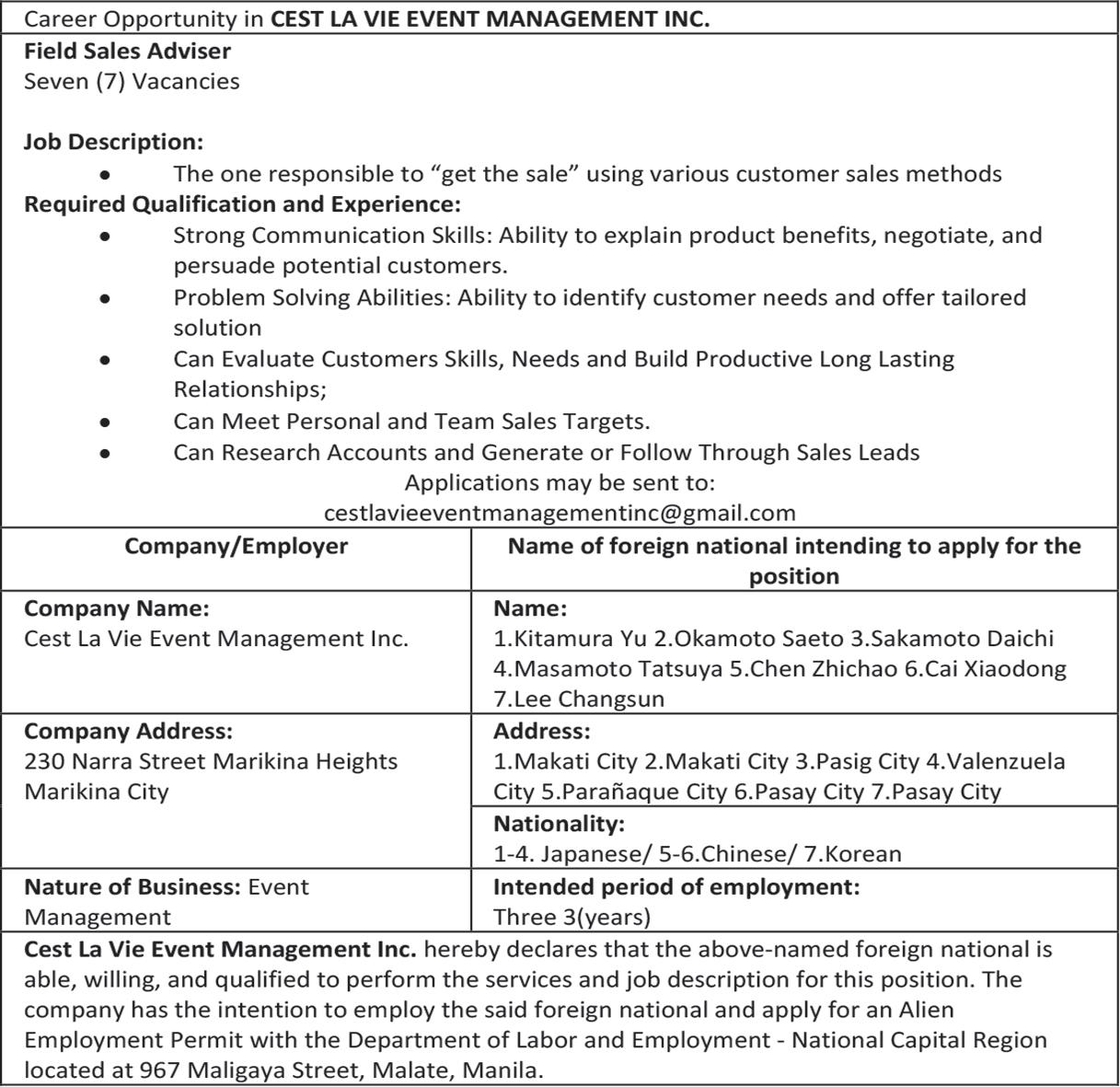
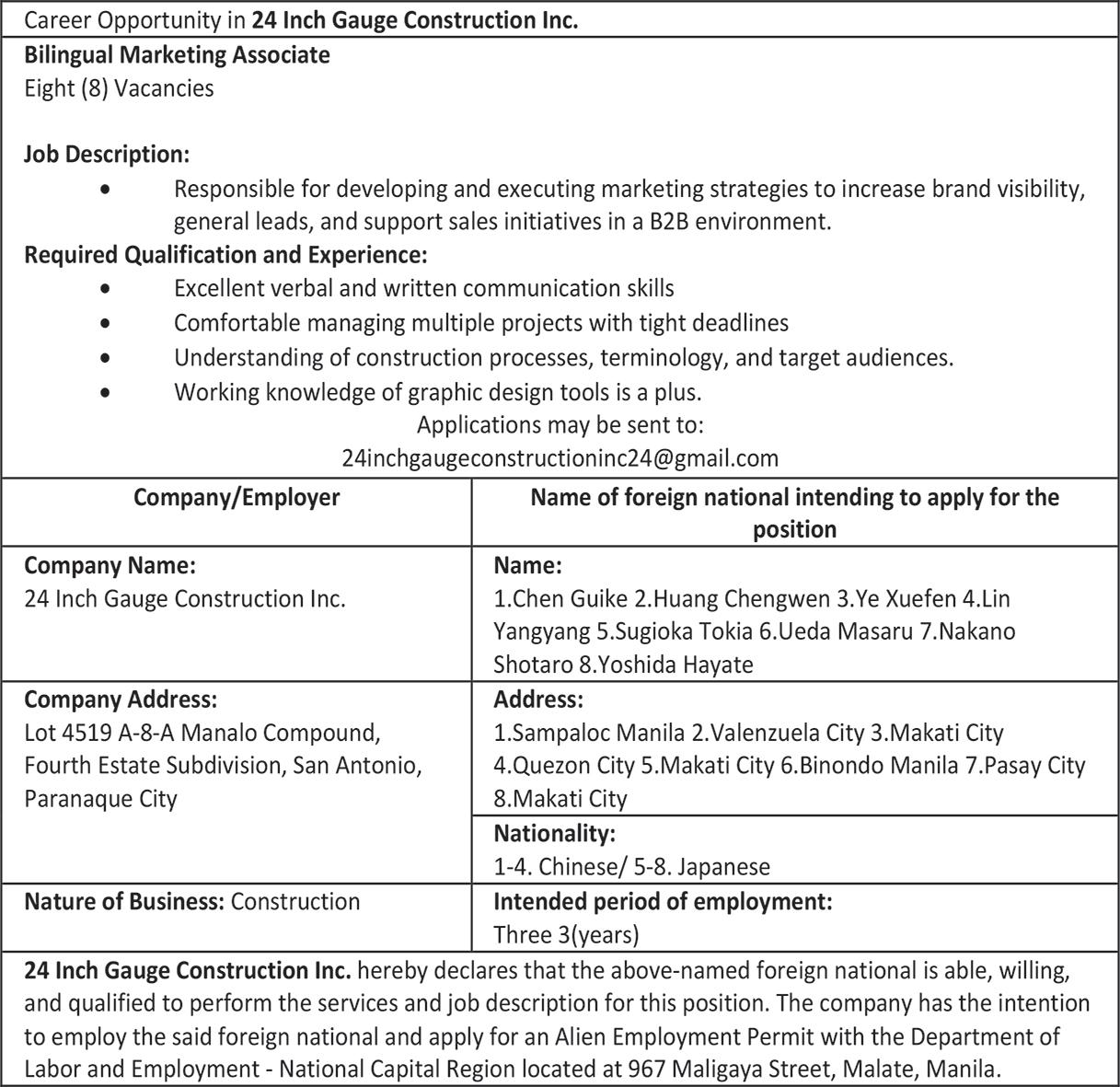
“Now I only pray. That’s all I can do,” she told The Associated Press at the time. Hours later, they learned he had been shot and killed by a sniper. The woman spoke on condition of anonymity fearing that using her name would put her surviving family and friends at risk.
A ceasefire went into effect late Wednesday, easing days of brutal clashes in
Sweida. Now, members of its Druze community who fled or went into hiding are returning to search for loved ones and count their losses. They are finding homes looted and bloodied bodies of civilians in the streets.
‘Systemic killings’ THE fighting began with tit-for-tat kidnappings and attacks between local
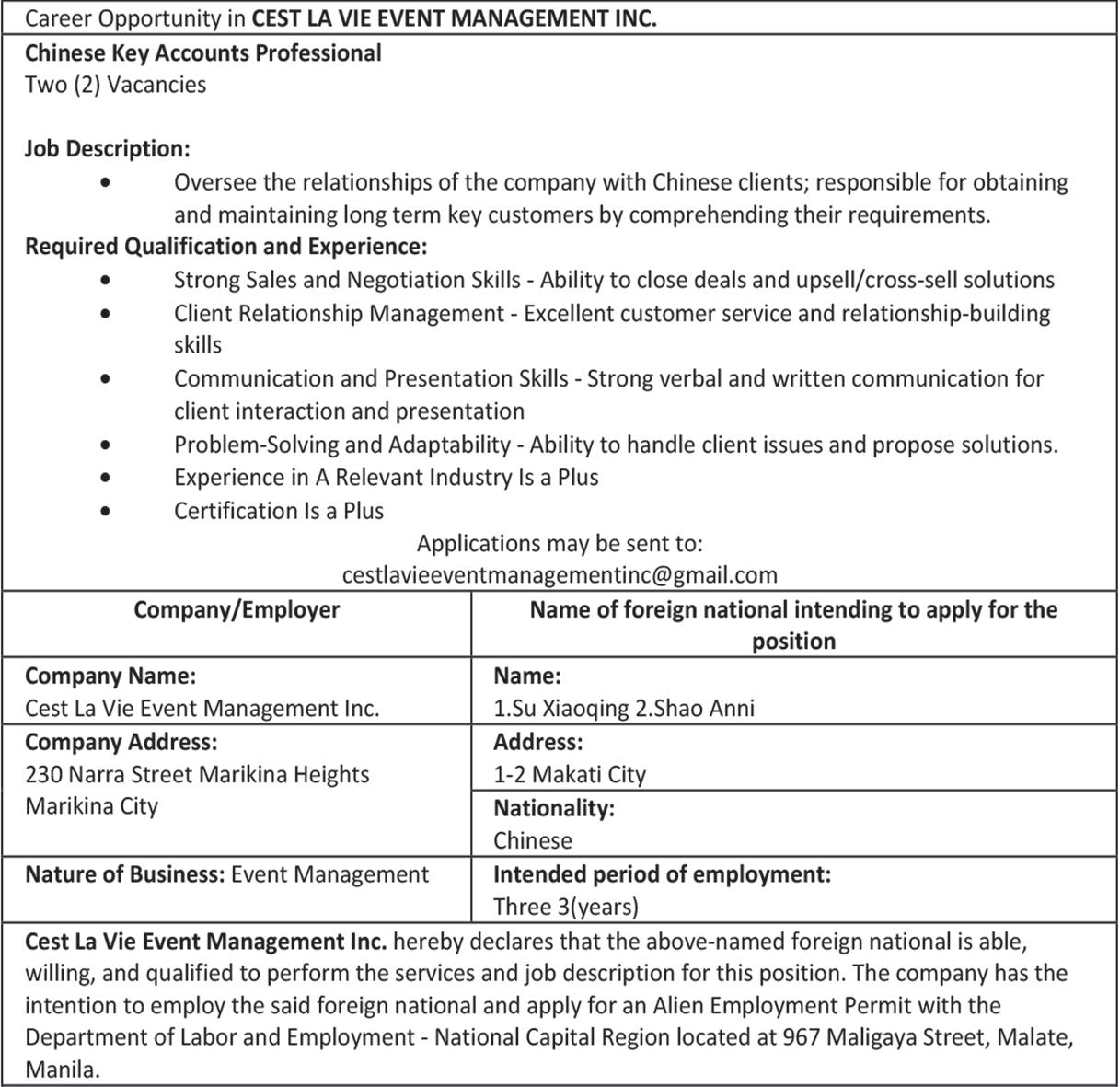
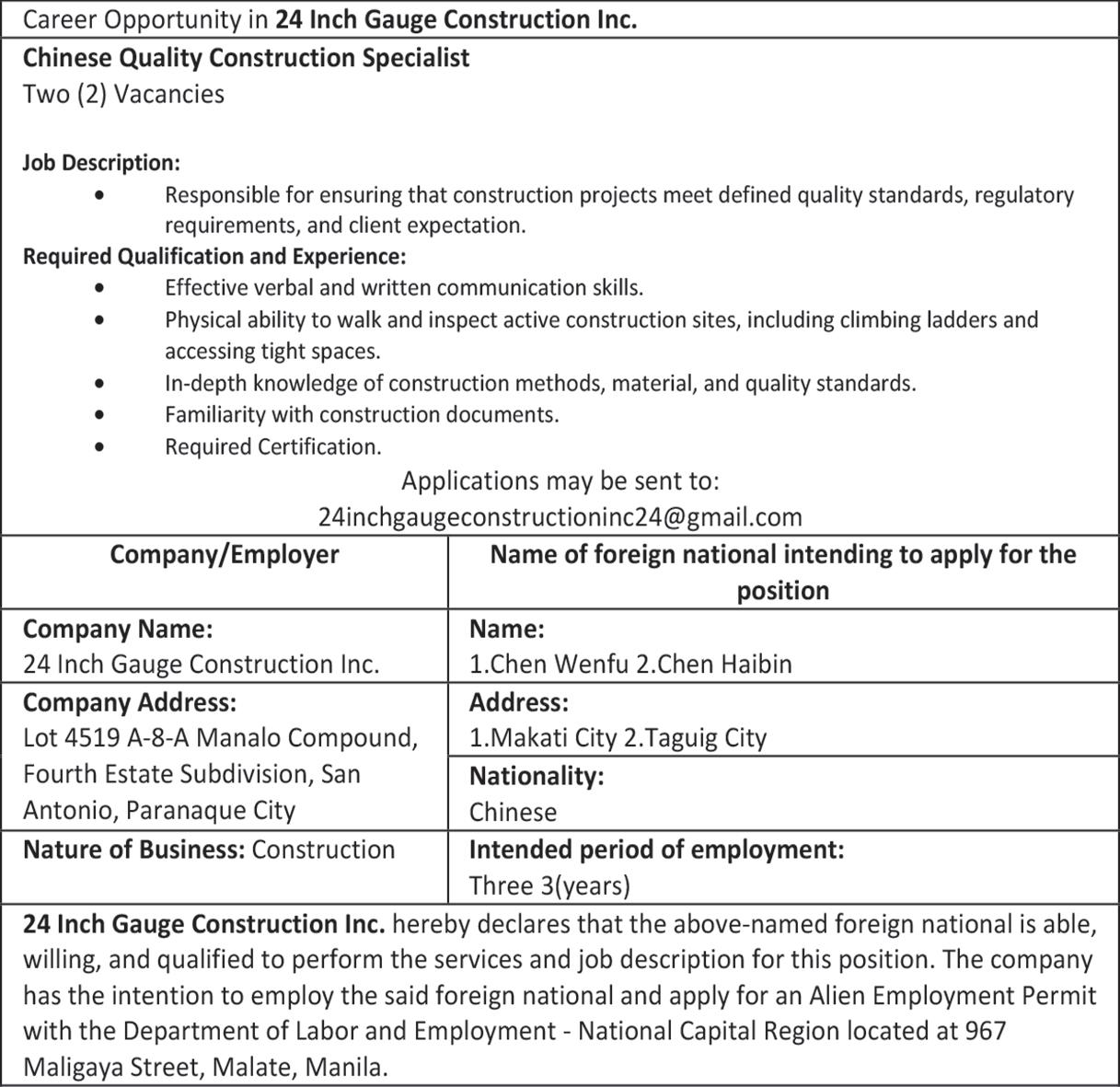
Sunni Bedouin tribes and Druze militias in the majority-Druze Sweida province. Government forces that intervened to restore order clashed with the Druze militias, but also in some cases attacked civilians. At least 600 people—combatants and civilians on both sides—were killed in four days of clashes, according to the Syrian Observatory for Human Rights, a Britainbased war monitor. It said the dead included more than 80 civilians, mostly Druze, who were rounded up by fighters and collectively shot to death in what the monitor called “field executions.”
“These are not individual acts but
See “Druze,” A12
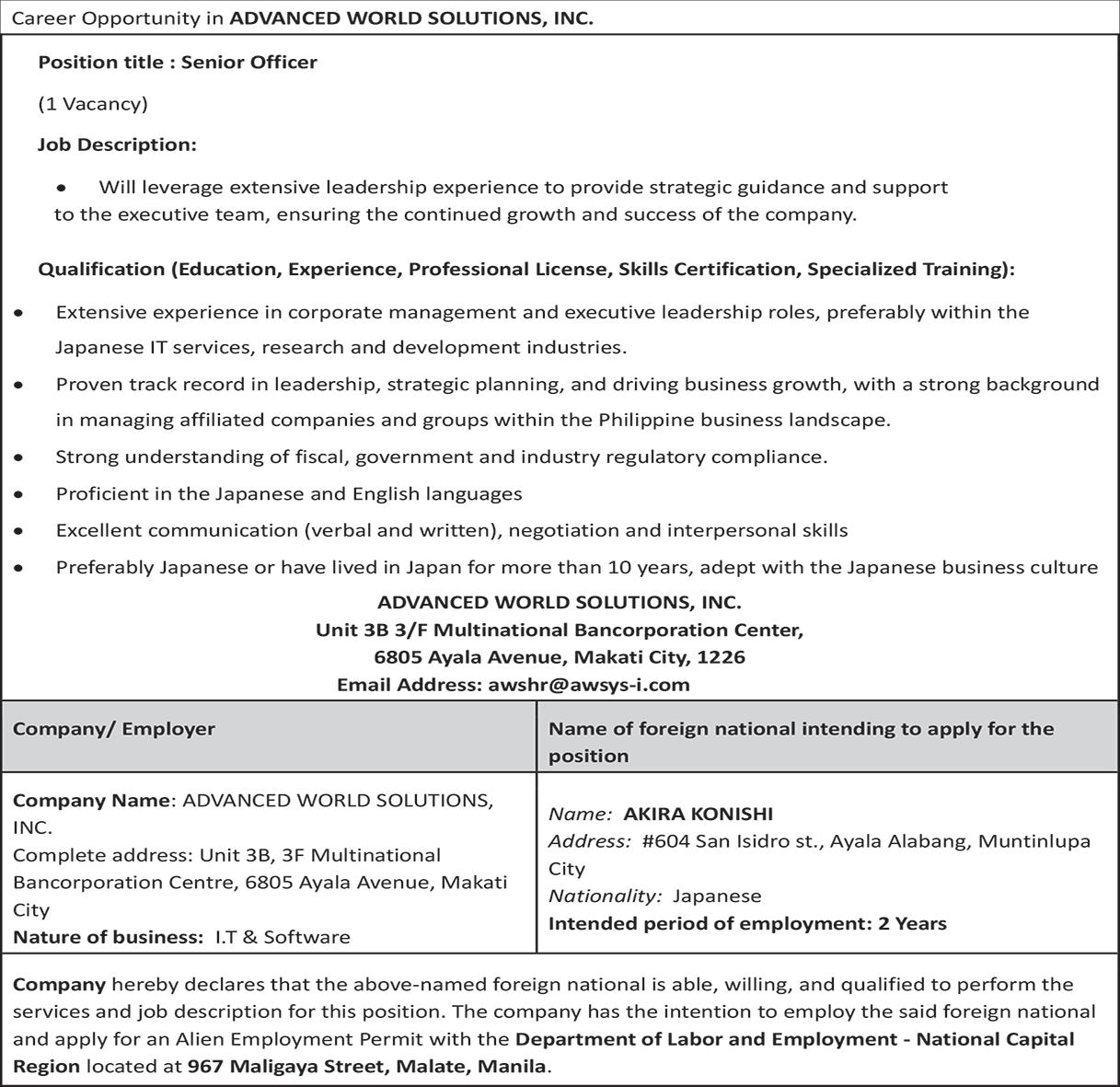
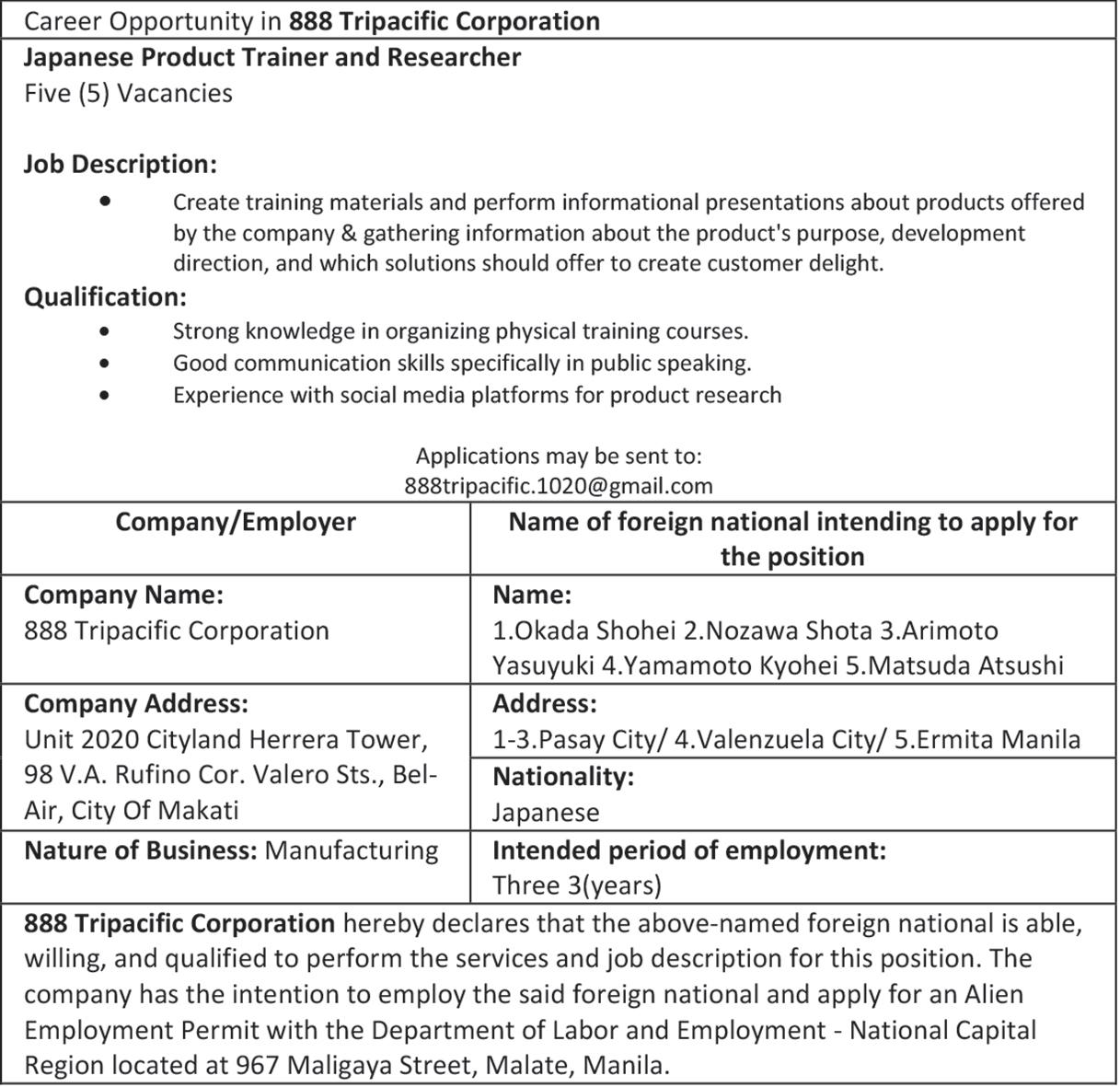
EU targets Russia’s energy revenue, shadow fleet with new sanctions over war on Ukraine
By Lorne Cook The Associated Press
BRUSSELS—The European Union approved on Friday a new raft of sanctions against Russia over its war on Ukraine, including a lower oil price cap, a ban on transactions with Nord Stream gas pipelines, and the targeting of more shadow fleet ships, EU foreign policy chief Kaja Kallas said.
“The message is clear: Europe will not back down in its support for Ukraine. The EU will keep raising the pressure until Russia ends its war,” Kallas said in a statement.
Kallas said the EU move amounts to “one of its strongest sanctions packages against Russia to date” linked to the war, which is now in its fourth year. It comes as European countries start to buy US weapons for Ukraine to help the country better defend itself.
The European Commission, the EU’s executive branch, had proposed to lower the oil price cap from $60 to $45, which is lower than the market price to target Russia’s vast energy revenues.
The EU had hoped to get major international powers in the Group of Seven countries involved in the price cap to broaden the impact, but conflict in the Middle East pushed up oil prices and the Trump administration could not be brought onboard.
In 2023, Ukraine’s Western allies limited sales of Russian oil to $60 per barrel but the price cap was largely symbolic as most of Moscow’s crude—its main moneymaker—cost less than that. Still, the cap was there in case oil prices rose.
Oil income is the linchpin of Russia’s economy, allowing President Vladimir Putin to pour money into the armed forces without worsening inflation for everyday

people and avoiding a currency collapse.
The EU has also targeted the Nord Stream pipelines between Russia and Germany to prevent Putin from generating any revenue from them in future, notably by discouraging would-be investors.
Russian energy giant Rosneft’s refinery in India was hit as well.
The pipelines were built to carry Russian natural gas to Germany but are not in operation. They were targeted by sabotage in 2022, but the source of the underwater explosions has remained a major international mystery.
On top of that, the new EU sanctions targeted Russia’s banking sector, with the aim of limiting the
Kremlin’s ability to raise funds or carry out financial transactions.
Two Chinese banks were added to the list.
The EU has slapped several rounds of sanctions on Russia since Putin ordered his troops into Ukraine in February 24, 2022.
More than 2,400 officials and “entities”—often government agencies, banks, companies or organizations—have been hit with asset freezes and travel bans.
But each round of sanctions is getting harder to agree, as measures targeting Russia bite the economies of the 27 member nations. Slovakia held up the latest package over concerns about proposals to stop Russian gas supplies, which it relies on.
The last raft of EU sanctions, imposed on May 20, targeted almost 200 ships in Russia’s sanction-busting shadow fleet of tankers. Friday’s measures added more than 100 more ships to the list.
France withdraws from Senegal, ending its permanent military presence in West Africa
By Babacar Dione & Mark Banchereau
The Associated Press
DAKAR, Senegal—The French military complet -
ed its withdrawal from Senegal on Thursday, the last West African country where it maintained a permanent troop presence, amid waning regional influence in recent years.
France has faced opposition from leaders of some of its former colonies in Africa over what they described as a demeaning and heavy-handed approach to the continent.
The French military handed over Camp Geille, its largest base in Senegal, along with a nearby air facility, to the Senegalese government during a ceremony in the capital, Dakar.
Gen. Pascal Ianni, head of French forces in Africa, said the handover marked a new phase in military ties.
“It is part of France’s decision to end permanent military bases in West and Central Africa, and responds to the Senegalese authorities’ desire to no longer host permanent foreign forces on their territory,” he said.
Senegal’s military chief, Gen.
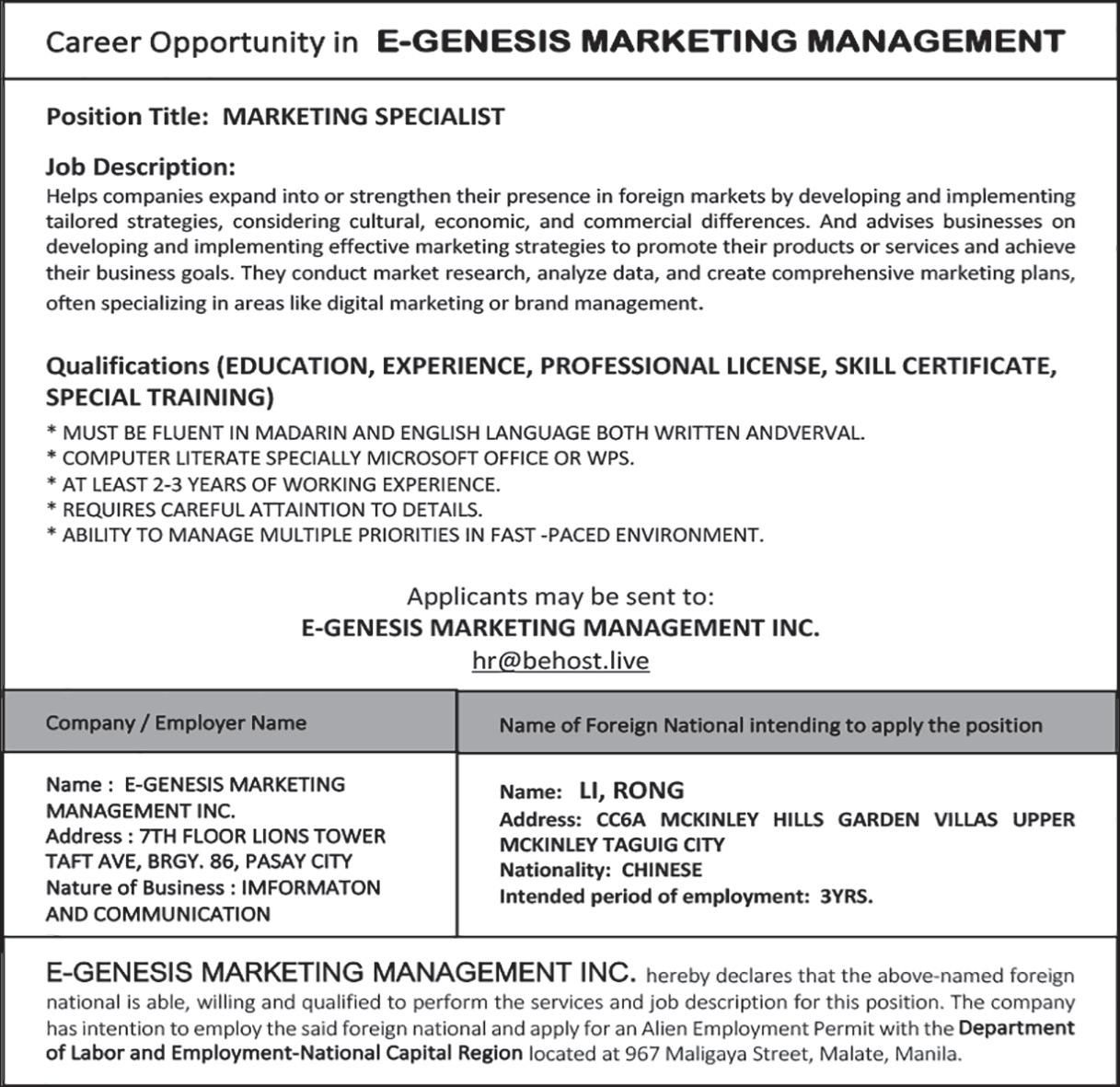
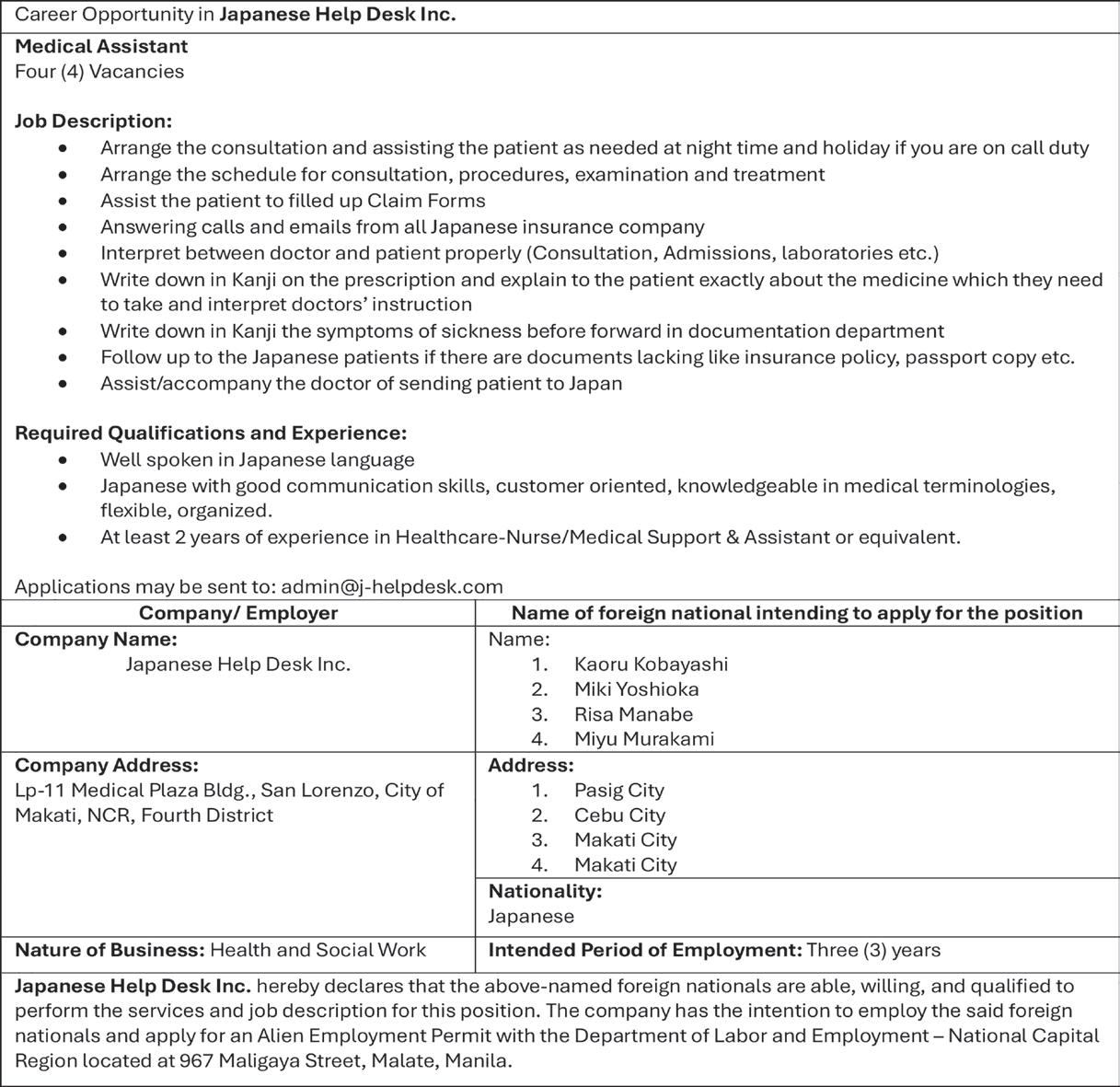
Mbaye Cissé, said the withdrawal supports the country’s new defense strategy.
“Its primary goal is to affirm the autonomy of the Senegalese armed forces while contributing to peace in the subregion, in Africa, and globally,” Gen. Cissé said.
The ceremony marked the completion of a three-month withdrawal of roughly 350 French troops from the West African country, which began in March.
France’s military had been present in Senegal since it gained independence from France in 1960, under military cooperation agreements between the two countries.
The withdrawal followed a call by Senegalese President Bassirou Diomaye Faye last year for all foreign troops to leave, citing Senegal’s sovereignty as incompatible with hosting foreign bases.
Senegal’s new government has taken a hardline stance on the presence of French troops as part of a larger regional backlash against what many see as the legacy of an oppressive colonial empire.
France has said it is closing all permanent French military bases in Africa except in the eastern African country of Djibouti, where France has around 1,500 troops.
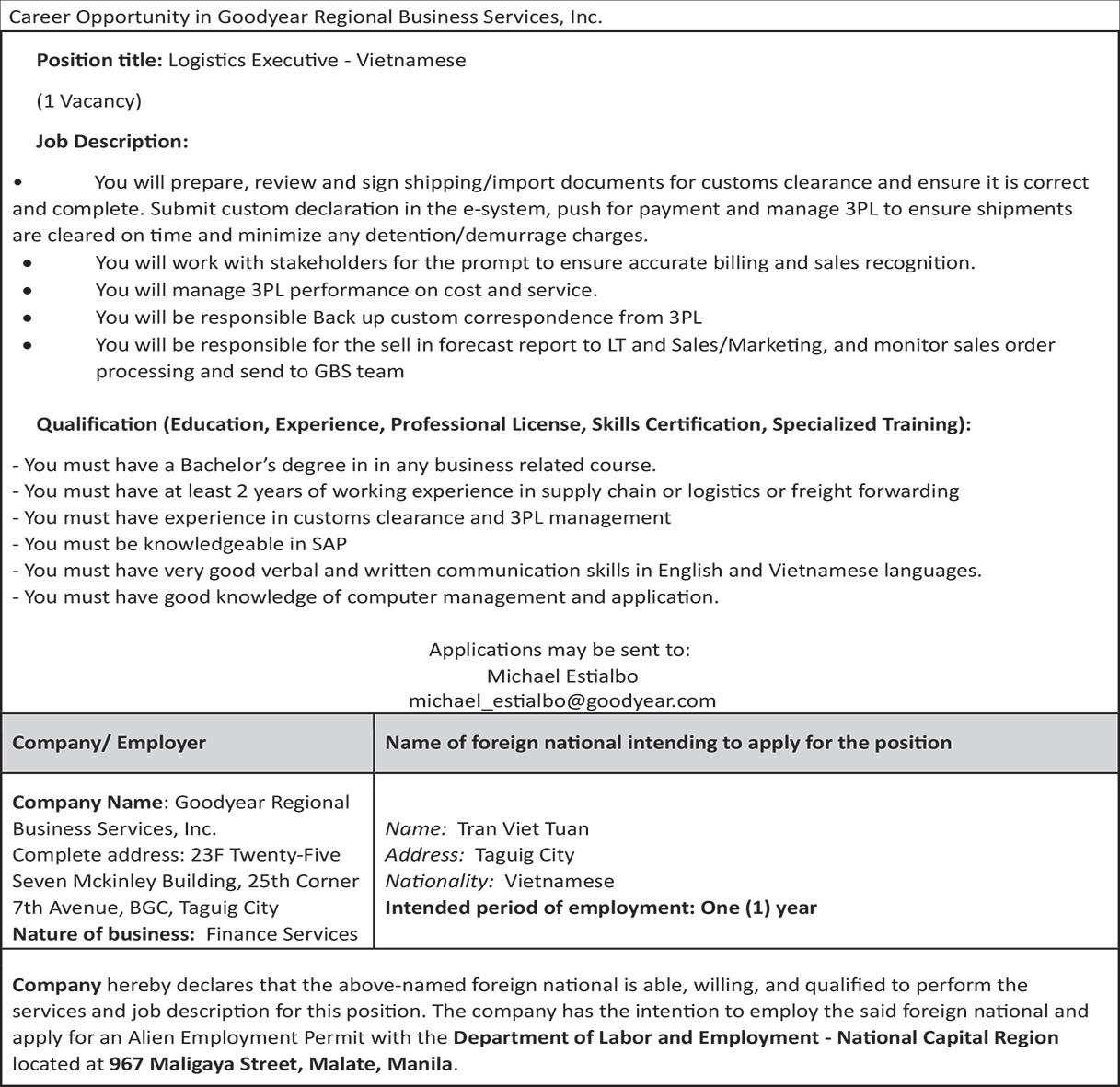
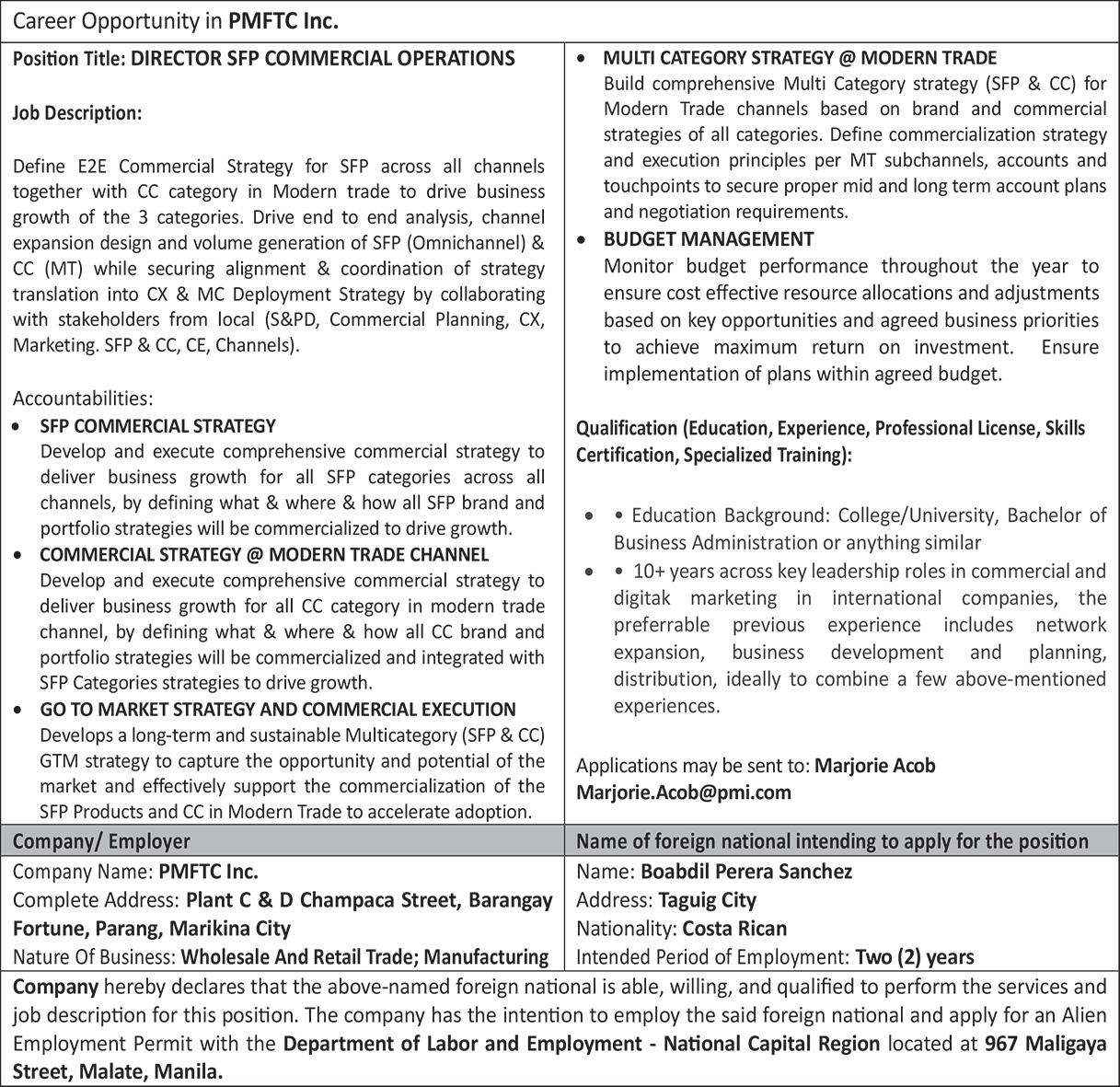
Col. Guillaume Vernet, spokesman for the French military’s chief of the defense staff, said the withdrawal from Senegal is part of a shift away from France’s strategy of permanent presence in West and Central Africa toward a more flexible “partnership” approach.
He said the French military would provide countries with defense training or targeted military support, based on needs expressed by those countries. France has suffered setbacks in Africa recently, including in Chad and the Ivory Coast where it handed over its last military bases earlier this year.
They follow the ousting of French forces in recent years in Niger, Mali and Burkina Faso, where military-led governments have turned to Russia instead for military support.
While France is ending its permanent military presence in West and Central Africa, some of its army staff will remain in the region.
Around 350 French servicemen are still present in Gabon, where the army has turned its base into a camp shared with the central African nation. In the Ivory Coast, some 80 French servicemen advise and train the country’s military.

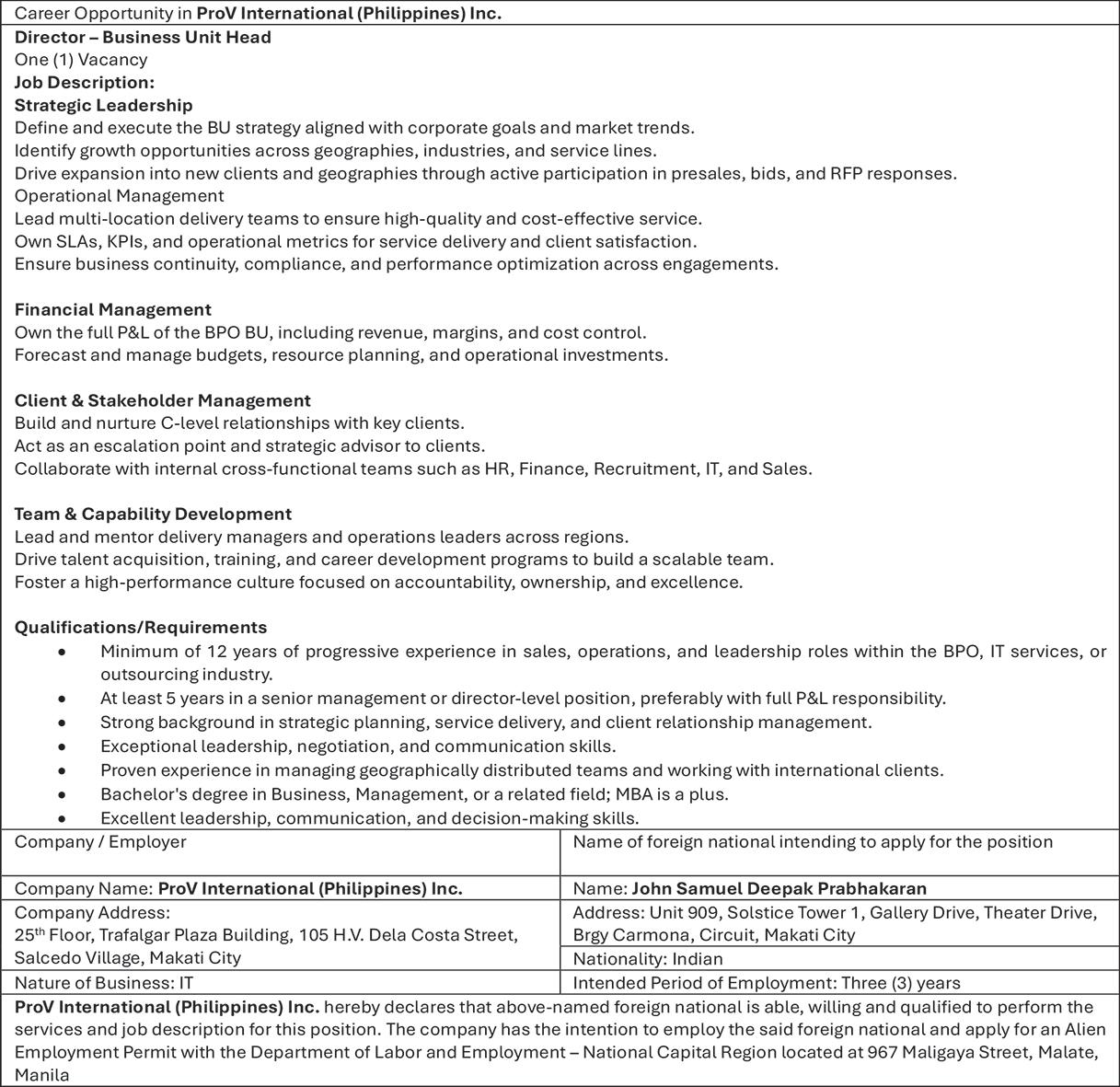
MEMBERS of a French military flight crew talk on the tarmac at France’s military air base in Dakar, Senegal, Tuesday, June 2, 2009. AP/REBECCA BLACKWELL
TSA could relax liquid carry-on rules, joining end to shoe removal
By Rebecca Santana & Wyatte Grantham-Philips The Associated Press
NEW YORK—When limits on liquids were introduced at TSA checkpoints across the country in 2006, bins overflowed with bottled water, toothpaste, shaving cream and so much more. Nearly two decades later, travelers are much more accustomed to the “3-1-1” regulations” governing the size of the liquids they’re flying with, but scenes of passengers guzzling a beverage before putting their bags through the screening machines are still common.
That’s why Homeland Security Secretary Kristi Noem sent ripples through the traveling public when she said earlier this week that changes might be afoot when it comes to the TSA’s current liquid limits.
“The liquids, I’m questioning. So that may be the next big announcement, is what size your liquids need to be,” Noem told a conference in Washington. Will travelers be able to carry bigger bottles? Multiple 1-quart bags of liquids? Those details haven’t been rolled out. But coming on top of her announcement earlier this month that travelers could keep their shoes on at TSA checkpoints, it seems a much different security experience for American air travelers might be emerging.
Druze. . .
Continued from A10
systemic,” the Observatory’s director Rami Abdul-Rahman told the AP. “All the violations are there. You can see from the bodies that are all over the streets in Sweida clearly show they’re shot in the head.” In response, Druze militias have targeted Bedouin families in revenge attacks since the ceasefire was reached. Footage shared on Syrian state media shows Bedouin families putting their belongings in trucks and fleeing with reports of renewed skirmishes in those areas. There was no word on casualties in those attacks. Most of the Syrian Druze who spoke to
9/11 and its aftermath changed much AIRLINE travel changed dramatically after the September 11, 2001 attacks. Before that, airlines were responsible for security and would often contract it out to private firms, said Henry Harteveldt, an airline industry analyst with Atmosphere Research Group. Travelers often didn’t need to show their ID at security checkpoints—and people without boarding passes, such as family members or friends, could go to the gate in some locations.
“It was much more casual. And clearly it was ineffective, because 9/11 occurred,” Harteveldt said.
That’s when the Department of Homeland Security and the Transportation Security Administration
the AP requested anonymity, fearing they and their families could be targeted.
The Druze religious sect is an offshoot of Ismailism, a branch of Shiite Islam. More than half of the roughly 1 million Druze worldwide live in Syria. The others live in Lebanon and Israel, including in the Golan Heights, which Israel captured from Syria in the 1967 Mideast War and annexed in 1981.
They largely celebrated the downfall in December of Syrian autocrat Bashar Assad but were divided over interim President Ahmad al-Sharaa’s Sunni Islamist rule. The latest violence has left the community more skeptical of Syria’s new leadership and doubtful of peaceful coexistence.
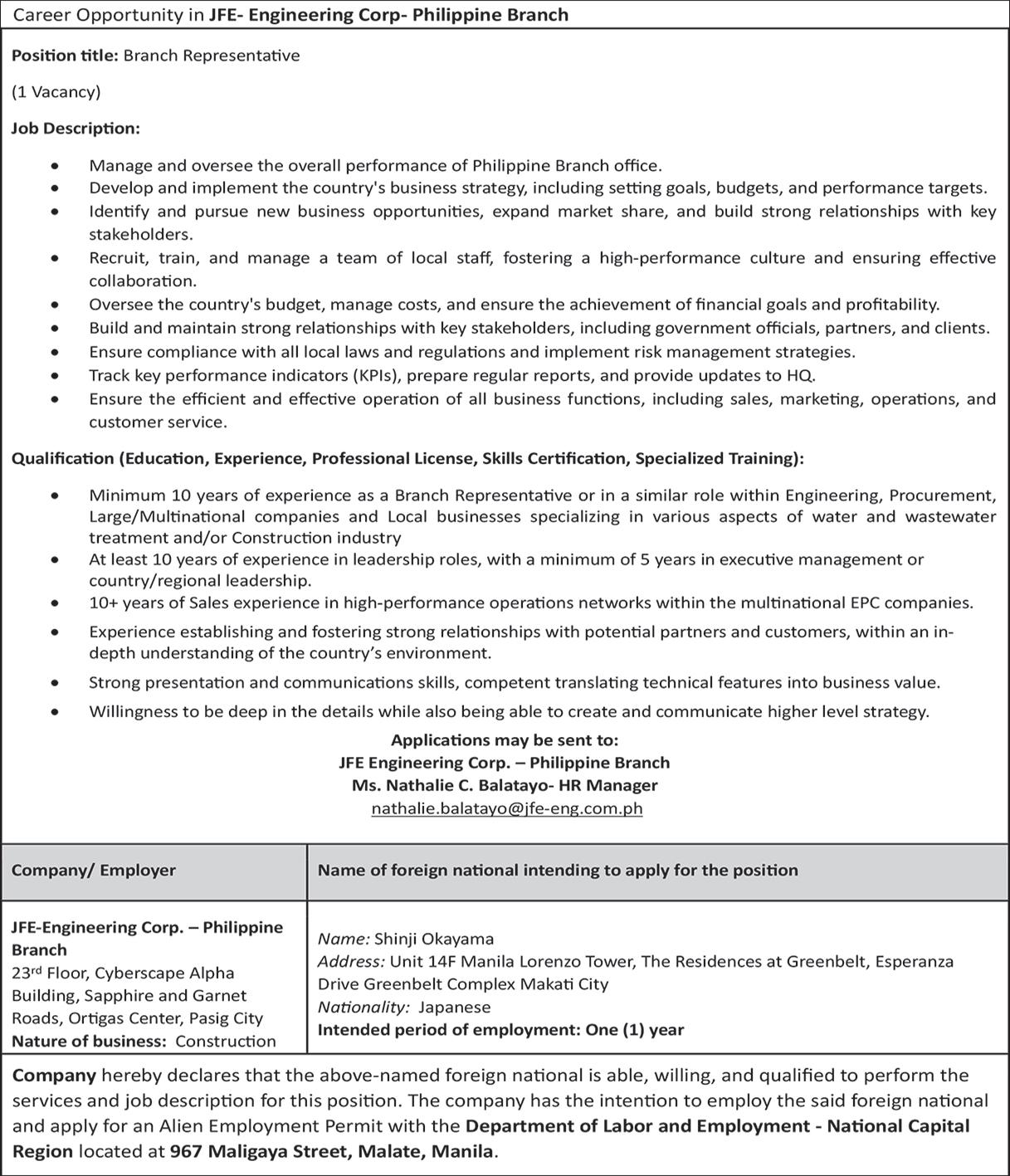
were born, with the mandate of preventing more terrorist attacks.
The liquid limits, however, didn’t kick in until 2006, after authorities foiled a plot that used liquid explosives smuggled aboard carry-on luggage. The TSA then very briefly banned all liquids in carry-on luggage. That ban lasted about six weeks, but strained airlines’ baggage systems as more and more travelers turned to checked bags to pack toiletries.
At the time the 3.4-ounce limit was implemented, the FBI and other laboratories had found that tiny amounts of substances small enough to fit into a quart-size bag couldn’t blow up an airliner.
When the ban was eventually lifted in September 2006, consumers and businesses alike had to learn how to adapt to the 3-11 rule—leading to more demand for smaller, travel size bottles of anything from shampoo to toothpaste, as well as clear, “TSA approved” toiletry bags that are still seen on store shelves today.
The rule was also adopted in many countries around the world starting later that year.
Keith Jeffries, a former TSA director at Los Angeles International Airport and now vice president of K2 Security Screening Group, says whatever comes next needs to be clear for passengers. And he knows whereof he speaks.
Jeffries was working for TSA in Albuquerque, New Mexico, when the liquids rules came down overnight. Signage had to be changed to let passengers know of the new regulations. Barrels overflowing with toothpaste, shaving cream and shampoo had to be emptied every half hour. Jeffries remembers seeing a pair of shoes sitting in one of the barrels.
Gunned down in the street
ONE Syrian-American Druze told the AP of his fear as he watched the clashes from the United States and tried to account for his family and friends whom he had seen in a recent trip to his native city Sweida.
Despite Internet and communications breakdowns, he tracked down his family.
His mother and brother fled because their home was shelled and raided, he said. Their belongings were stolen, windows shattered. Their neighbors’ house was burned down. Two other neighbors were killed, one by shelling, another by stray bullets, he said.
He also pored over online videos of the fighting, finding a harrowing footage.
When he asked why, a TSA staffer said there was gel in the soles. “I said, ‘Please tell me I don’t have a passenger back there walking in the sterile area barefoot. And he says, ‘No, sir, they still have their socks on,’” he said. “That’s how chaotic it was.”
It’s about more than convenience
ANY move to simplify the screening process and cut down on the time it takes for passengers to navigate checkpoints would be a welcome change for everyone, Harteveldt says. Because it isn’t just about convenience; those lines before the security checkpoints are the most at risk to a potential threat.
The fact that the TSA felt confident enough to change its shoe policy earlier this month may not save too much time from an individual traveler’s perspective, Harteveldt notes—but marks a “big step forward” toward cutting down the average length of the security process when you think about the number of people going through US airports each day. Relaxing current liquid restrictions could aid that effort.
Still, questions remain. “What we don’t know is what the secretary is going to announce about liquids,” Harteveldt said. “Will they remove the liquid ban altogether—and can we go back to bringing full-sized of toiletries and other items with us? Will they allow people to bring more than one bag of toiletries and liquids? And importantly, will they relax the limit on (the) quart-size bag itself?’”
It’s also possible that the changes the TSA makes, whatever they are, only start at a handful of air -
See “TSA,” A13
It showed gunmen in military uniform forcing a number of men in civilian clothes to kneel in the street in a well-known roundabout in Sweida. The gunmen then spray the men with automatic fire, their bodies dropping to the ground. The footage was seen by the AP.
To his horror, he recognized the men.
One was a close family friend—another Syrian American on a visit to Sweida from the US. The others were the friend’s brother, father, three uncles and a cousin. Friends he reached told him that government forces had raided the house where they were all staying and took them outside and shot them.
“We affirm that protecting your rights and freedoms is among our top
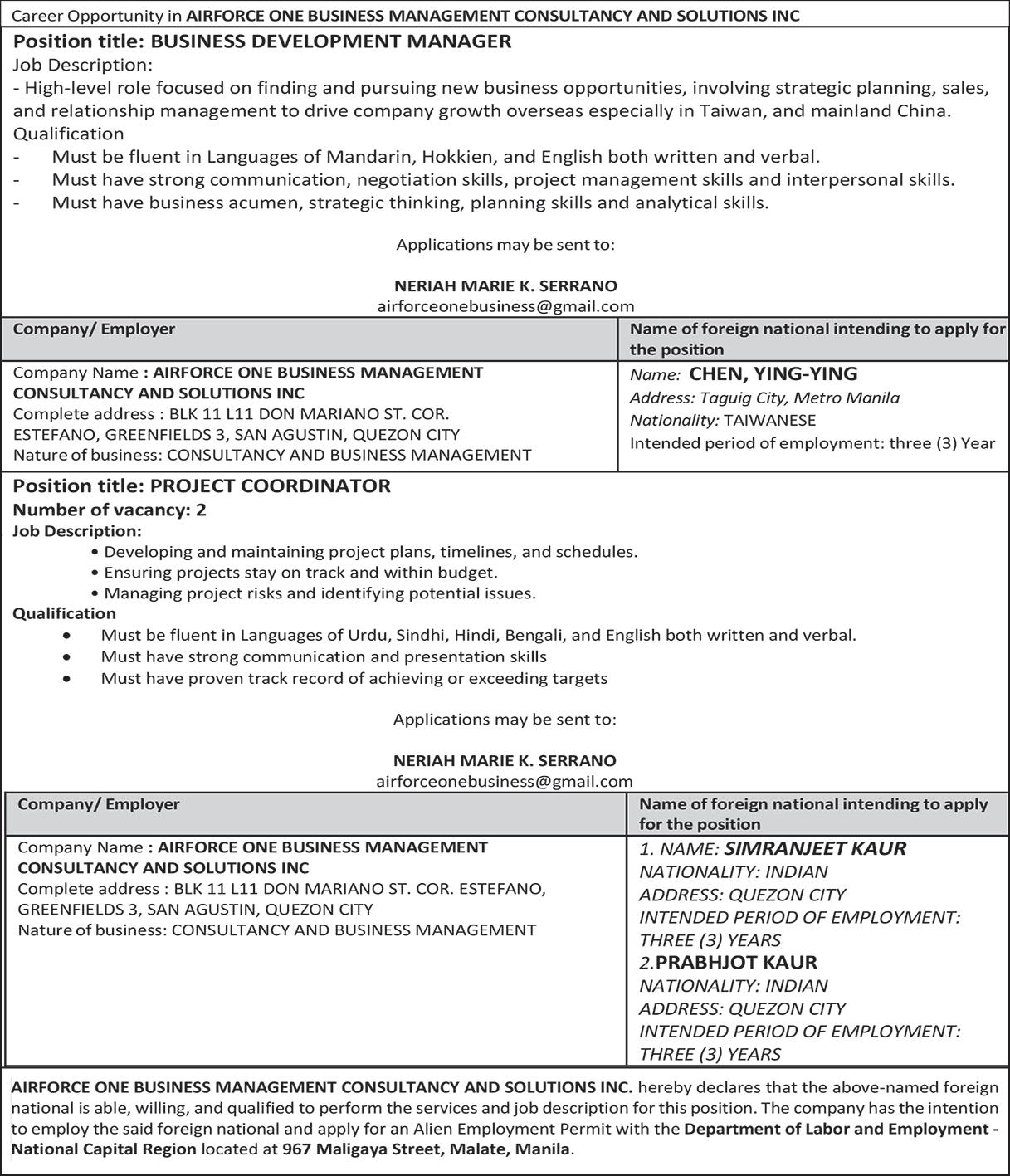
China shows off tech resilience in face of Trump export controls
By Bloomberg News
AS Donald Trump brandishes US export controls on technology as a bargaining chip to wrest supplies of rare earth magnets from Beijing, China is showcasing what it can do without the most advanced American semiconductors.
On a government-organized trip this month to Jiangsu and Zhejiang, two of China’s richest provinces that spawned AI darling DeepSeek, authorities lined up a host of executives from technology companies to meet with journalists from Bloomberg News and other media outlets. The message was ultimately one of defiance: China’s technology sector still aims at world dominance despite US curbs.
Take Magiclab Robotics Technology Co., a firm in the eastern city of Suzhou founded barely more than a year ago. Its president, Wu Changzheng, said it had independently developed more than 90% of the parts it uses to make humanoid robots. The rest consists of semiconductors and micro-controller units procured domestically and overseas, he said, adding that they don’t use US chips.
“China doesn’t have many weak links in this industry,” Wu said, as he demonstrated a human-sized robot destined for factory floors. He brushed off Trump’s recent ban on US firms exporting semiconductor design software to China, saying his robots only require “standard chips.”
Other entrepreneurs emphasized self-reliance over the fiveday trip with companies spanning bio-pharmaceuticals, humanoid robotics, AI and autos—all sectors pivotal to President Xi Jinping’s manufacturing ambitions. Many in China’s business sector have rallied around Xi’s government in the face of Trump’s tariffs and expanding US export curbs.
priorities,” al-Sharaa said in a speech broadcast Thursday, where he addressed the Druze people in Syria, promising to hold perpetrators of civilian killings to account.
But some rights groups accused Syria’s interim government of systematic sectarian violence, similar to that inflicted on the Alawite religious minority in the coastal province of Latakia in the aftermath of Assad’s fall as the new government tried to quell a counterinsurgency there.
Footage widely circulated on social media showed some of the carnage. One video shows a living room with several bodies on the floor and bullet holes in the walls and sofa.
In another, there are at least nine bloodied bodies in one room of the home of a family that took in people fleeing the fighting. Portraits of Druze notables are visible, smashed on the floor.
Searching for her husband
EVELYN AZZAM a Druze woman, is searching the Damascus suburb of Jaramana, trying to find out what happened to her husband, Robert Kiwan.
Last week, the 23-year-old Kiwan left home in Jaramana early as he does every day to commute to his job in Sweida.
He got caught up in the chaos when the clashes erupted. Azzam was on the phone with him as government forces questioned him and his coworkers. She heard a gunshot
Access to so many executives at once is typically difficult for foreign journalists in a country where media access is tightly regulated and company officials can be reluctant to speak freely for fear of reprisal.
The trip exemplifies Beijing’s desire to boost global investor confidence in its $19 trillion economy, which has been plagued by a property crash, deflation and now the US’s highest tariffs in a century. Although DeepSeek’s surprise AI breakthrough earlier this year proved China can innovate with a limited supply of chips, Beijing still faces difficulty catching the US while being denied access to Nvidia Corp.’s most advanced semiconductors.
On the press tour, the Chinese government mostly presented firms that don’t require top-tier chips such as AISpeech Co, which makes in-car AI-powered audio and video tools. For companies pioneering autonomous driving models or artificial general intelligence—systems that possess human-level cognitive abilities— accessing the latest chips is likely to be far more important.
Tiptoeing around sensitive topics like state subsidies, eight tech executives who addressed reporters throughout the trip downplayed the impact of a yearslong US campaign to curtail China’s technological ascent, emphasizing the country’s increased self-reliance as government officials listened attentively on the sidelines.
The executives spoke about how they are instead leveraging local advantages they consider disruption-proof, from a vast talent pool to supply chains walled off from the outside world.
Yu Kai, AISpeech’s co-founder and chief scientific officer, said the company has hired more than 700 people in research centers in See “China,” A13
when one of the coworkers raised his voice. She heard her husband trying to appeal to the soldiers.
“He was telling them that they are from the Druze of Sweida, but have nothing to do with the armed groups,” the 20-year-old Azzam said.
Then she heard another gunshot; her husband was shot in the hip. An ambulance took him to a hospital, where she later learned he underwent an operation. But she hasn’t heard anything since and doesn’t know if he survived. Back in the US, the Syrian-American said he was relieved that his family is safe but the video of his friend’s family being gunned down in the street filled him with “disbelief, betrayal, rage.”
He said his family and friends protested against Assad, celebrated his downfall and wanted to give al-Sharaa’s rule a chance. He said he hadn’t wanted to believe that the new Syrian army—which emerged from al-Sharaa’s insurgent forces—was made up of Islamic militants.
But after the violence in Latakia and now in Sweida, he sees the new army as a “bunch of militias...with a huge majority being radicals.”
“I can’t imagine a world where I would be able to go back and integrate with these monsters,” he said.
Chehayeb reported from Beirut.
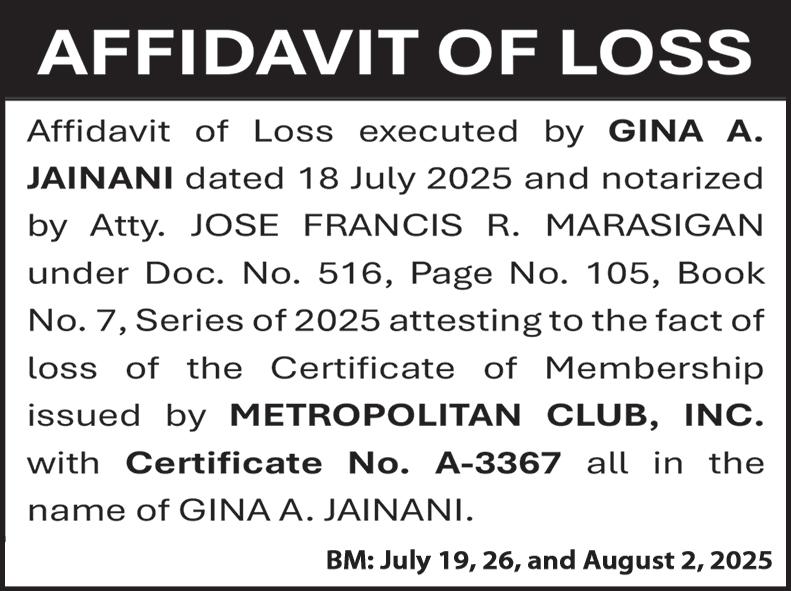
G-20 finance ministers meet amid global trade war tensions: Can they reach a consensus?
By Erica Yokoyama, Kamil Kowalcze & Antony Sguazzin
AS some of the world’s most powerful finance ministers meet at a beach-side resort in South Africa, this year’s Group of 20 host is trying to keep its agenda on course.
A global trade war, initiated by US President Donald Trump, and the acrimony it has wrought between major economies means that the group is struggling to keep its focus on South Africa’s stated aims, which include debt relief, sustainable finance and reforms to the world’s development-finance institutions.
That’s all complicated by the fact that the US, the world’s biggest economy, hasn’t sent its top officials to the events in South Africa this year, even though it’s due to take over the presidency of the group at the end of November.
“My hope is that we must have an agreement and emerge with a communique tomorrow,” South African Finance Minister Enoch Godongwana said in an interview with Bloomberg TV’s Jennifer Zabassaja. “It has been a difficult period.”
Beijing and Suzhou, after starting off with fewer than 10 people developing an algorithm in Cambridge. It has set up a subsidiary in Shenzhen for its proximity to smart equipment manufacturing and also runs a unit in southern China to produce software for cars built by a local auto-making partner. Illustrating the deep concern in Beijing on US tech controls, Xi
Continued from A12
ports that have the technology to do so. Over the years, airports worldwide have adopted some aspects of security screenings faster or differently than others. But travelers could be confused if they’re able to bring a full-size bottle of shampoo or lotion when flying out of one airport, for example, but not on their return trip home.
A European official separately voiced optimism that outstanding points of contention over communique language had been resolved and they expect it to be agreed on Friday.
Achieving a communique— rather than a chairman’s summary that was all South Africa could show from its two previous finance meetings—would be a significant statement of consensus from the G-20 if Godongwana can get agreement amid the shock waves radiating from Washington. By imposing trade tariffs globally, scorning South Africa’s G-20 motto of “solidarity, equality and sustainability” and pulling billions of dollars in funding for climate finance and international aid, the US is testing a multilateral order that’s dominated global politics since the end of World War II.
A communique would be “a
has restricted China’s rare earth magnets in recent months in a bid to unwind some of Trump’s recent export curbs. US Commerce Secretary Howard Lutnick said last week that the US and China signed a document to codify trade terms reached last month in Geneva, including a commitment from Beijing to deliver rare earths used in everything from wind turbines to jet planes.
China’s economic stamina was a common theme of the trip that began in Nanjing, a city in Jiangsu where researchers publish three
“The devil is going to be in the details,” Harteveldt said. “That’s why the rollout plan will be absolutely critical.”
Harteveldt says a more streamlined process could make travelers less stressed, but others—including flight attendants and pilots who are in the skies more frequently—may object and question whether airport security is being compromised. Still, Harteveldt says he doesn’t believe the TSA would make this change if the agency “didn’t feel it was authentically, truly safe.”
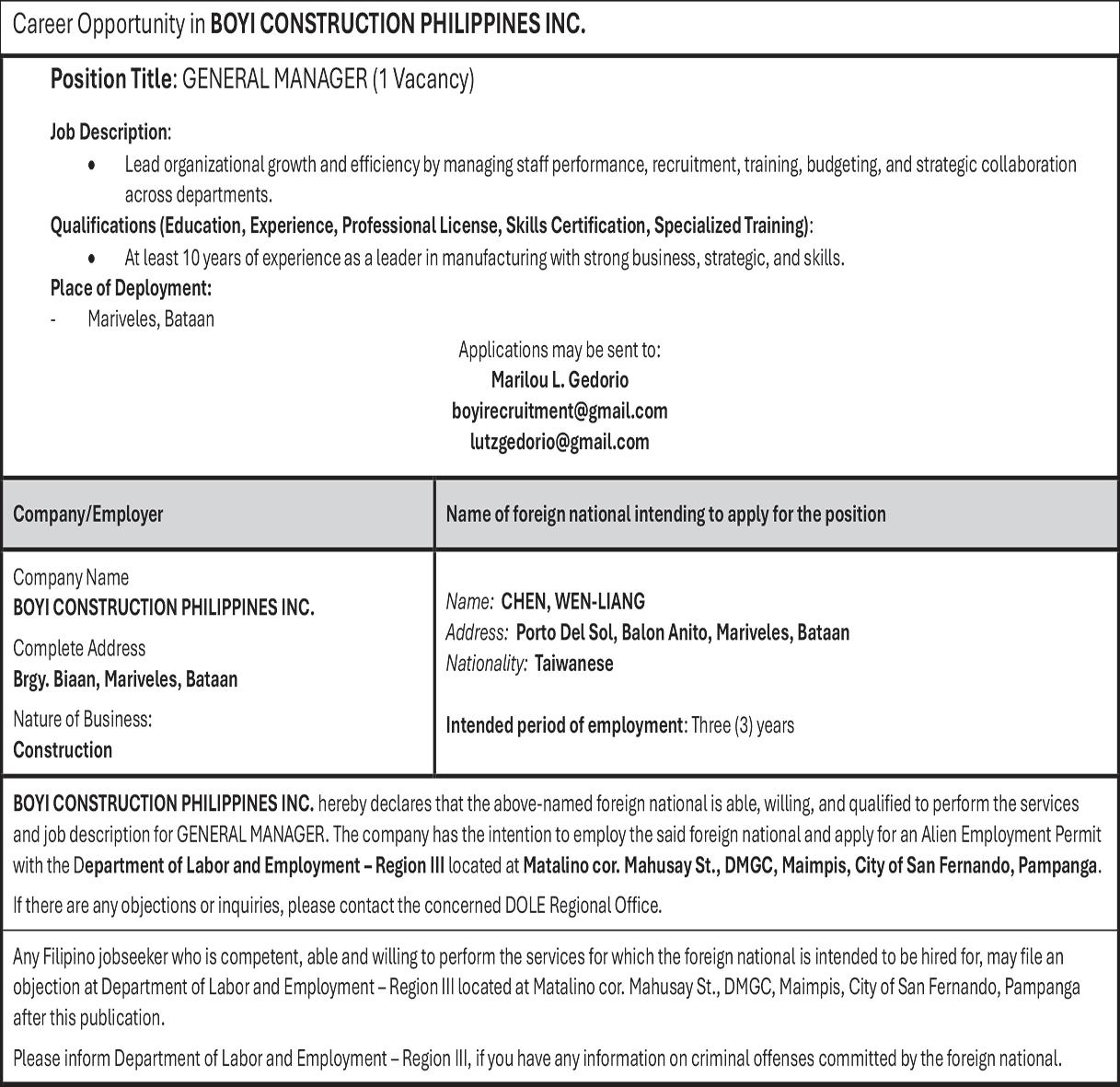
strong signal that multilateralism is still alive,” Haoliang Xu, acting administrator at the United Nations Development Programme, said in an interview. “While it may not be in full health, it’s alive.”
With near-daily announcements out of the White House disrupting global markets, there has been little room to discuss longer-term goals.
“These differences we see on tariffs and trade are not helpful for those efforts and these are extremely demanding and difficult issues,” Norwegian Finance Minister Jens Stoltenberg told Bloomberg. “A lot of energy and effort is now going into these trade issues and the capacity to find a consensus is limited.”
A Japanese finance ministry official said many countries noted that market stress had eased and risks to the global economy have not materialized as expected, while cautioning that ongoing uncertainty means that vigilance is still necessary.
The turmoil has dented attendance by top officials at the event in a lush, tropical estate on the outskirts of Durban, South Africa’s third-biggest city, where delegates can gaze at the Indian Ocean and watch vervet monkeys clamber across rooftops.
In addition to US Treasury Secretary Scott Bessent, notable ab -
times more scientific papers than those in New York. Ferried by two buses, dozens of journalists went to Suzhou and neighboring Zhejiang province by high-speed train, as the focus of discussions shifted more to the development of green technologies.
There’s debate in China over how it matters to access stateof-the-art chipmaking machines, and Nvidia’s most-advanced AI accelerators. Ren Zhengfei, the founder of Huawei Technologies Co., recently said Chinese firms can adopt means such as chip
What of expedited security lines?
IF shoe regulations disappear and liquid restrictions are eased, the effects could ripple into the TSA PreCheck program, in which passengers submit information like their fingerprints and the agency prescreens them for any red flags. By giving the agency this information, the traveler then gets some benefits not available to other travelers—a special line to go through and the ability to keep their computers in their bags and
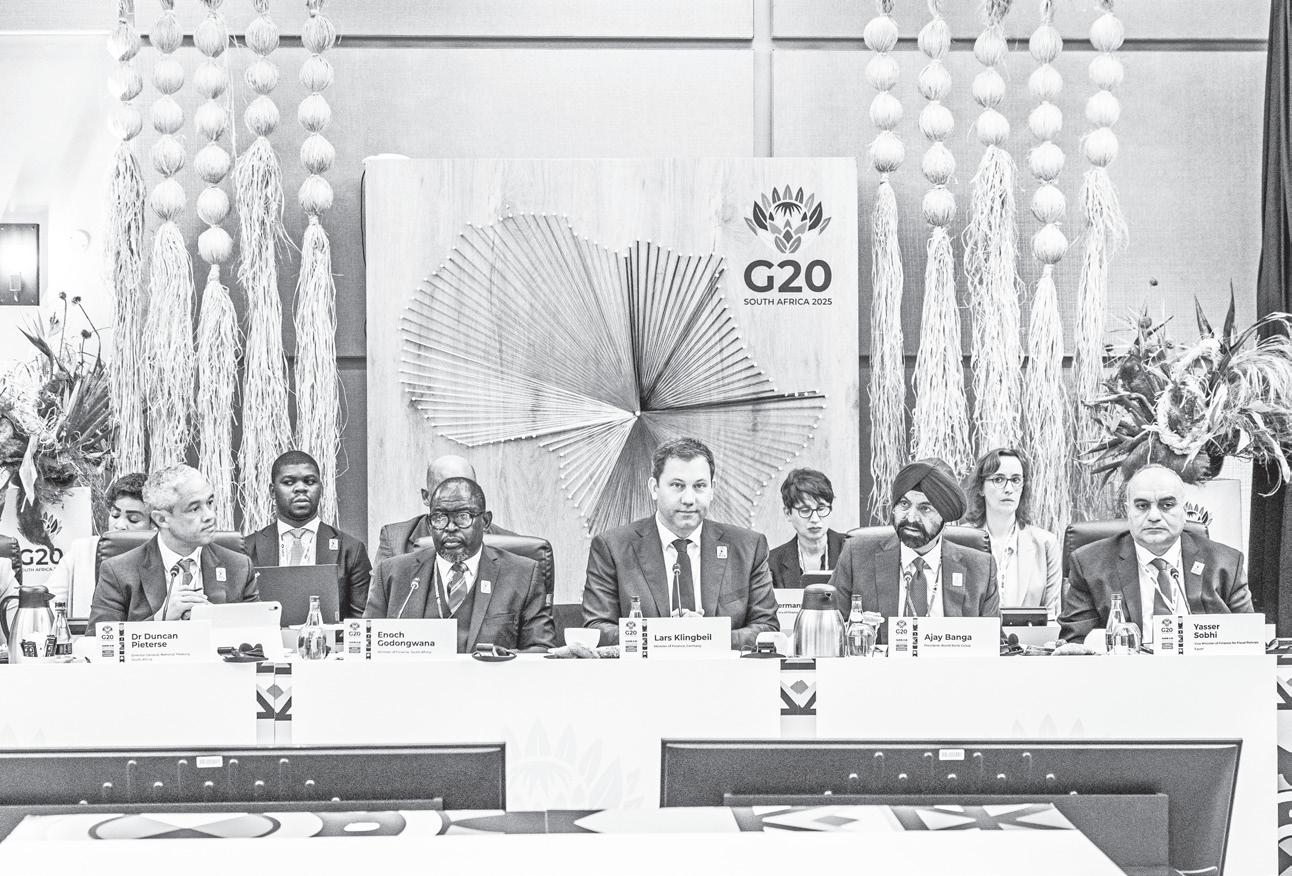
sentees included French Finance Minister Eric Lombard and his Argentinean and Australian counterparts, Luis Caputo and Katy Gallagher. A number of other national finance heads also skipped the event.
Still, sources from several delegations, who spoke on the condition of not being identified to discuss private deliberations, said there was agreement on a number of matters that will be covered in the final statement, including the treatment of debt and infrastructure.
“Despite the challenges around the tariff situation, I feel that people today in the discussions,
stacking to get results similar to the most cutting-edge semiconductors. Beijing also blocks most AI services from US rivals, meaning domestic players don’t have to compete against American leaders.
China has to put on a display of “confidence and window dressing” after years of tech curbs, according to Julian Mueller-Kaler, director of the Strategic Foresight Hub at the Stimson Center in Washington. High-end chips for AI data centers, for example, can be replaced with less capable models,
their shoes on, for example.
But if those benefits become more widely available to all passengers, will fewer people sign up for PreCheck?
“What is the impact on now both shoes and liquids going to have on TSA PreCheck enrollment?
That is the million-dollar question,” Jeffries said. “And if I was still with TSA, I would be watching that closely over the next 12 to 18 months.”
While the prospect of increasing the current liquid limit could
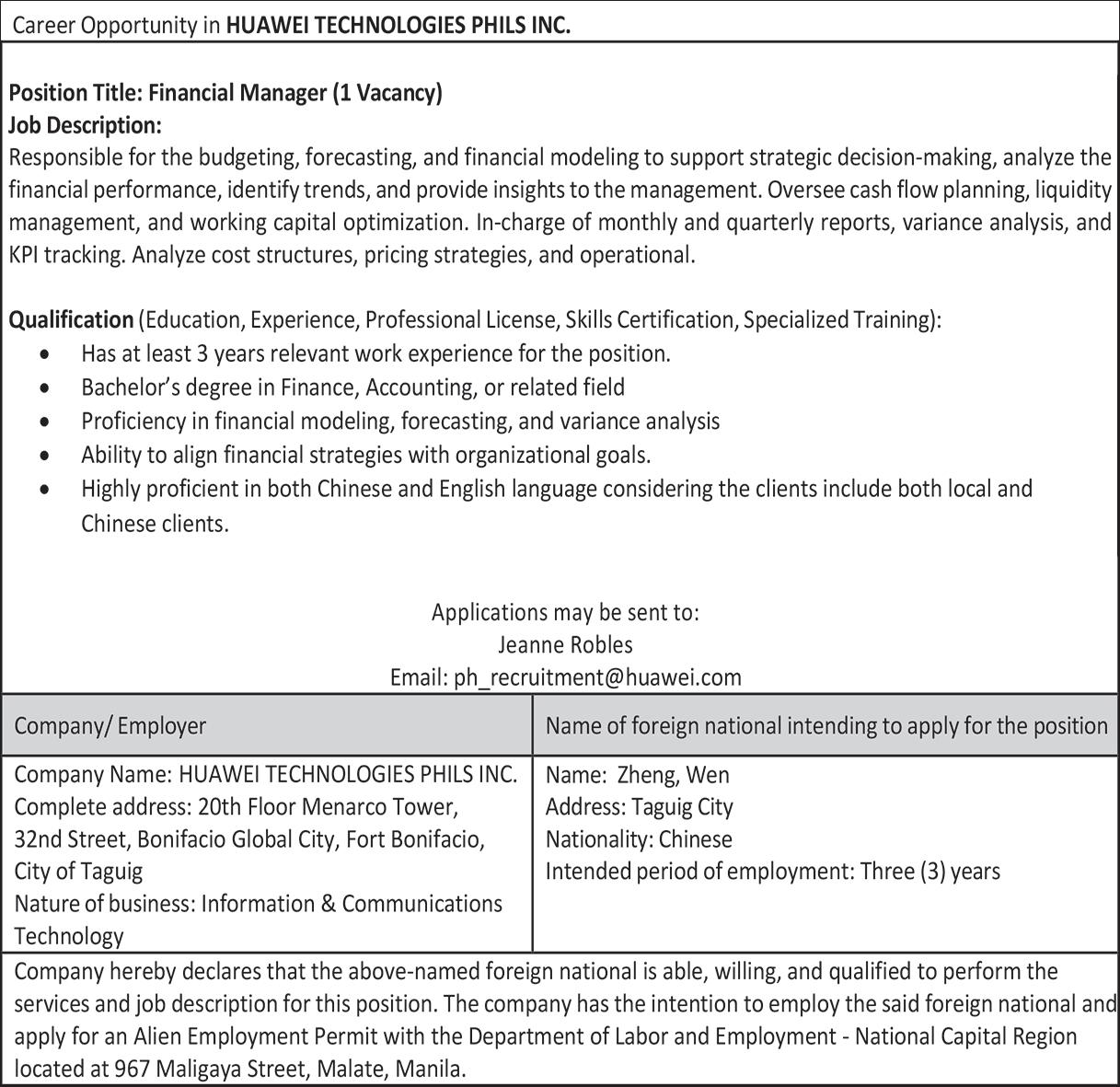
we know there are differences but there is a lot we can do together,”
Canadian Finance Minister Francois-Philippe Champagne told Bloomberg when asked if there would be a communique.
Sticking points
SOUTH Africa’s Godongwana said that sustainability finance and global trade imbalances were the key sticking points.
“The US has taken view on climate change, on climate finance and all of those issues and therefore bringing that stuff into the debate at the G-20 created a difficult task for us,” he said. Also, the Chinese delegation sees
at the expense of more energy usage, he said.
“The reason the Chinese didn’t really retaliate that much after the chips restrictions a few years ago is Beijing actually likes them, to a certain degree,” he said. “It forces Chinese companies to develop their own capabilities and reduce the reliance on American tech— a political goal Chinese decisionmakers had for a long time but was hindered by economic realities.”
Still, for all the savvy on display, few companies will emerge unscathed from deteriorating ties
be a welcome change for many US travelers, some experts say that the tech isn’t available in enough airports yet. Current X-ray machines used at most airports today have a difficult time distinguishing between different types of liquids, says Jeffrey Price, a professor of aviation at Metropolitan State University of Denver.
That’s key, he explains, in determining whether something is harmless or potentially explosive.
While newer computed tomography scanners are better
references to “global imbalances” as references to Beijing, which is a “major issue,” he said.
There is agreement on many matters, said three people familiar with the South African government’s thinking. But it aims to build on the G-20 meetings of recent years rather than trying to break new ground, because there is still much to be implemented from earlier agreements, they said.
Too timid
THAT approach has attracted some criticism from activists.
“We need to see the level of boldness raised substantially,” said Jenny Ricks, general secretary at the Fight Inequality Alliance. “You cannot be held to ransom by one of the members of the G-20. Even though of course they are economically, politically the most powerful member.”
Still, Godongwana remained optimistic that participants will reach an agreement.
While the US didn’t send its top officials, those who came have “a clear mandate” to speak on behalf of their government, he said. “We are closer to making a deal and achieving a consensus that will emerge as a communique,” he said. “I suspect” a communique will emerge, he added. With assistance from S’thembile Cele, Jennifer Zabasajja, Ntando Thukwana and Matthew Hill/Bloomberg
with the US. Some executives on the trip mentioned they were feeling the pain as Trump’s America First policy seeks to limit US investment in China’s high tech sectors.
“The impact on financing is significant,” said Zhang Jinhua, chairwoman of IASO Biotechnology Co., which makes a life-saving cancer treatment. “I tell my team to stop asking when this winter ends. We must treat winter as the four seasons and adapt to prolonged uncertainty.” With assistance from Saritha Rai, Jessica Sui and Luz Ding /Bloomberg
and have begun making their way to airports, Price said in commentary published last week that it could take “another decade or more” before the newer machines are deployed at all US airports.
“This is an issue that needs to be studied much more carefully than the policy to leave your shoes on,” he said in an e-mail Thursday.
The Associated Press editor Elaine Kurtenbach in Bangkok contributed to this report.
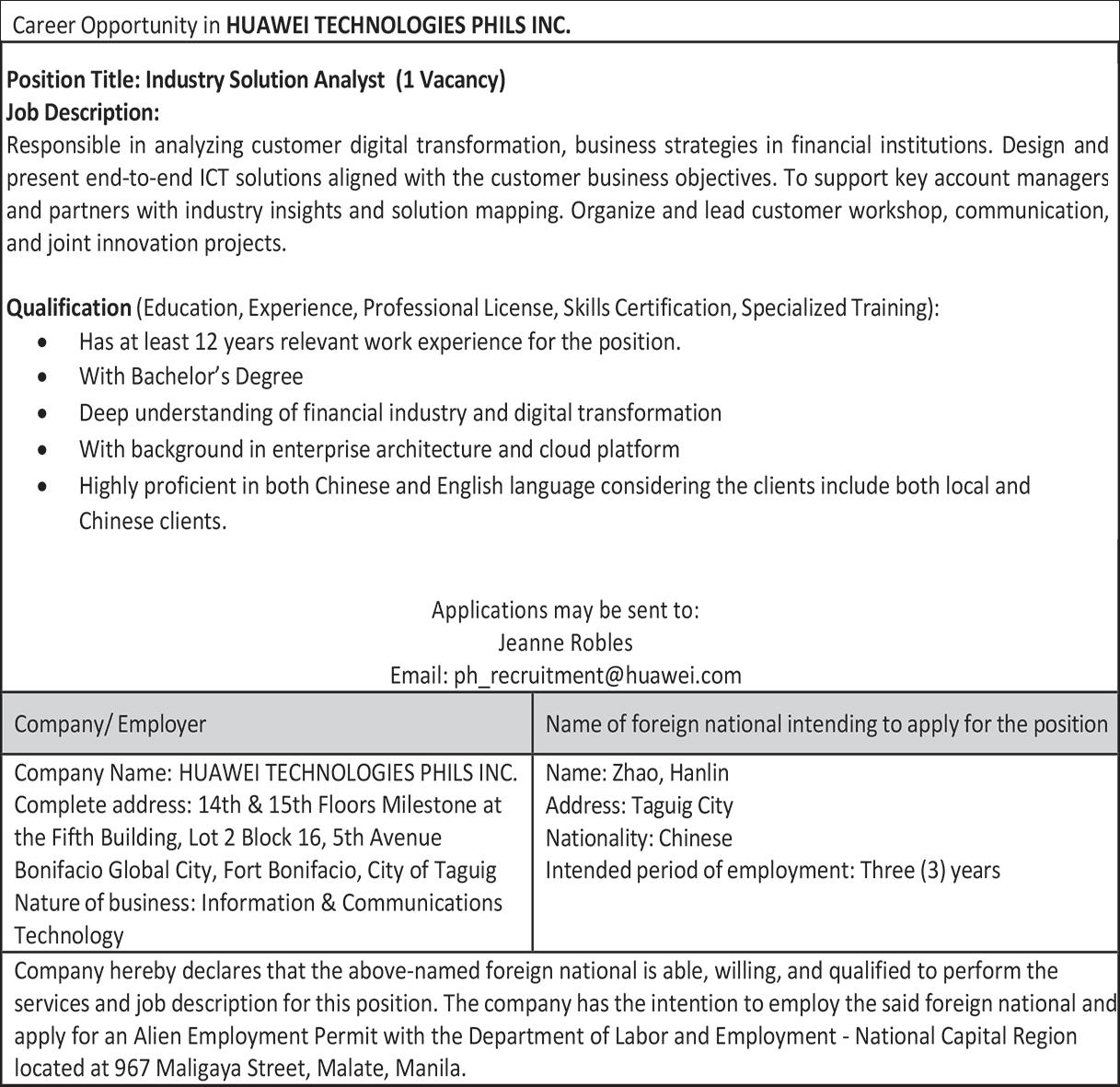
THE US absence looms large as G-20 finance ministers gather in South Africa. BLOOMBERG
Pacquiao aims to dictate pace early against Barrios
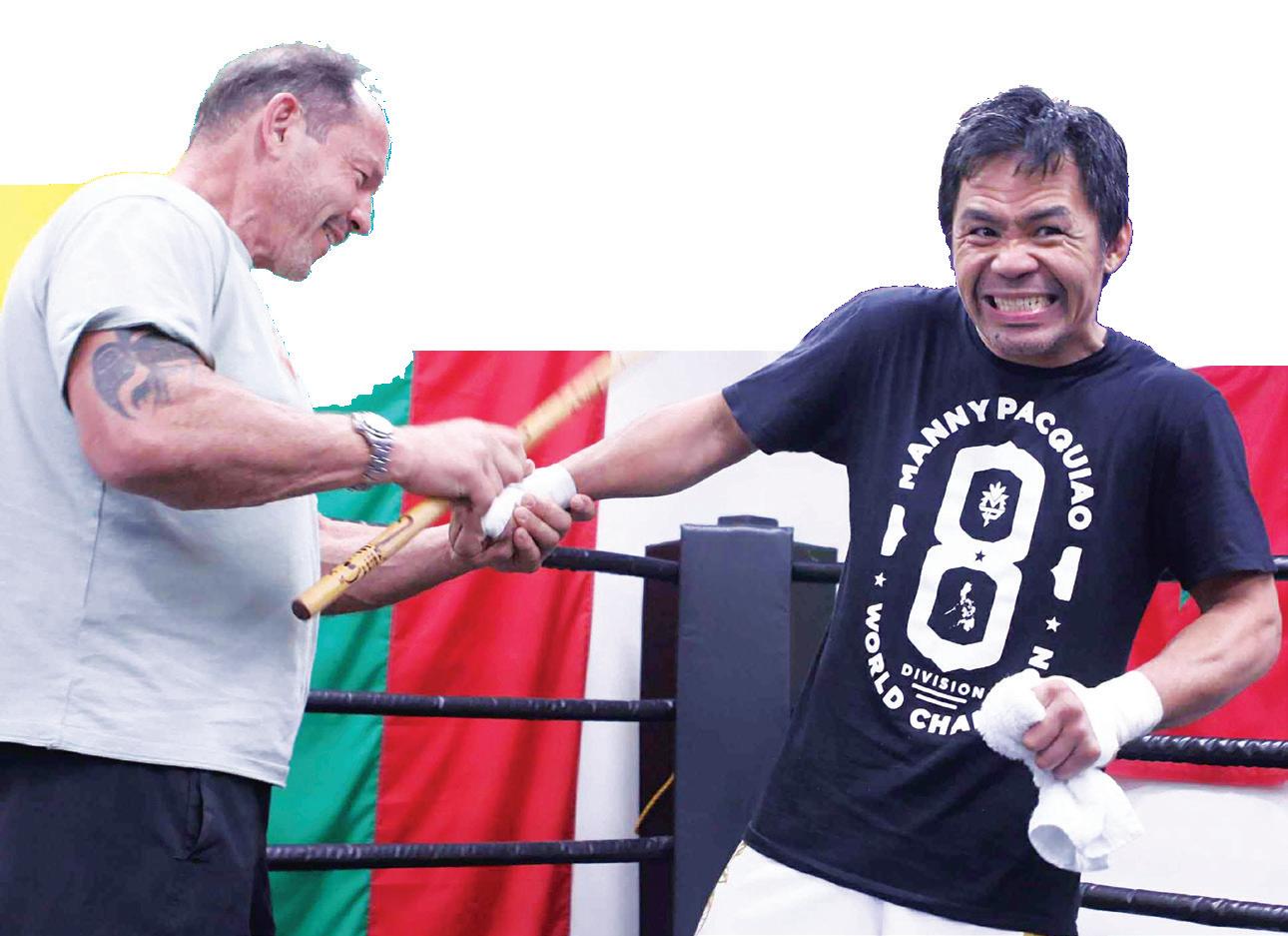
By Josef T. Ramos
Lstatement in that first round, I believe that would dictate what is happening the rest of the fight,” Sean Gibbons told the media.
“I think the other way is for Pacquiao to show Barrios ‘hey I am Manny Pacquiao, an eight-division world champion.’ There is no pressure on Manny, but all pressure is on Barrios,” Gibbons, president of Manny Pacquiao’s MP Promotions, added.
Pacquiao, 46, says he feels ready to go and is eager to deliver another fine performance for the fans.
Pacquiao. If you look at how he fought Marquez then look at how he fought Thurman, it was completely different. Very unpredictable,” he added. “Pacquiao has 70 fights or so. That is our disadvantage, he has so much experience. He can fight in many ways.”
“That is the challenge.”
Magsayo battles Cuellar FORMER world champion Mark Magsayo goes for another solid performance in his second fight under Manny Pacquiao’s card as he takes on Mexico’s Jorge Mata Cuellar in a super featherweight bout.

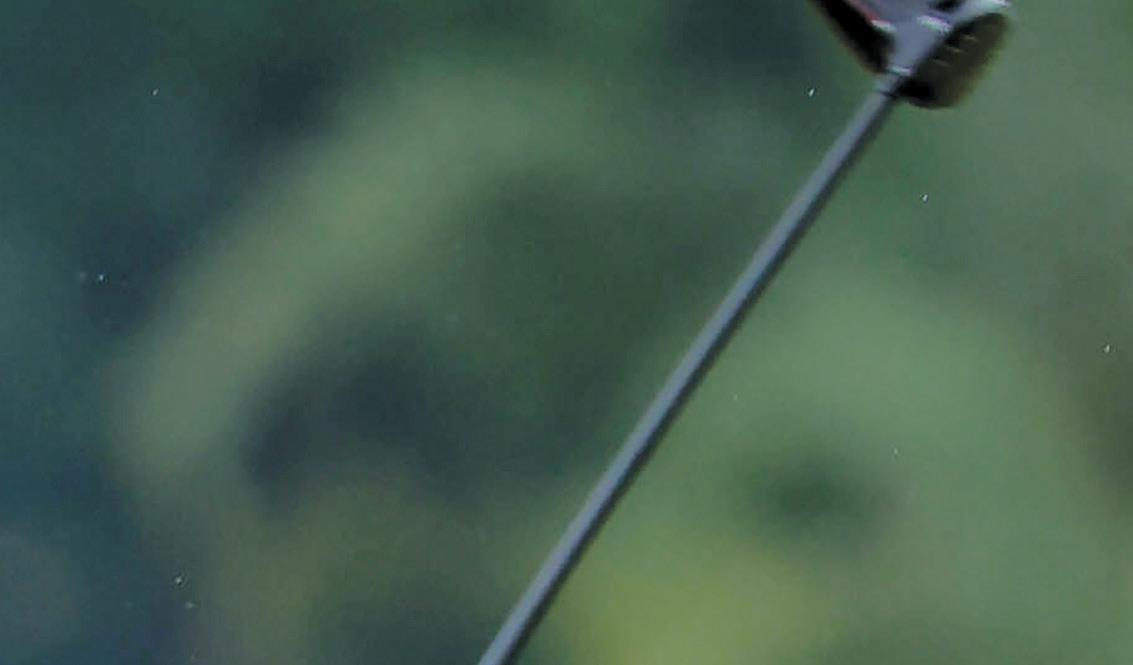
Back as a headliner, MP looks to return to champions’ circle
AS VEGAS—Filipino ring icon Manny Pacquiao looks to set the tone of the fight as he seeks to dethrone World Boxing Council (WBC) welterweight champion Mario Barrios on Saturday (Sunday in Manila) at the MGM Grand Garden. In Pacquiao’s last professional win six years ago, the Filipino ring icon delivered a stunning first-round knockdown en route to a split decision victory over Keith Thurman at the same venue and he became the oldest welterweight champion at 40. Pacquiao’s camp is expecting a similar outcome as he squares off against a fighter who is more than six inches taller, 16 years younger, and boasts a four-inch reach advantage.
“We are here to entertain the fans, and no boring fight. I want to make everybody happy,” Pacquiao (62-8-2 win-loss-draw record with 39 knockouts) said. “But there will be surprises, surprises that I always do whenever I fight.”
Barrios, 30, from San Antonio, Texas, said he was a big Juan Manuel Marquez fan growing up.
“I think it could be two ways. It could be the Keith Thurman fight where it changed the whole outlook of the fight. If Manny [Pacquiao] can make a major
UP’s Buenaventura, La Salle’s Lua top Intercollegiate Tour
NIVERSITY of the Philippines
U(UP)-1’s Joshua Buenaventura carded a three-under 69 to capture the men’s individual crown in Friday’s opening round of the International Container Terminal Services Inc. Intercollegiate Tour in at the Royal Northwoods Golf Club in San Rafael, Bulacan.
Buenaventura also led UP-1’s victorious team effort as he combined with Miggy Roque’s 77 to post a 146 aggregate and power the Diliman-based squad to the men’s team title in the first leg of the four-stage series, which culminates in the grand finals set September 23 to 25 at Splendido Taal.
Emilio Carpio also turned in a 77 for UP-1 but didn’t count in the threeto-play, two-to-count format.
De La Salle-1 took second in team play with a 150 total, led by Zachary Castro’s 71 and Jose Lorenzo Flores’ 79, while Ateneo-2 placed third with a 151 behind Ricardo Joson’s ace-boosted 73 and Matthew Mendoza’s 78. “It’s all about practice and hard work,” said Buenaventura,
And Barrios’ handlers look to pull off what Mexican fight legend Juan Manuel Marquez did in 2012 when he knocked Pacquiao out cold in the fourth round.
“We watched a lot of MarquezPacquiao fights obviously for this fight,” Bob Santos, the trainer coach of Barrios, said.
“That is the thing with Manny
“I trained silently, more focused, and stayed in the house for fewer distractions,” the 30-year-old Magsayo (27-2 win-loss record with 18 knockouts) told BusinessMirror during the undercards presser.
Magsayo came up with a remarkable performance in the undercard of the Manny Pacquiao-Yordenis Ugas bout in August 2021 when he knocked out Mexican Julio Ceja at the T-Mobile Arena.

20. “My iron play and putting were the highlights of my game, especially since I wasn’t driving particularly well today.”
In the women’s division, De La Salle1’s Julia Lua overcame a rollercoaster round of 84 to edge UP-1’s Adrienne Manhit (87) by three strokes and become the inaugural women’s individual champion of the tour, developed by the Pilipinas Golf Tournaments Inc. and the Philippine Golf Foundation to deliver elite-level play for varsity and independent entries.
Ateneo-1’s Monique Mendoza finished third with an 89. Lua, 19, hit her fairway woods well to salvage the round, saying, “I relied on them a lot to save my score throughout the round.”
She also emphasized adaptability amid shifting weather conditions: “The key was really adjusting to the course. The rain came on and off, and the wind picked up at times, so I had to stay flexible and make adjustments as much as I could.” Lua echoed Buenaventura’s sentiment on the inter-campus atmosphere.

“The campus battle is definitely exciting. It’s fun to see how other teams match up against ours. It’s great to see so many women playing well—the competition is really strong.”
Lua had previously ruled the tour’s soft launch at Sherwood Hills last month, while Buenaventura tied for third, both proving their readiness for high-stakes competition.
But it was Ateneo-1 that clinched the women’s team title, with Mendoza and Simi Tinio turning in rounds of 89 and 90 for a 179 total—seven strokes ahead of La Salle-1’s Lua and Janine Yusay, who combined for a 186.
LAS VEGAS—
Manny Pacquiao insisted he was back, and from a purely technical standpoint, he was correct. Back in the ring. Back as a headliner.
But back to what he was when
Pacquiao was one of the planet’s most domin ant fighters, building a massive fanbase and a goldstandard resume that put him in the International Boxing Hall of Fame last month? That is the real question.
He will get a chance to answer it Saturday night when the 46-year-old from the Philippines will try to take the World Boxing Council welterweight belt from Mario Barrios.
“It

It will be Pacquiao’s first fight since losing by unanimous decision to Yordenis Ugás nearly four years ago— his last victory occurred in 2019, a split decision over Keith Thurman.
“Saturday night, it’s going to be a great fight,” Pacquiao said. “It’s been a while that I’ve been out of the ring, but I’m still active and exercising all the time. I’m going to prove to everyone that I’m in great condition.
is will be revealed Saturday night.

“I’ve been enjoying training camp like I did in the past, just like when I was 26 years old. The discipline is still the same. Even with my layoff, my passion is still there.”
Barrios, a 30-year-old from San Antonio, is a -275 favorite at BetMGM Sportsbook to spoil Pacquiao’s return.
But he needs to bounce back from a split-decision draw on November 15 against Abel Ramos that dropped his record to 29-2-1, 18 wins by knockout.
“Manny is one of a kind,”
Barrios said. “He’s not an easy style to copy in training camp. We’ve gotten a lot of different southpaw looks, so I’m
“I’ve been a challenger many times and it’s always the same feeling,” Pacquiao said. “I’m excited to take the belt. He’s a good fighter also, but our job is to entertain the fans. We’re going to give them a real fight.” In the co-main event, WBC super welterweight champion Sebastian Fundora (21-1-1, 14 KOs) will face Tim Tszyu (25-2, 18 KOs). Fundora emerged with a split-decision victory over Tszyu on March 30, 2024. The WBO stripped Fundora of his belt for taking the rematch rather than face mandatory challenger Xander Zayas.
“It doesn’t matter what happened in the first fight because we have the second fight coming up,” Fundora said. “Tune in Saturday, because it’s going to be another great war.”

LAS VEGAS—Philippine Olympic Committee (POC) president Abraham “Bambol” Tolentino and secretary-general Atty. Wharton
Chan are in town to cheer for Manny Pacquiao and the other Filipino boxers fighting in the undercard on Saturday (Sunday in Manila) at the MGM Grand.
Birds of prey circled overhead as the riders suffered below.
Pogačar made his move with 11.8 kilometers remaining with help from UAE teammate Jhonatan Narváez, who looked over his shoulder and allowed Pogačar to accelerate past. Vingegaard initially gave chase but couldn’t keep up with his rival, who overtook French rider Bruno Armirail for the lead with 11 kilometers to go for his 20th stage victory—third in this race. “I was just looking forward for today. And then all the people were all the time coming to me and saying, ‘Oh yeah, this is the revenge time,’ and blah blah blah. And then when we approached the bottom of the climb, it was just a reverse story of a few years ago,” said Pogačar, a 26-year-old Slovenian. AP
They visited the Knuckleheads gym of MP Promotions president Sean Gibbons, where the Filipino boxers are making their final preparations for the weekend’s big event.
“We’re very thankful to Sean [Gibbons] and Manny Pacquiao for taking care of our Filipino boxers who fight for the pride of our country,” Tolentino said. “We may collaborate in the future for a potential representation in the Los Angeles Summer Olympics in 2028.”
“But we will ask permission first to Sean Gibbons if we find some potential talents from their promotions since professional boxing is allowed in the Olympic,” he added. Middleweight Eumir Felix Marcial, bronze medalist at the
Tokyo 2020 Olympics, welcomed Tolentino at the gym. Marcial, undefeated in five pro fights with three knockouts, battles American Bernard Joseph in an eight-rounder in the undercard of the Pacquiao-Mario Barrios title fight, while Mark “Magnifico” Magsayo squares off with Jorge Mata Cuellar of Mexico in a super featherweight duel.
“We are praying that Pacquiao, Marcial and Magsayo will win and be safe in their respective fights. We will be watching them live to show our support,” Tolentino said. “Sean’s son, Parker also welcomed us here, they’re incredibly happy to see us.” Tolentino also met middleweight prospect Weljon Mindoro, former world super flyweight champion Jerwin Ancajas, bantamweights Vincent Astrolabio and Jonas Sultan, and super bantamweight Carl Jammes Martin.
“We brought them some box of sardines from Zamboanga City,” Tolentino said. “It was good to see them.” Josef Ramos
TADEJ POGACAR notches his third win of this Tour and 20th overall. AP
MANNY PACQUIAO trains with strength and conditioning coach Justin Fortune. JHAY OTAMIAS
PHILIPPINE Olympic Committee president Abraham “Bambol” Tolentino (second from left) and secretary-general Atty. Wharton Chan (center) with Jerwin Ancajas, Eumir Felix Marcial, Wharton Chan, Jhack Tepora, Jonas Sultan, Vincent Astrolabio and coach-trainer Joven Jimenez at the Knuckleheads gym in Las Vegas.
